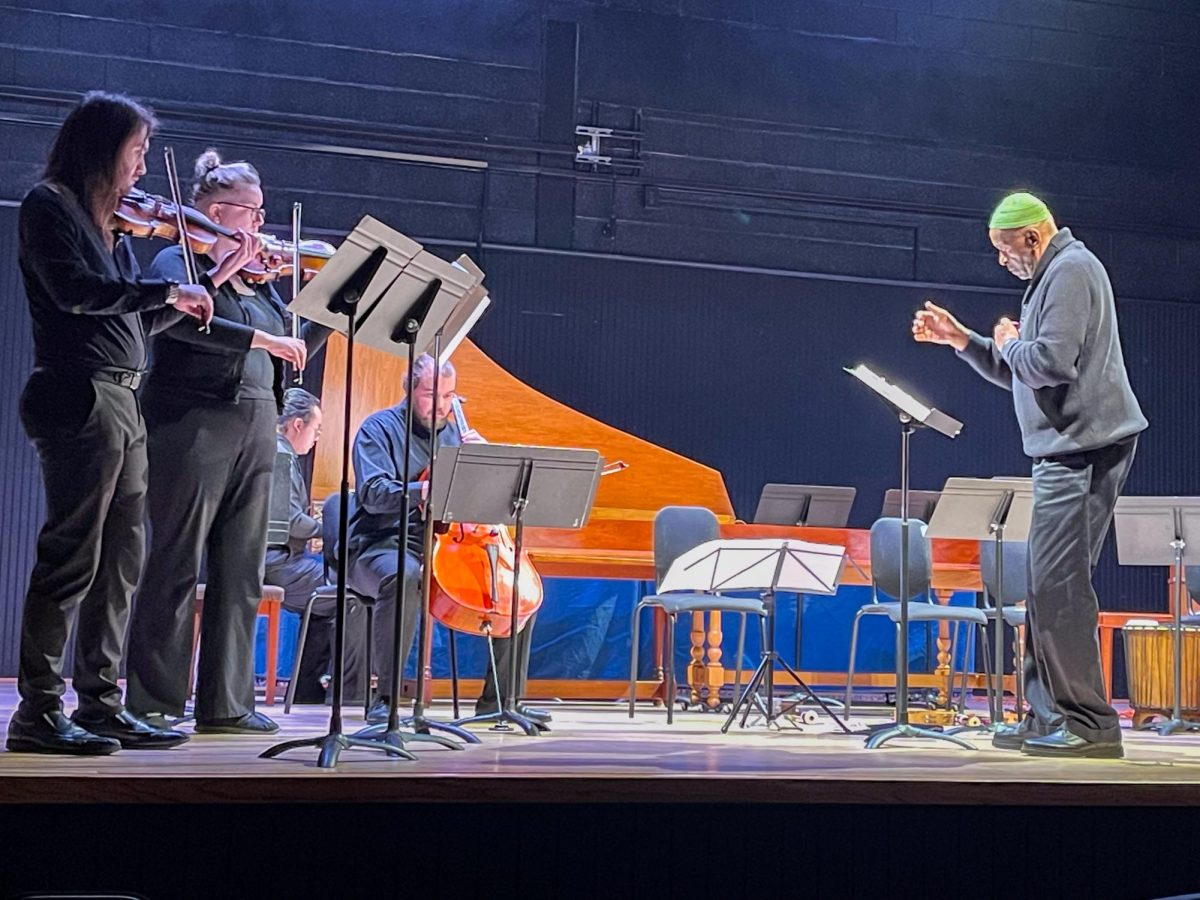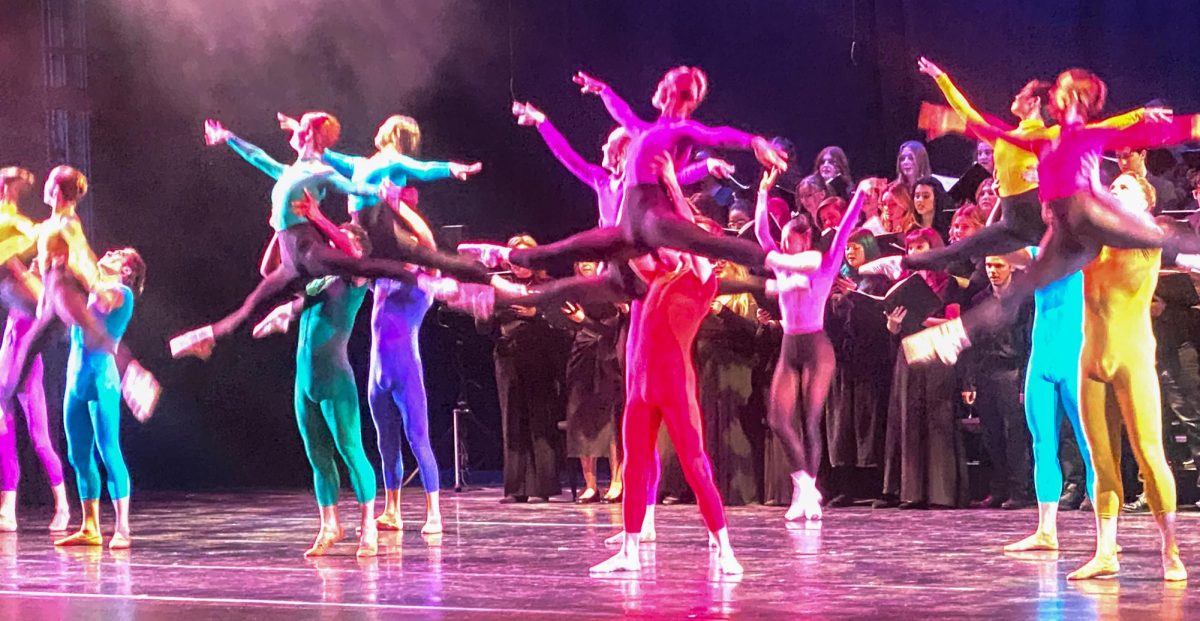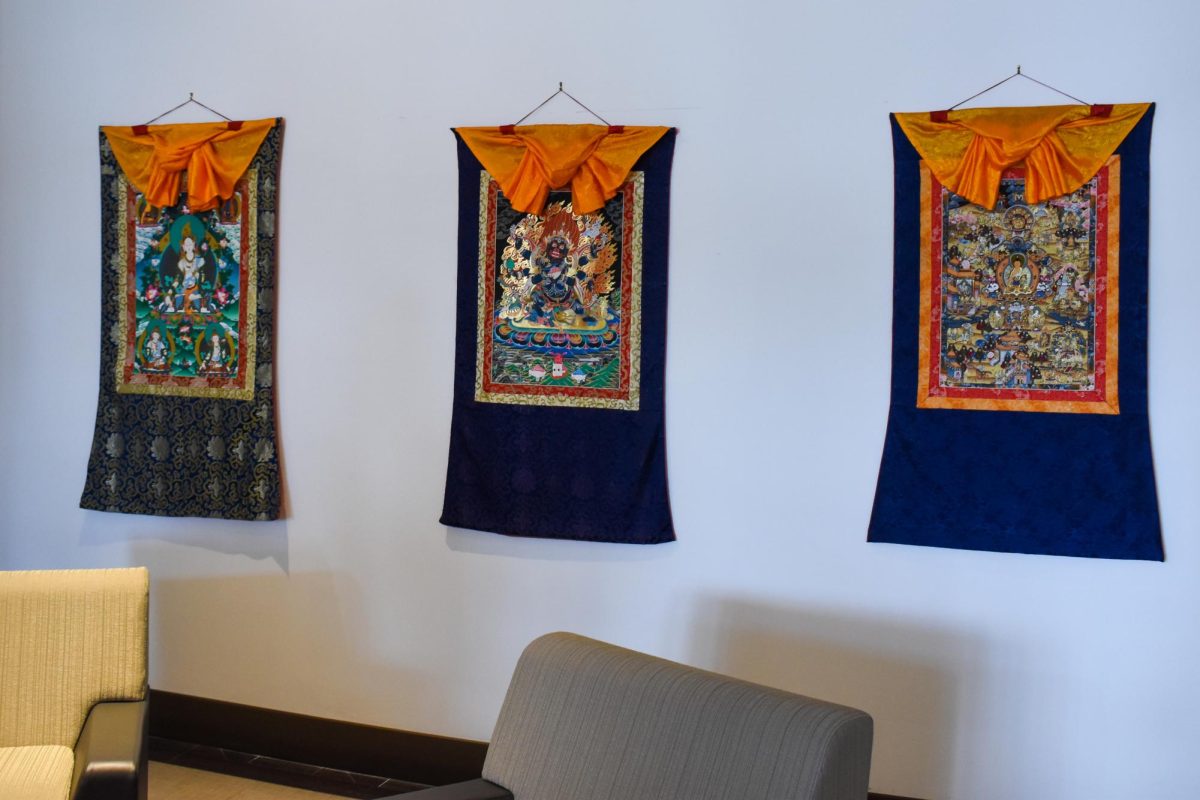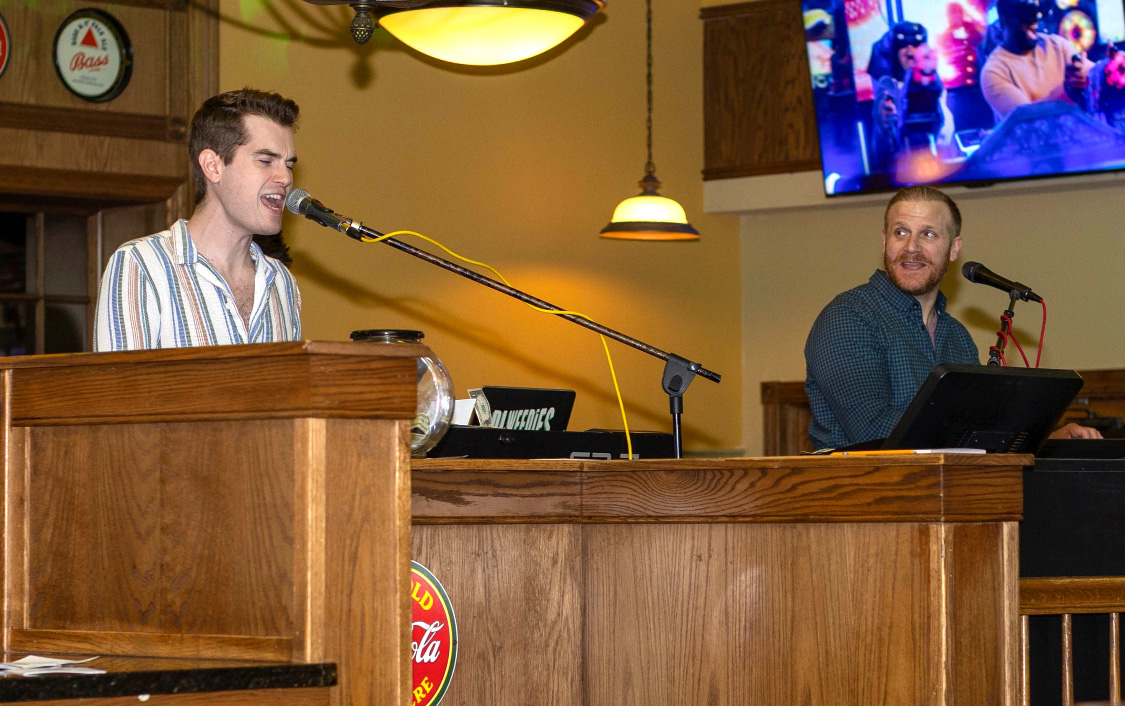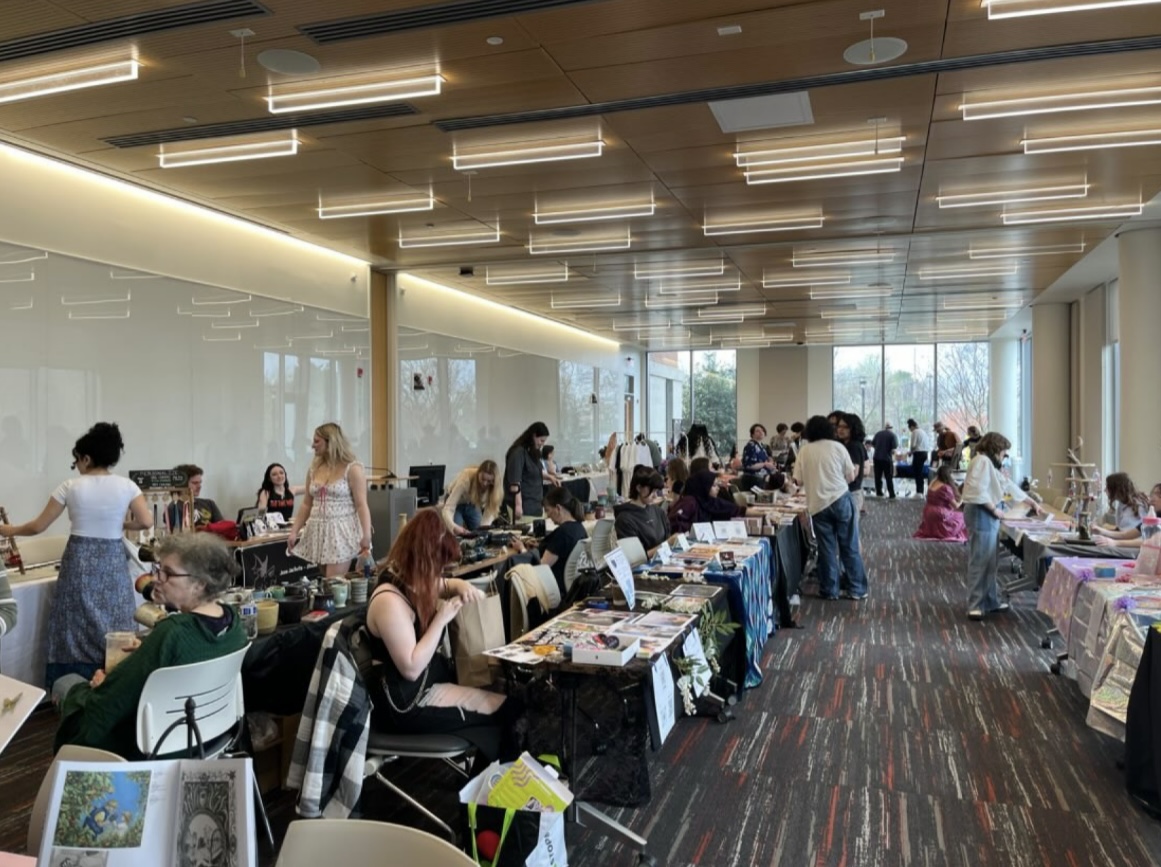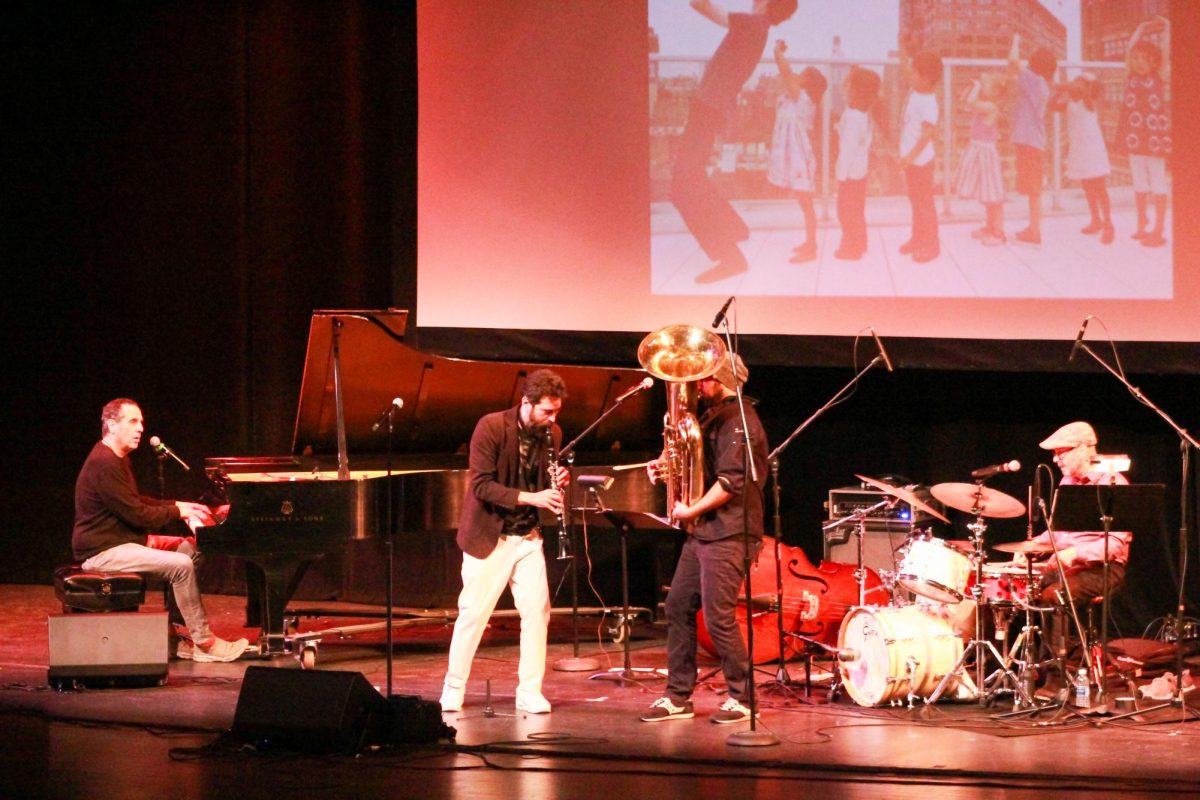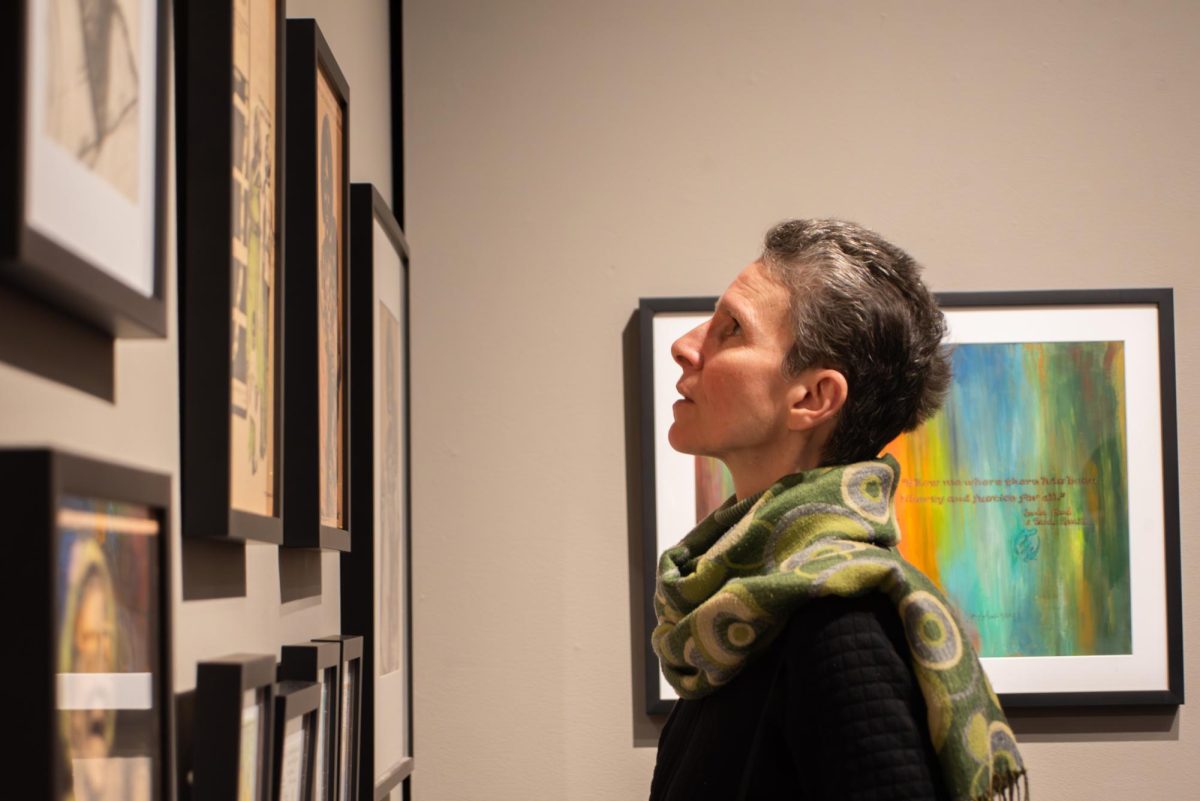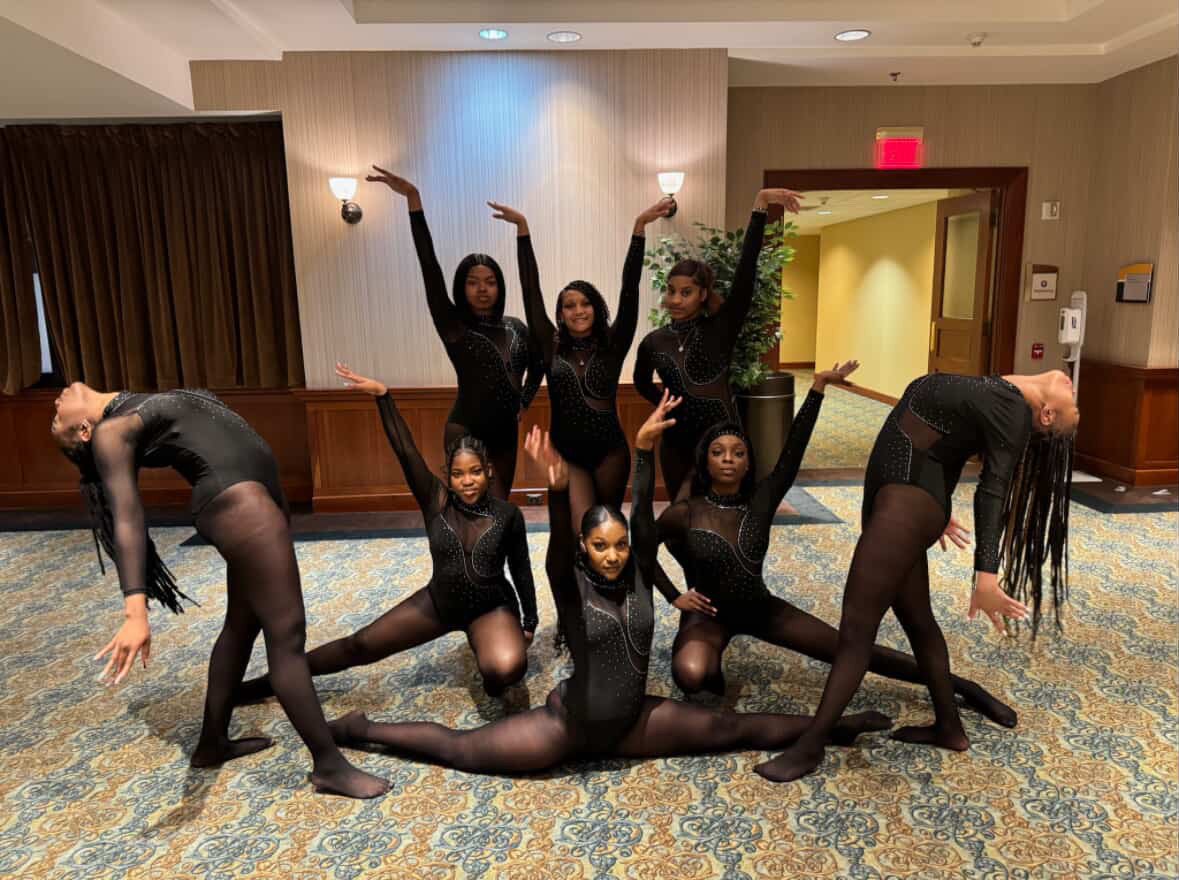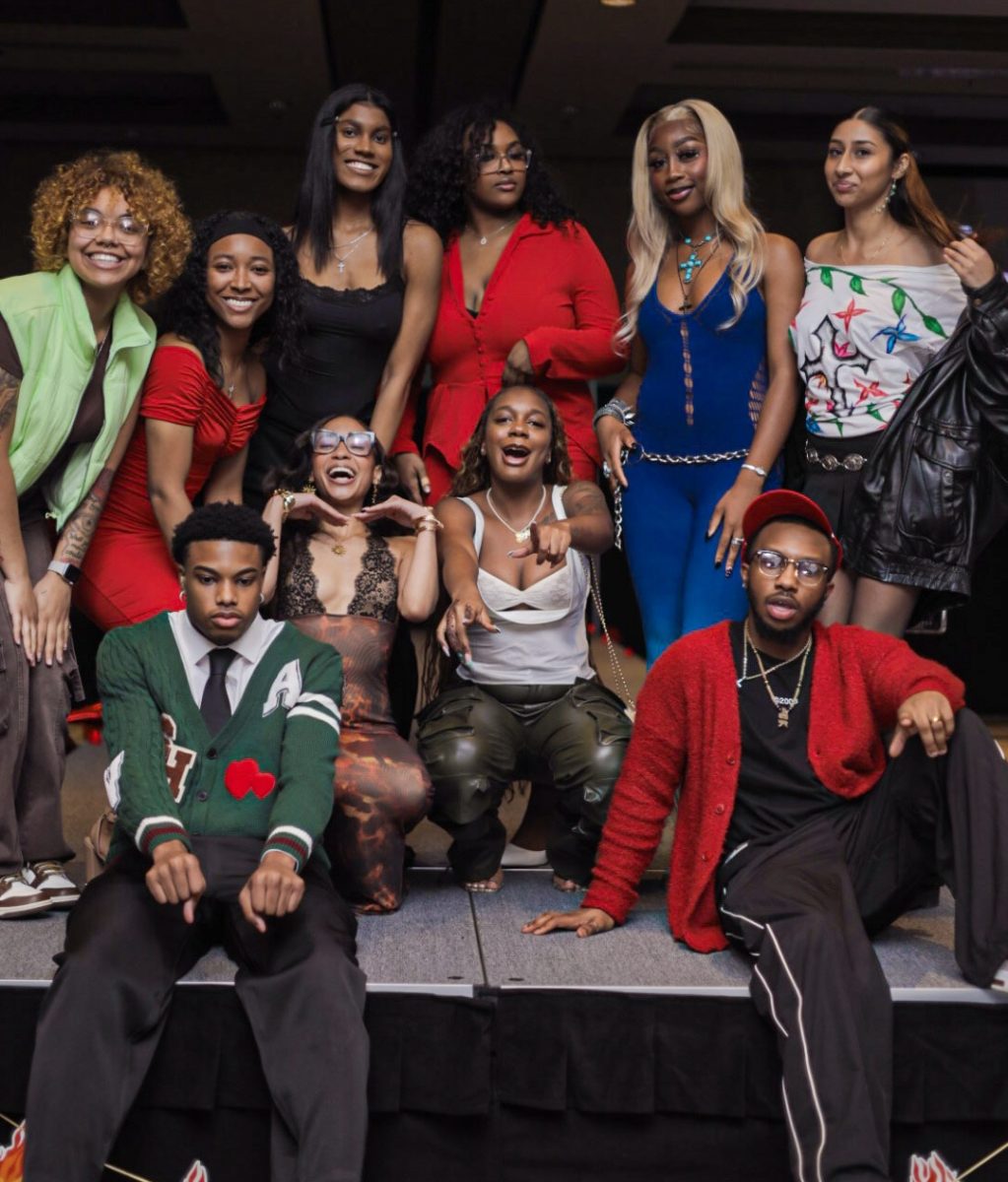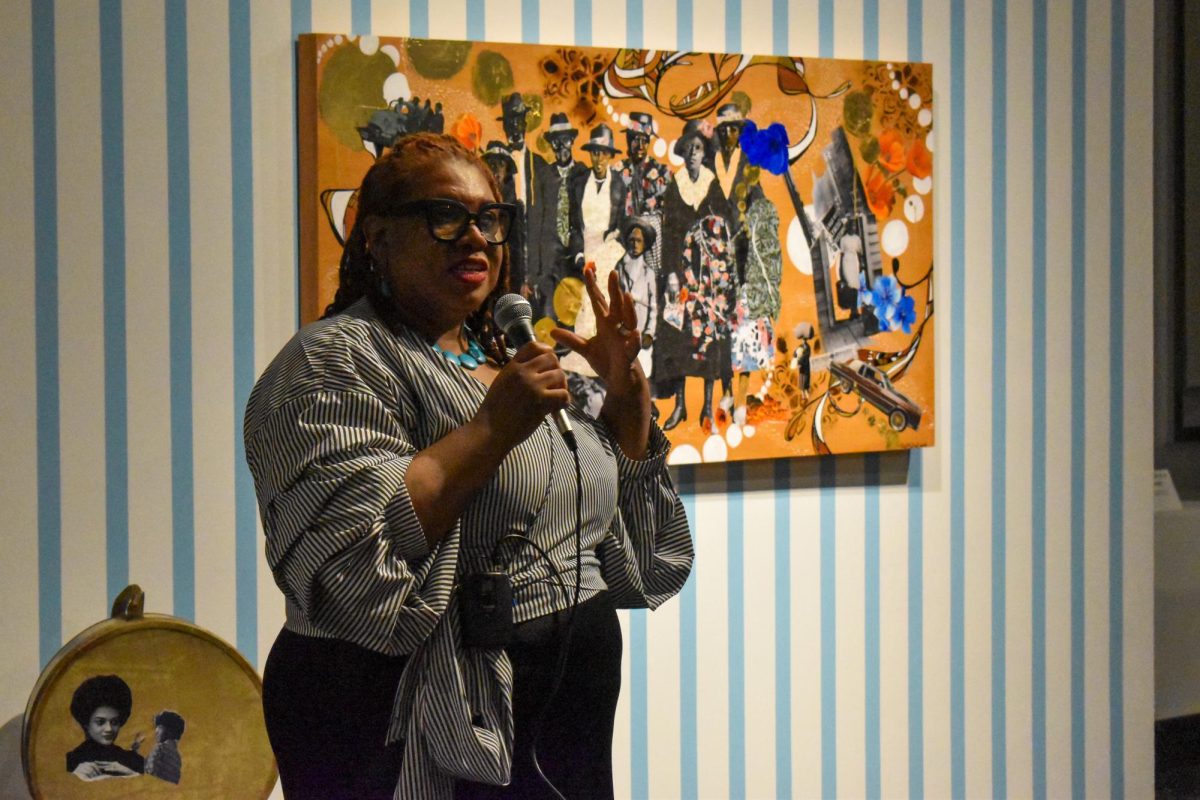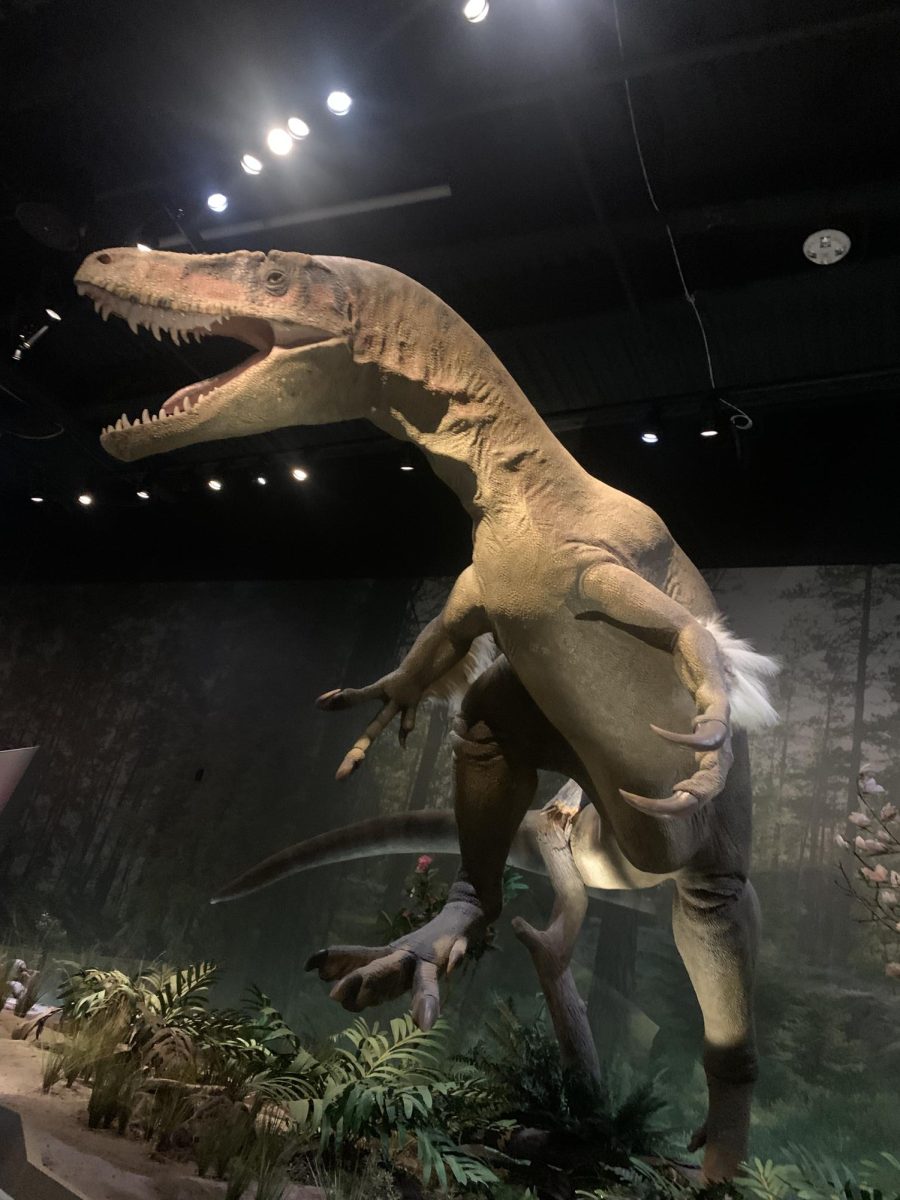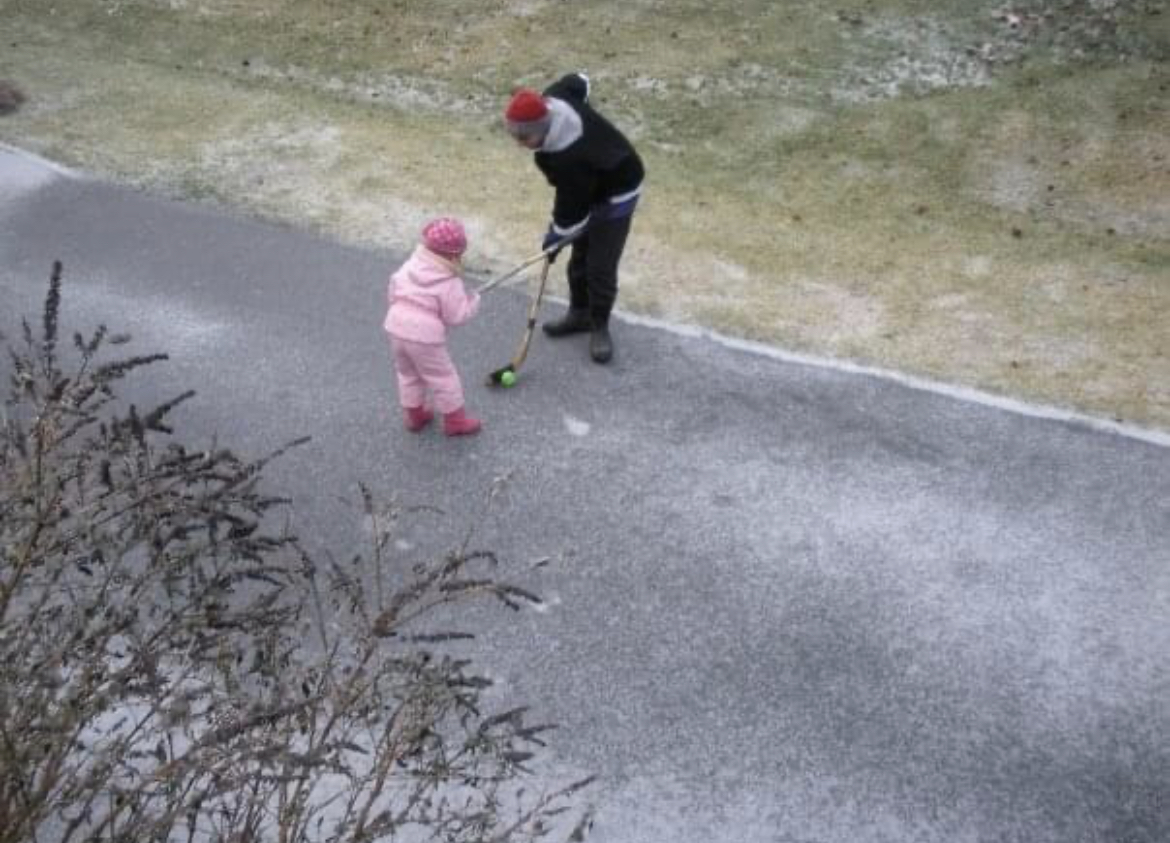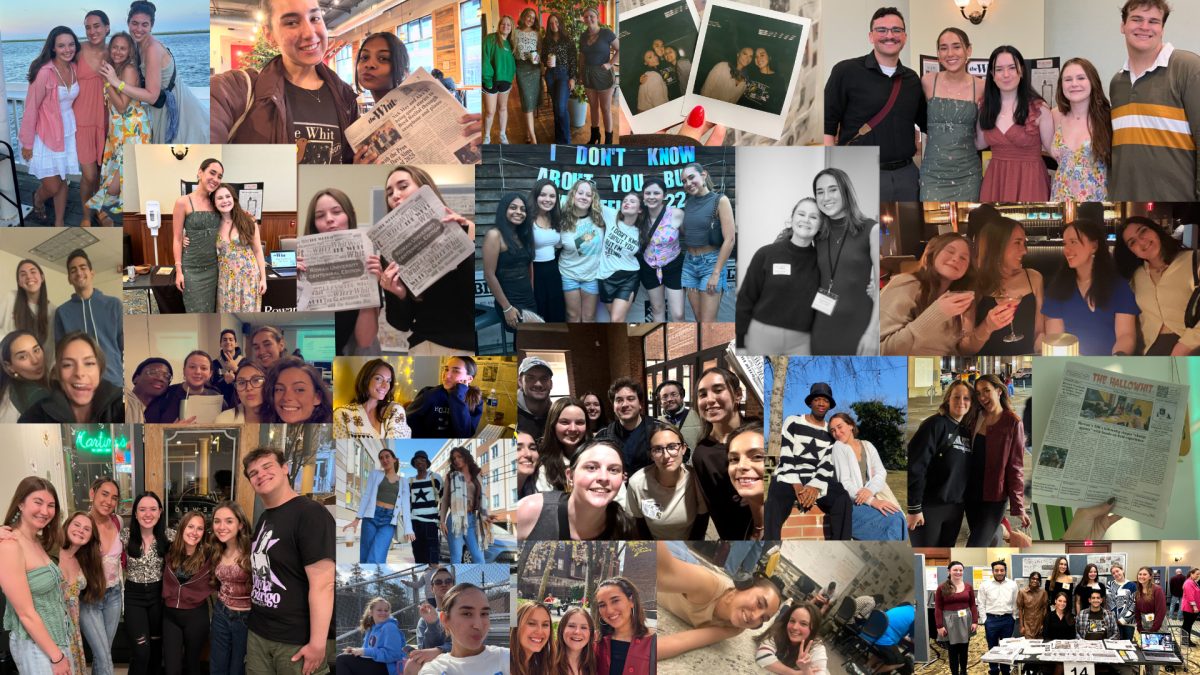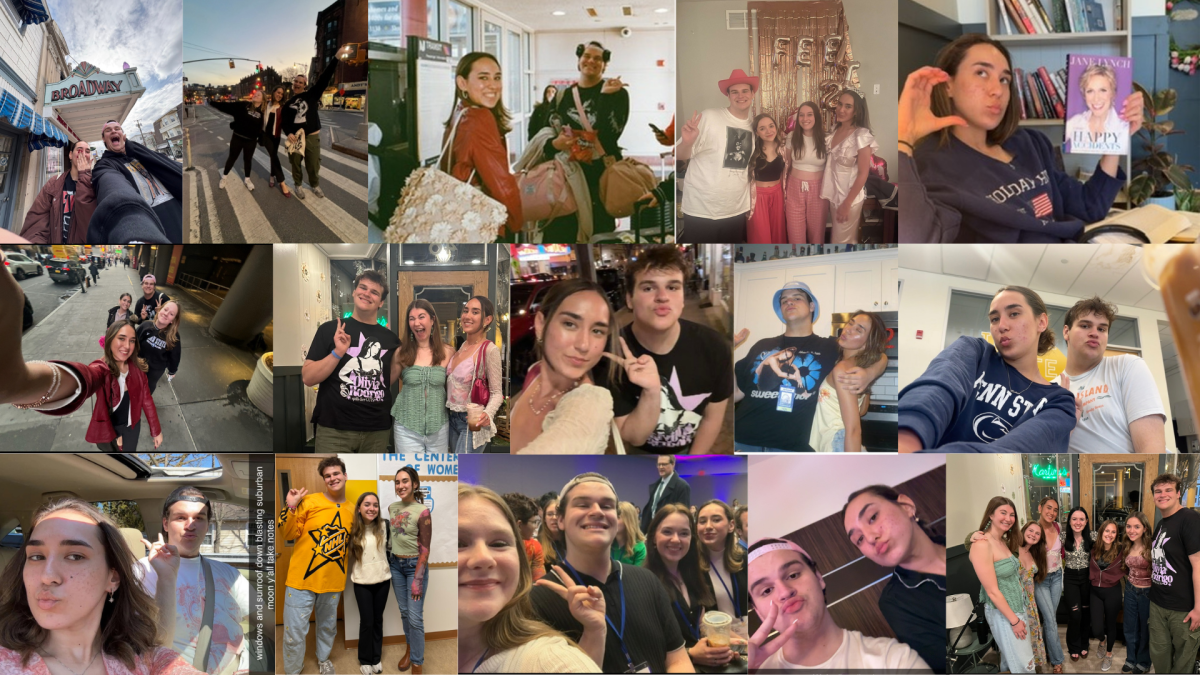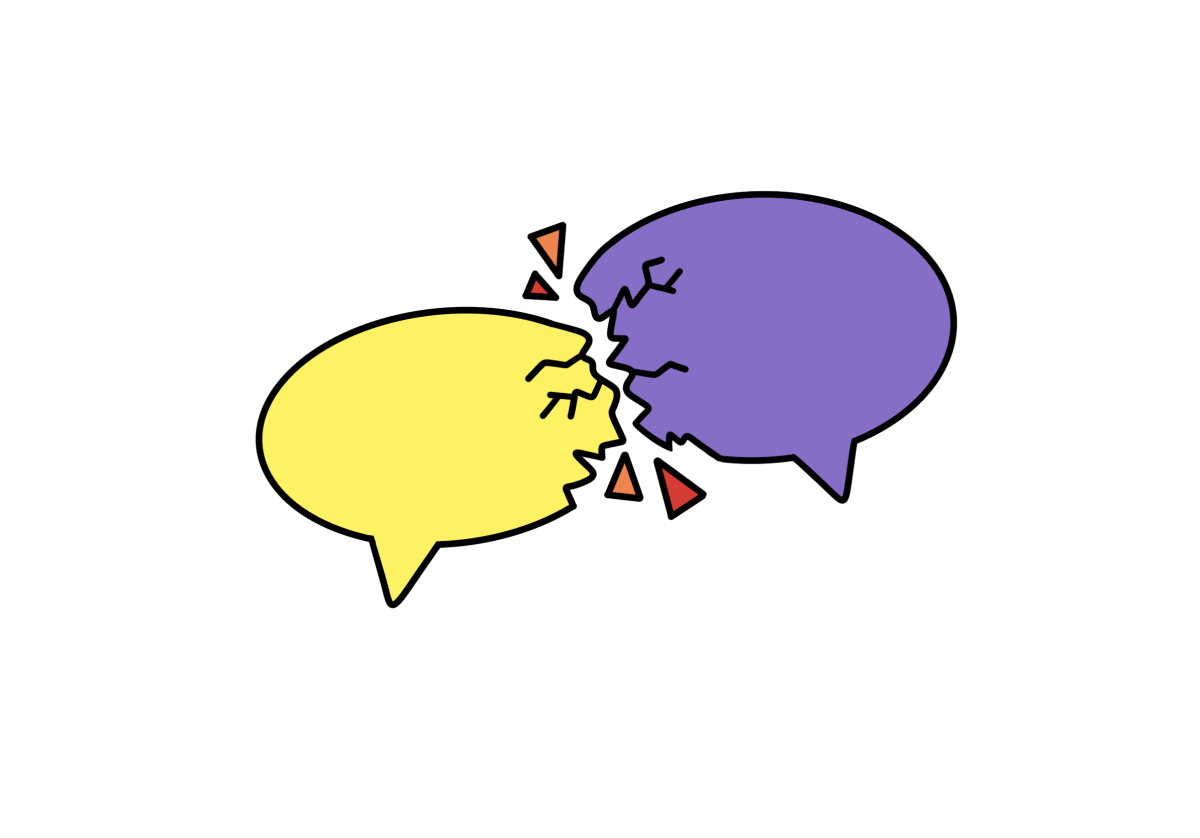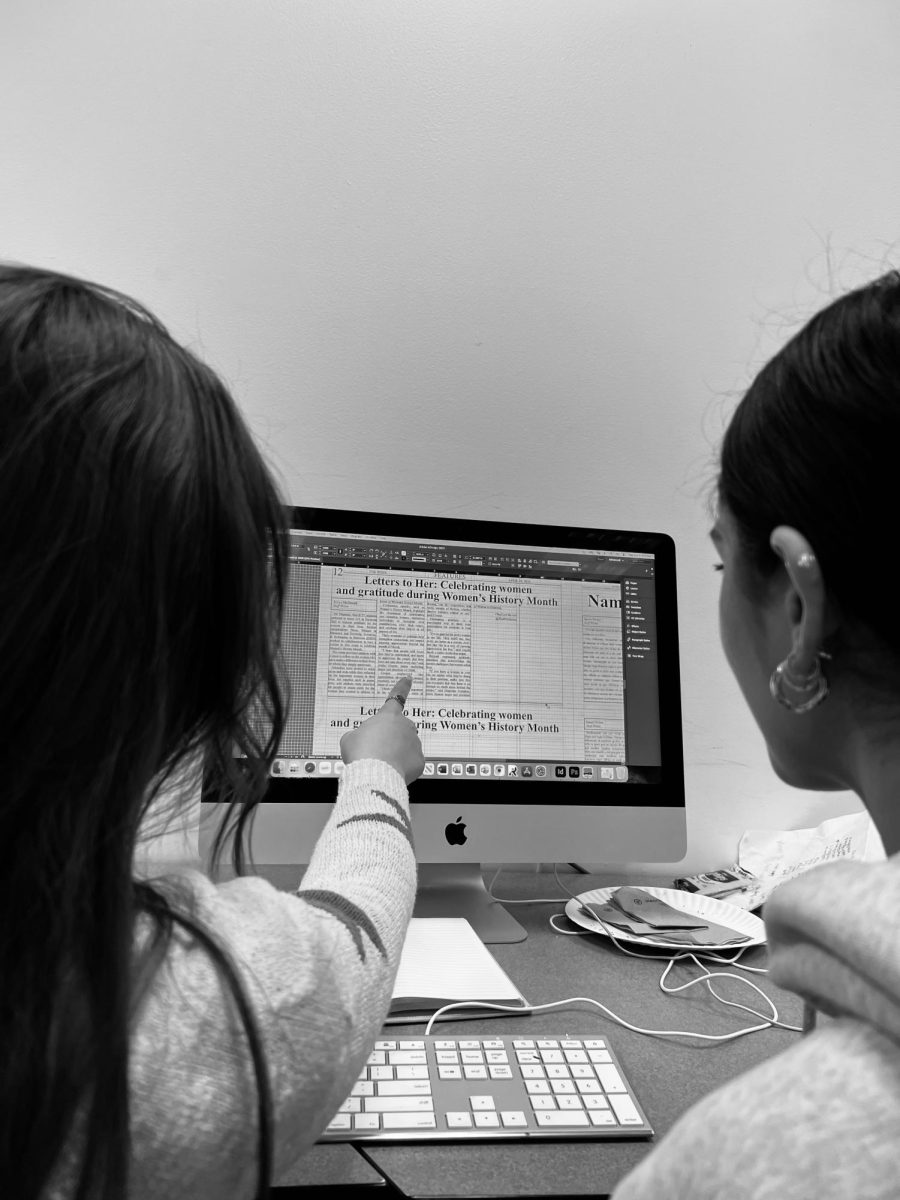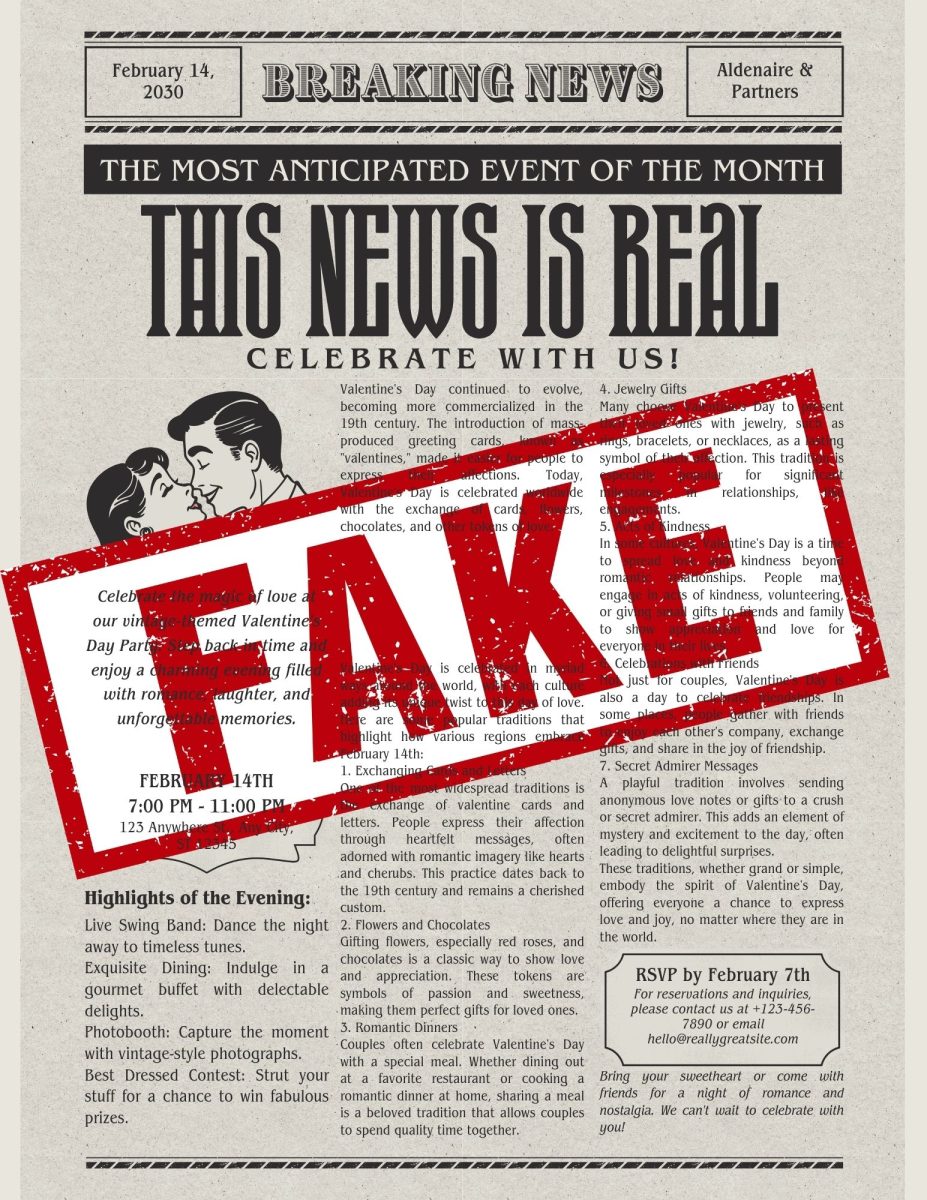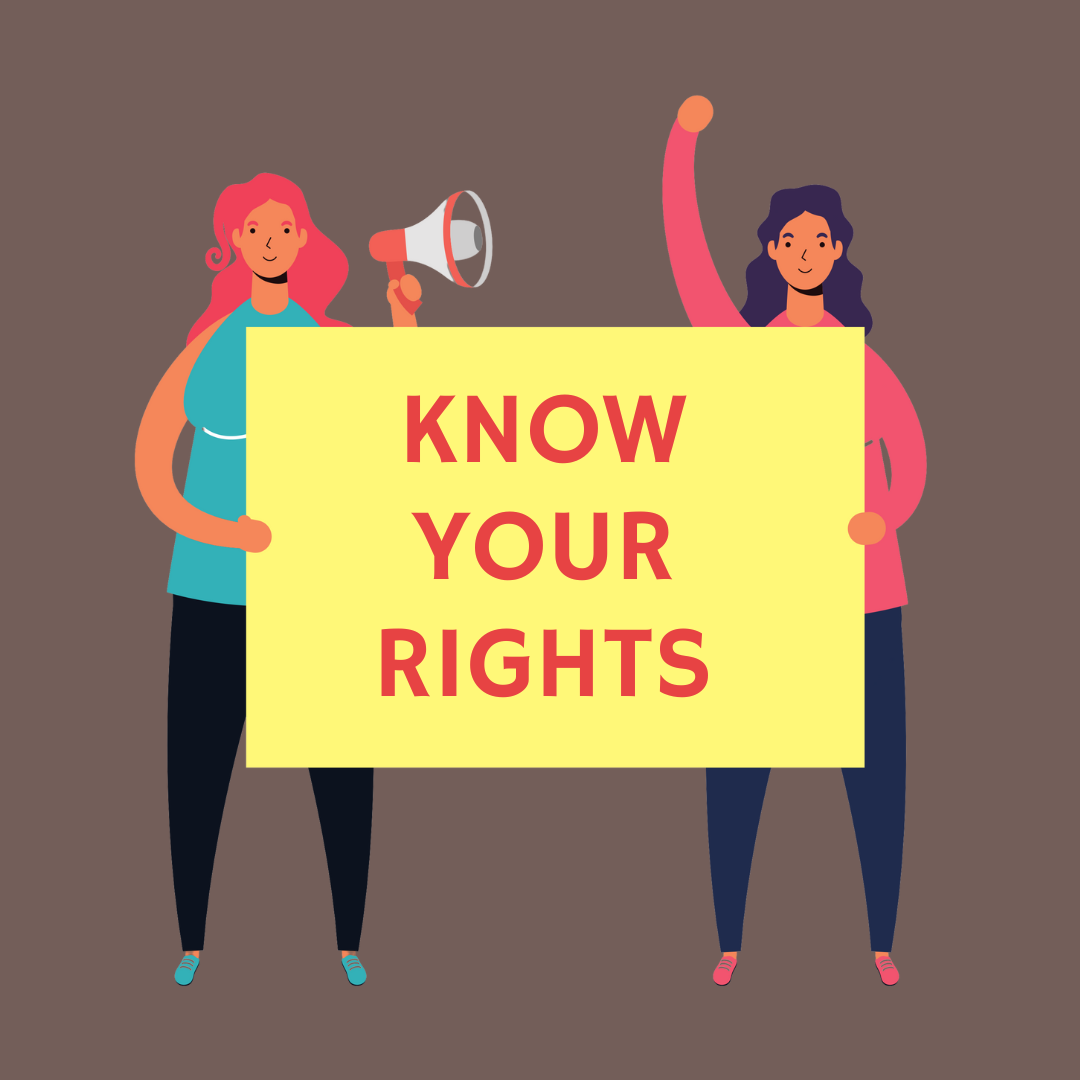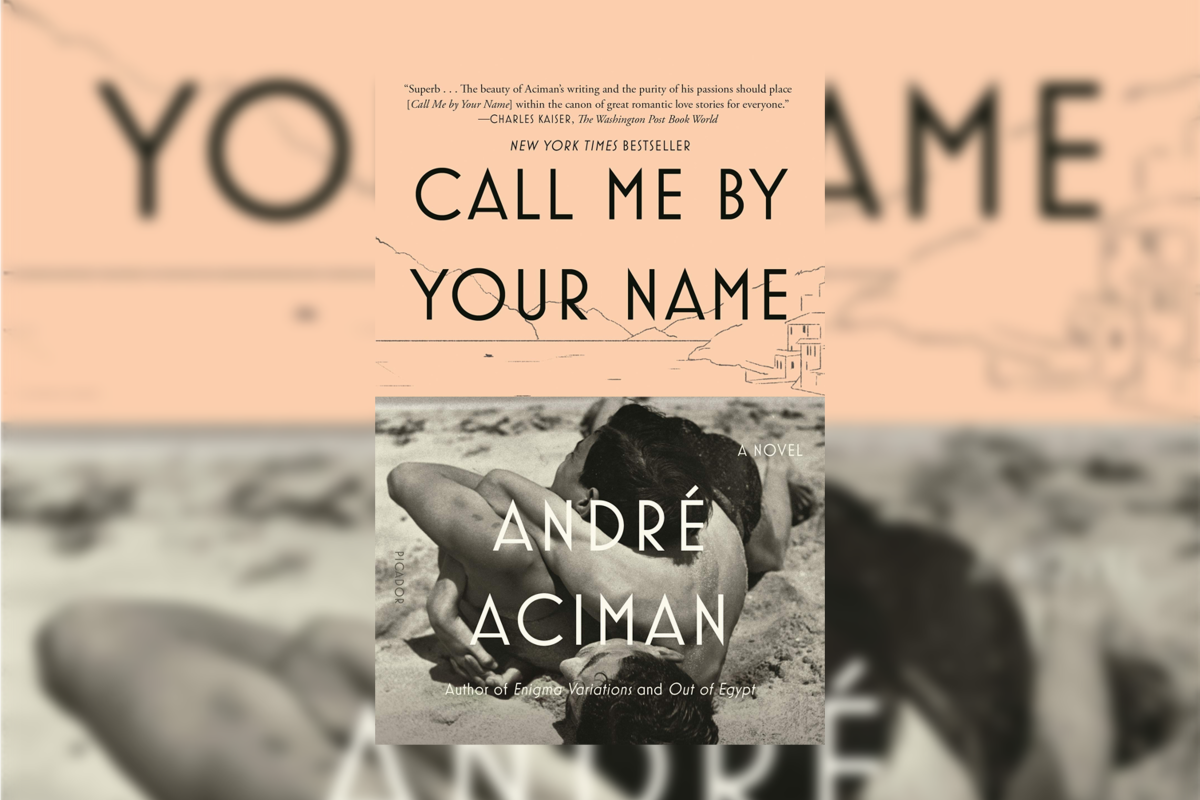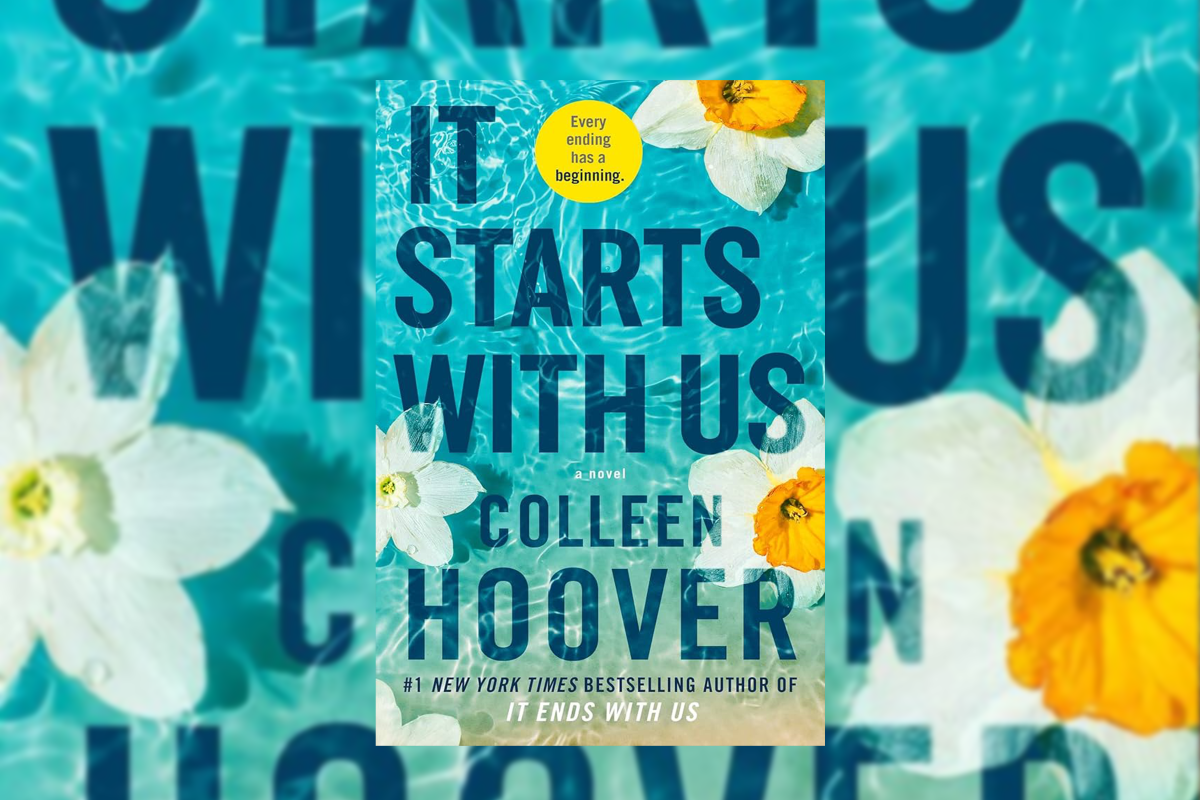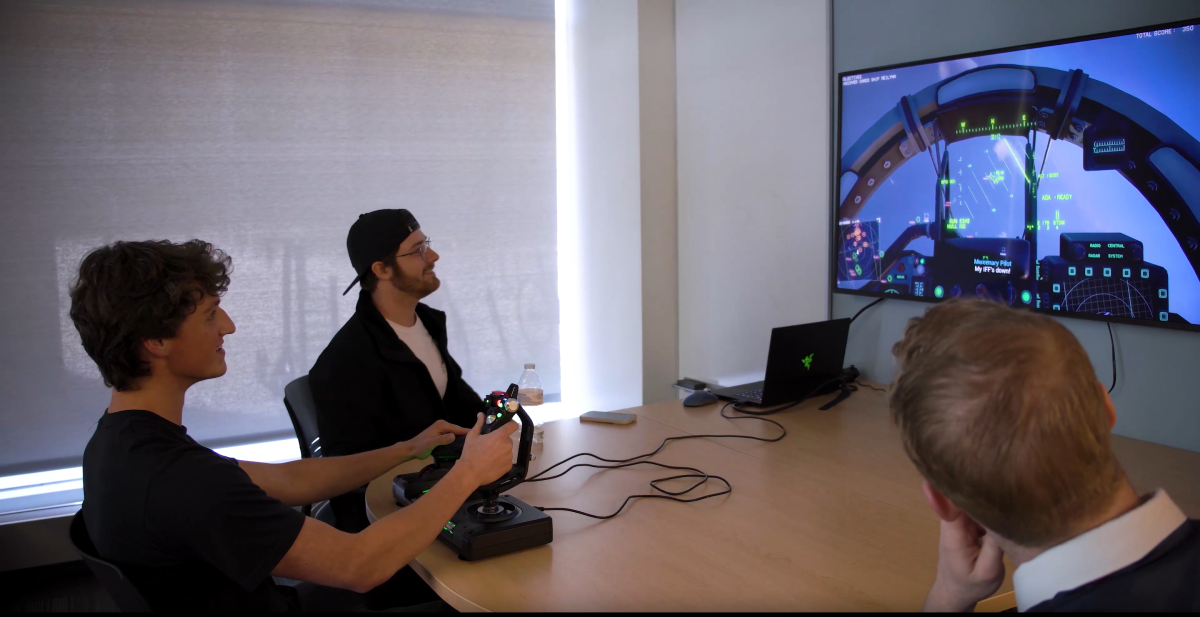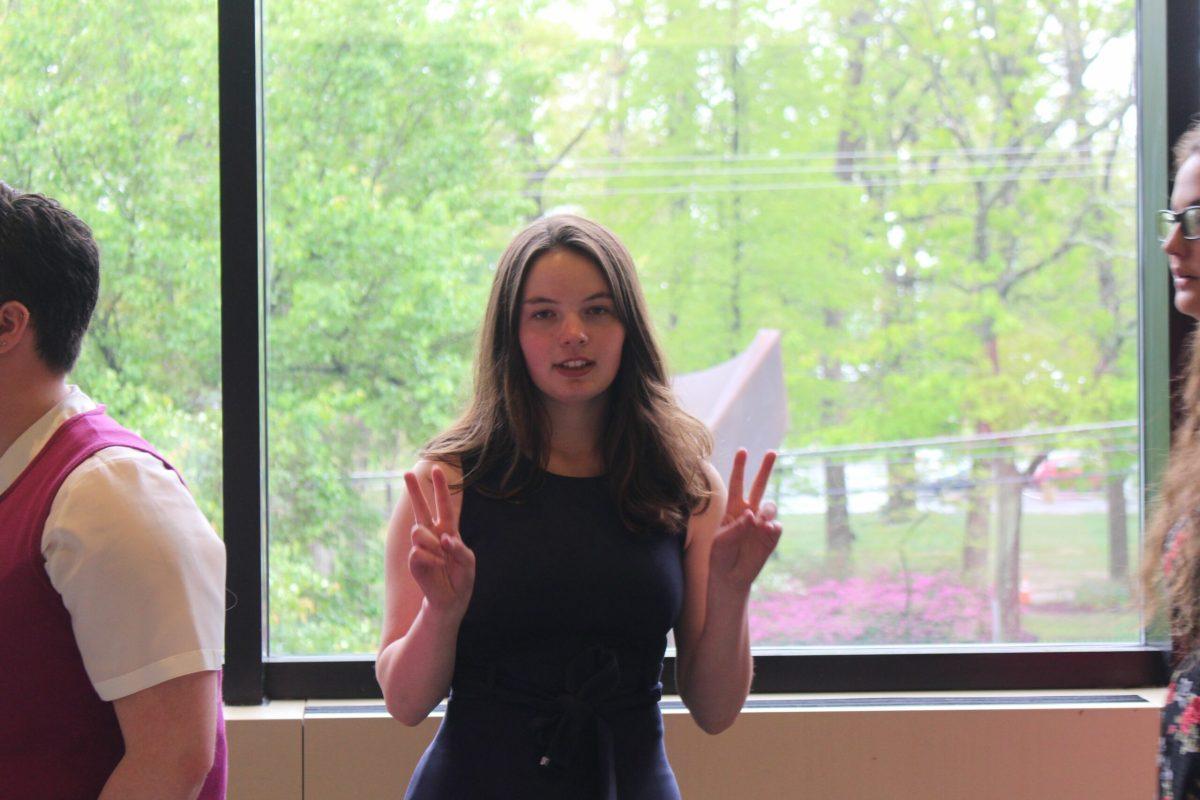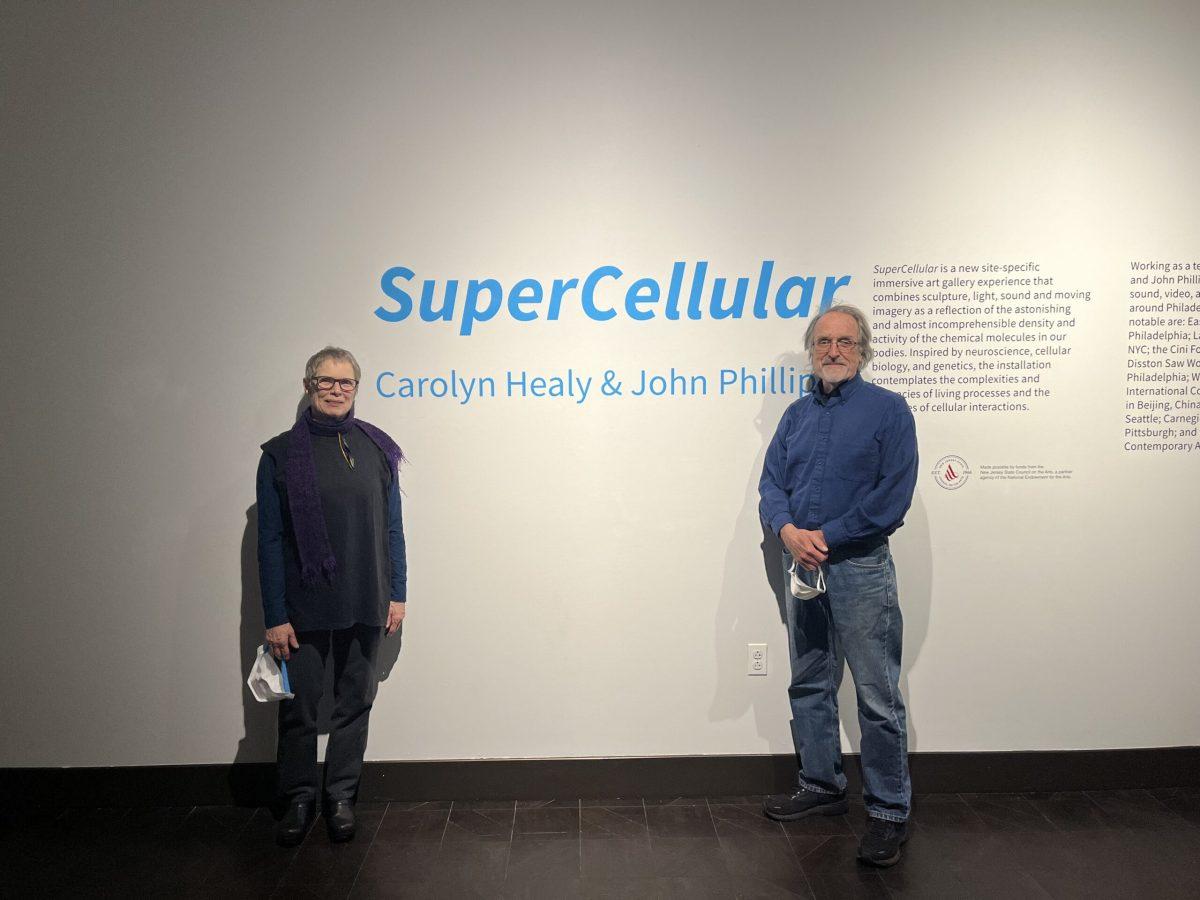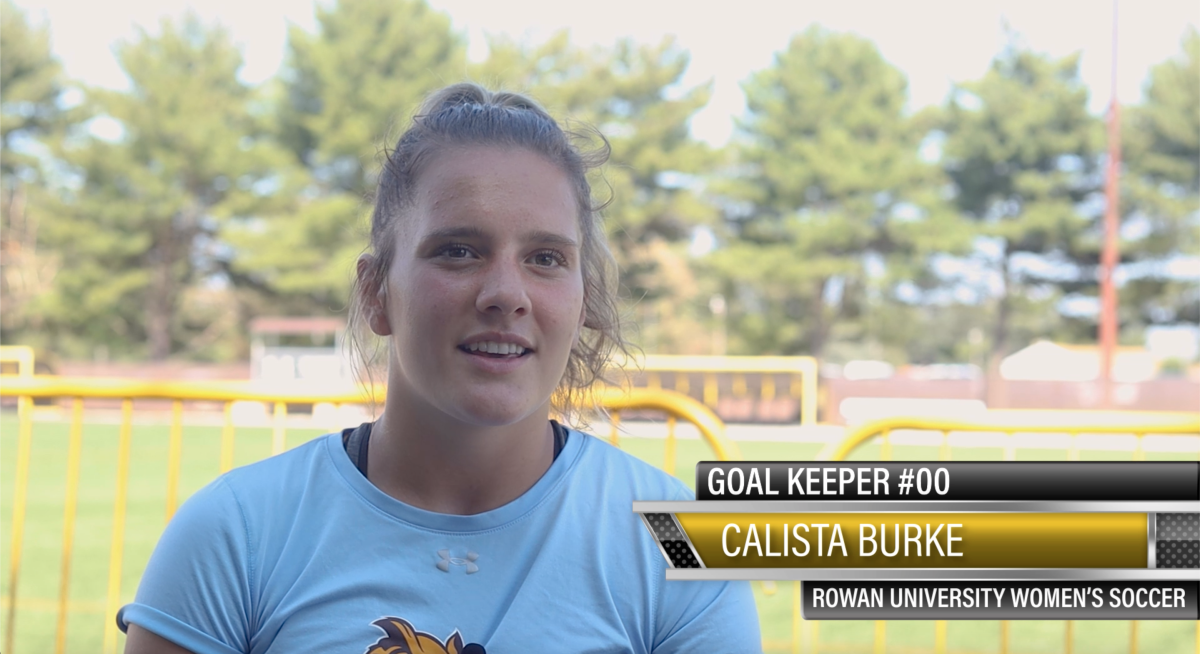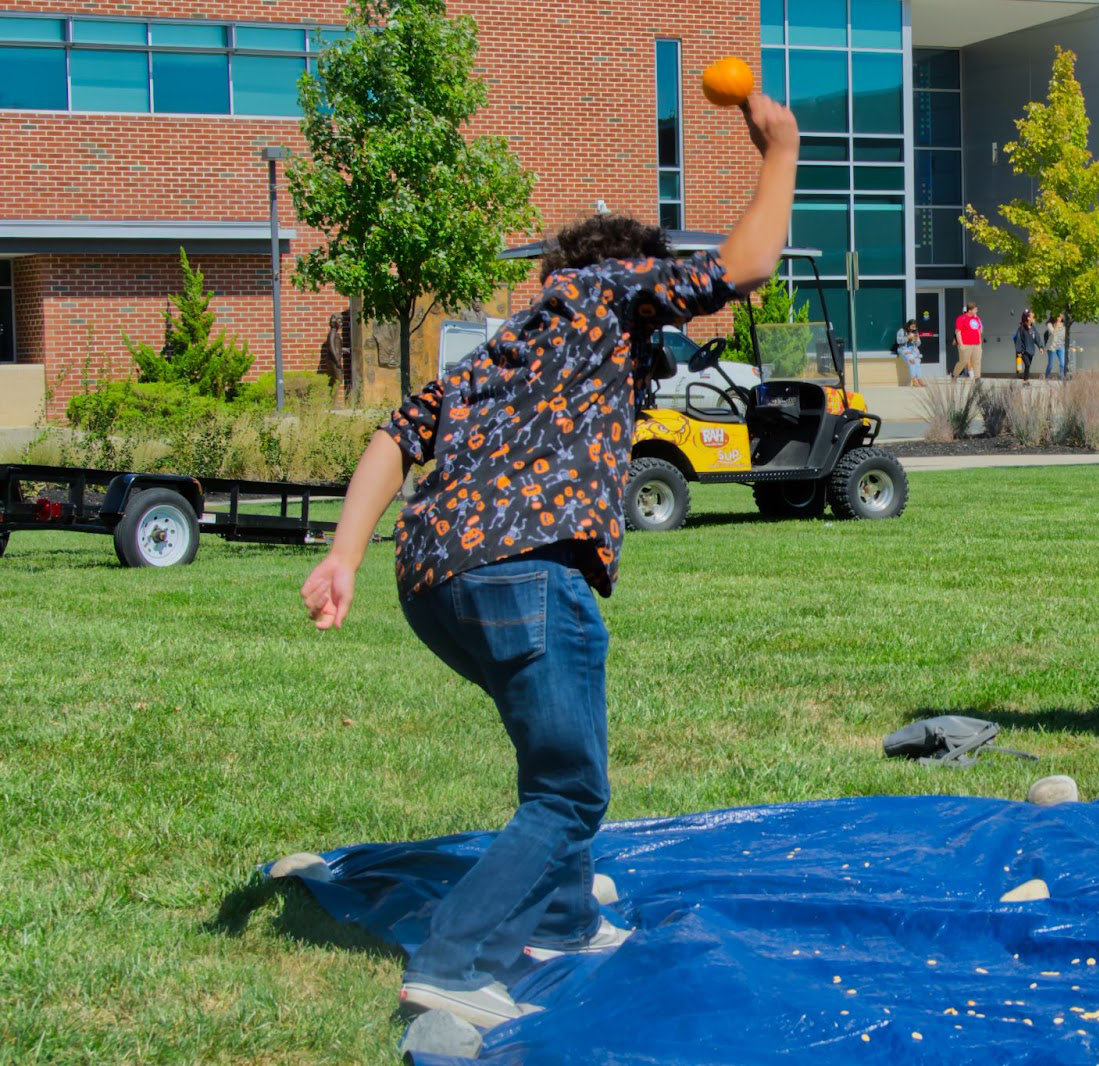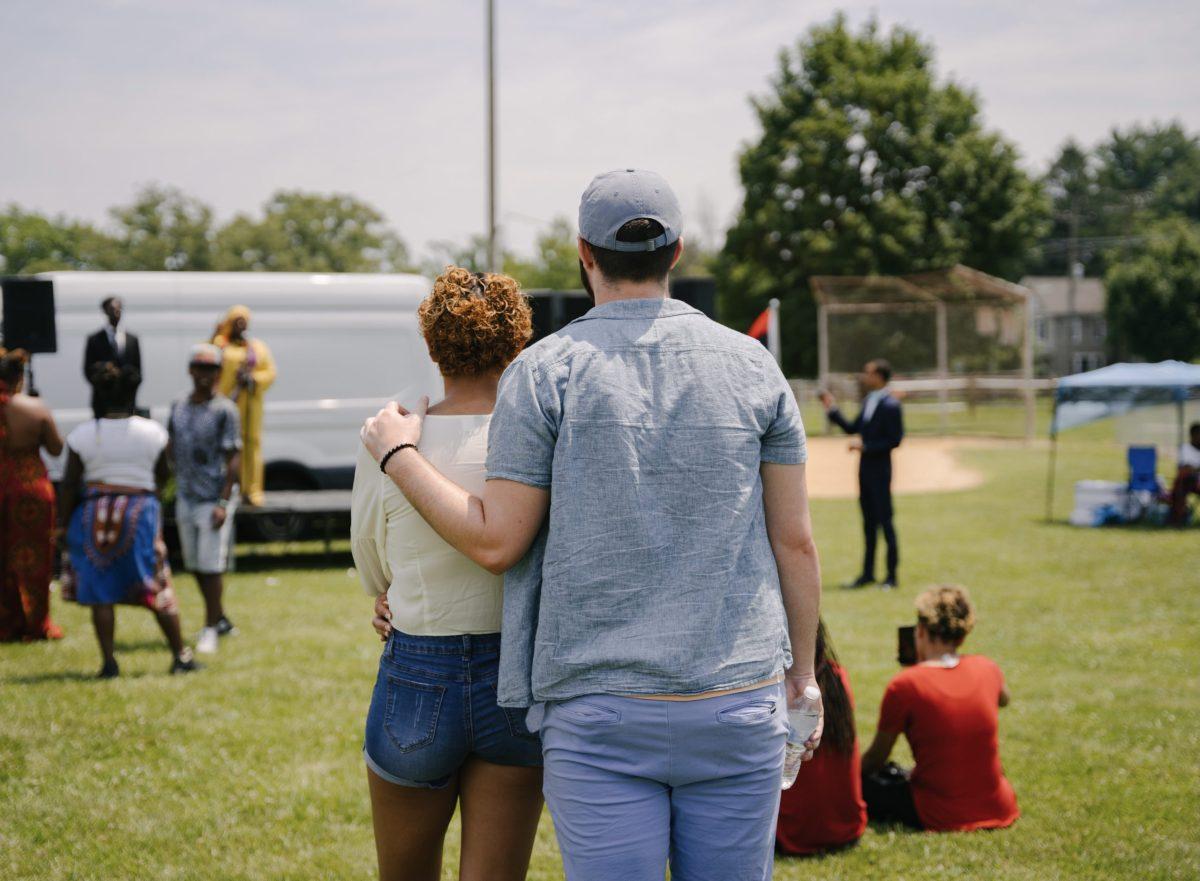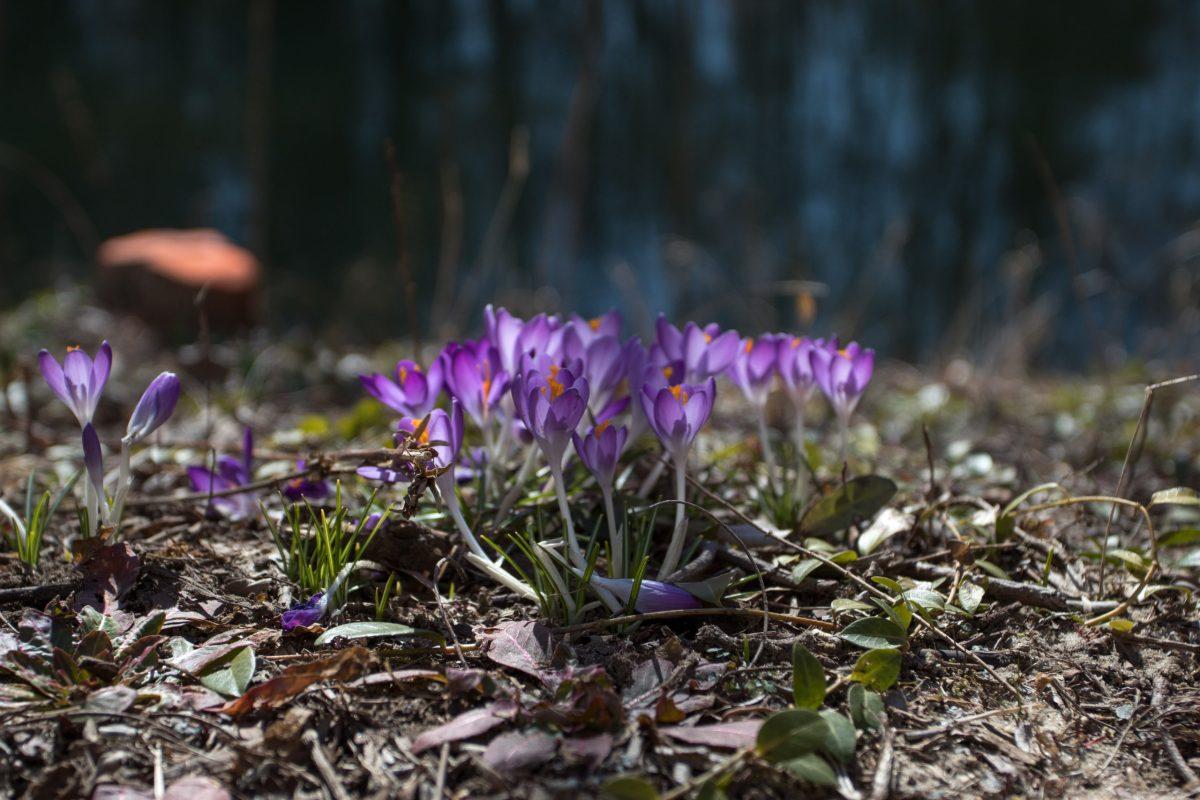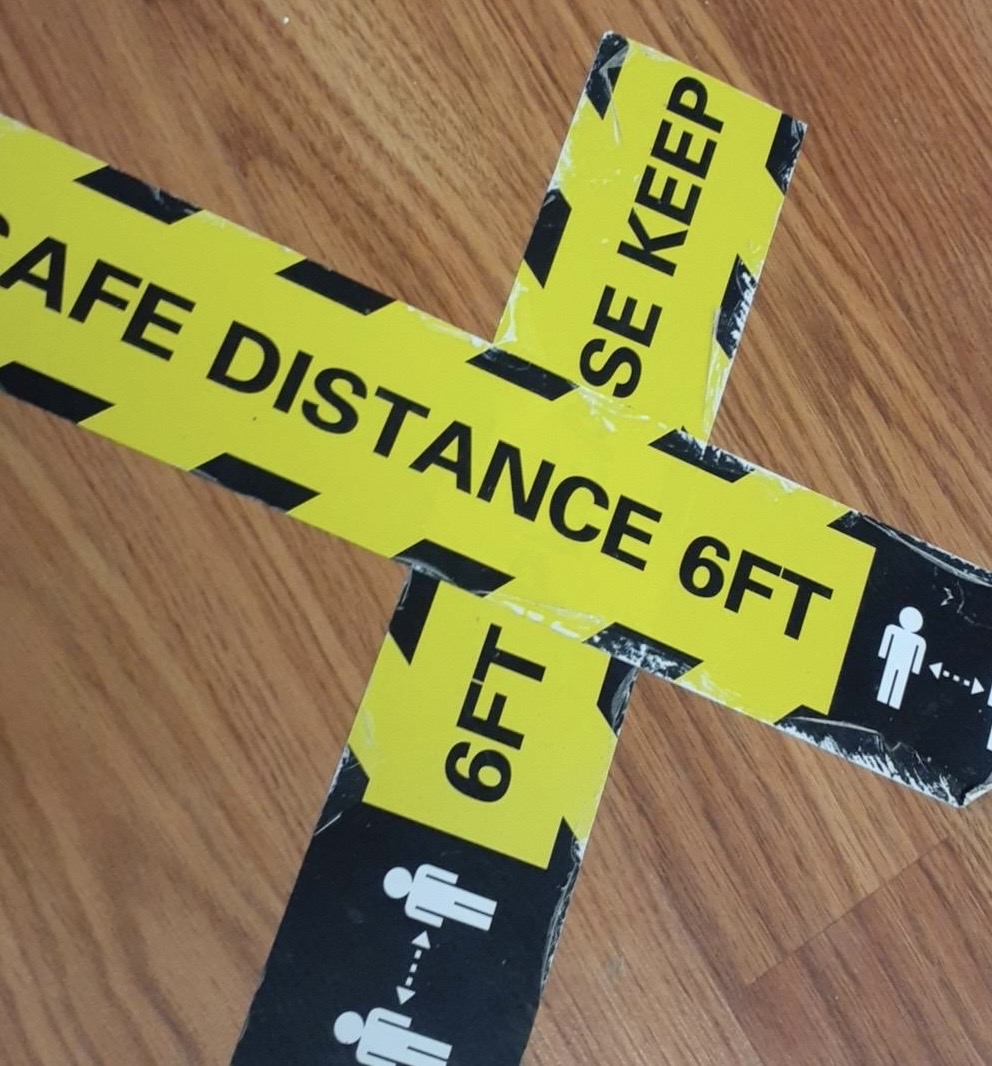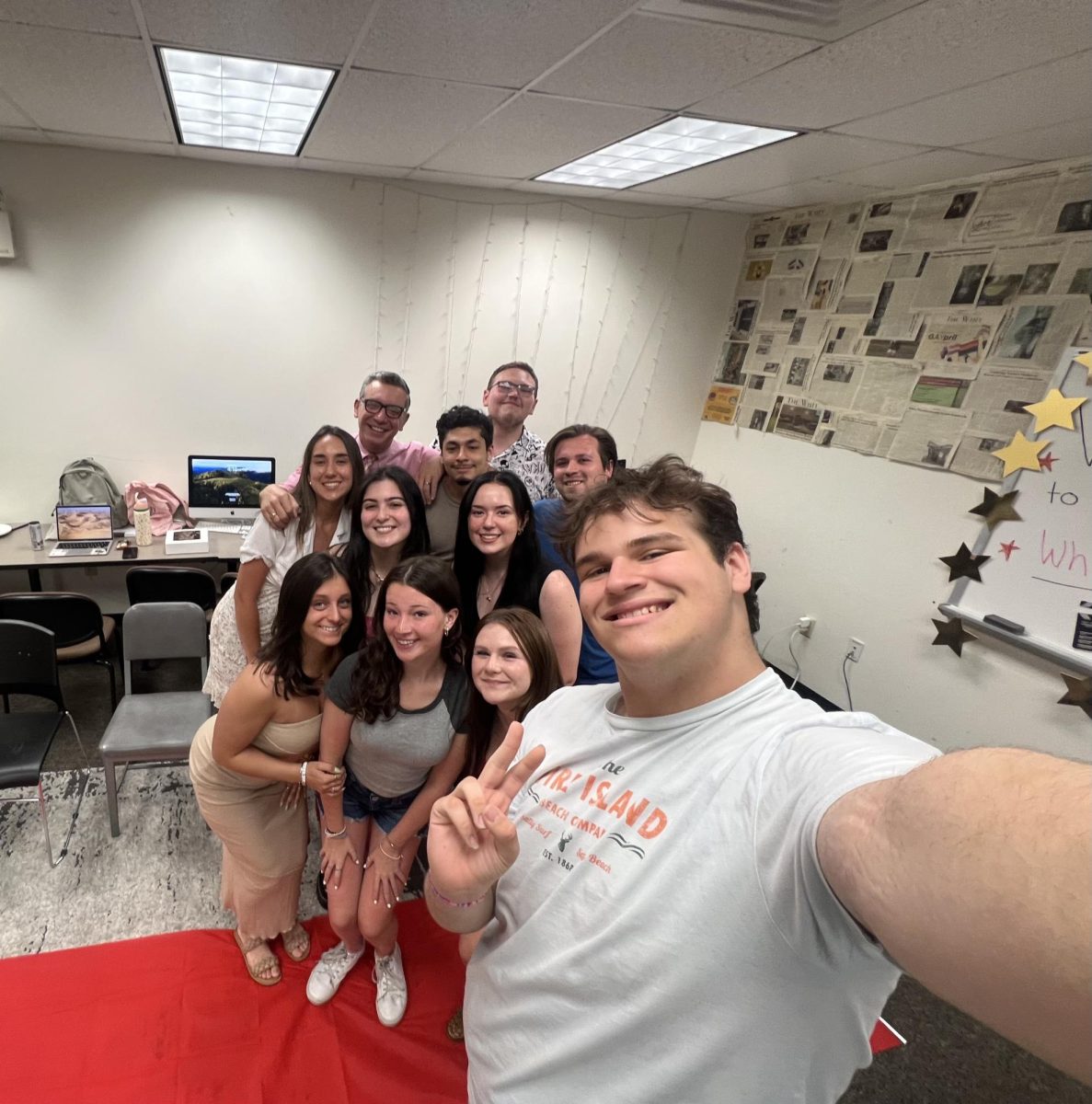On March 13, 2020, many lives across the nation were changed when the United States declared a nationwide state of emergency over COVID-19.
I remember exactly where I was when I found out. I was a sophomore in high school, it was a Friday afternoon right after lunch. At that time, I was in my school’s musical, and we were just coming off of a successful opening night. All day long, however, we had been hearing rumors that due to the growing spread of COVID-19 cases in the country, schools would be undergoing a mandatory shutdown for two weeks, and our show was going to be shut down as a precaution.
Those two weeks turned into a quarantine, where for months, we were told to stay inside of our homes unless absolutely necessary. At 16 years old with no learner’s permit, I couldn’t leave the house myself if I wanted to, but my mom was a diabetic who worked in the medical field and had to continue going to work every day, not to mention my dad was a recovering cancer patient, so COVID-19 somehow making its way into my household was a terrifying thought for my whole family.
For me, though, those initial two weeks turned into the remainder of the school year, and it bled into the school year after, only by the time I began my senior year of high school did it feel like life was returning to a semblance of normalcy.
But there’s no such thing as normal anymore, is there?
Here we are, almost five full years later, and we’re still feeling the effects of the pandemic after all this time. We’ve lost loved ones, both directly and indirectly, due to the virus. We witnessed small businesses struggle to stay afloat during the pandemic and even in its aftermath, but not all were survivors.
It’s also subtly affected the way schools function as well. When everyone went into lockdown, a lot of school districts turned to Google Meet and Zoom to hold virtual classes. Even though we’ve been back to in-person learning for a few years now, the time and effort that has been put into practicing the use of video conference platforms since hasn’t gone to waste, as online learning has now become the main alternative in the event class can’t be held in-person. Even in events such as inclement weather, which we’ve already witnessed firsthand this semester due to snowstorms, school doesn’t have to be fully canceled anymore. Instead, school can be held from the supposed safety of your own home. So long, snow days.
From a Rowan perspective, the wear-and-tear that the pandemic has had on the university aren’t as obvious anymore, but they still exist. For example, families who struggled financially during quarantine may not have been able to afford to send their kids to college. I know for a fact that it put a halt on my Rowan plans for two years. Walking around on campus, it’s also easy to take note of how many students often keep to themselves, encased in their own little bubbles, not looking for anyone to come along and burst them unless they’ve already been acquainted elsewhere. I noticed this during my time at Rowan College of South Jersey as well, the feeling of isolation surrounded by thousands of people in the same boat as you, yet no one’s willing to break the ice because, during quarantine, they got used to that isolation.
A lot of students at Rowan, myself included, are also still feeling the effects of what has been deemed as a “pandemic brain.” Since the pandemic, everything’s suddenly become more difficult. It’s harder to pay attention during lectures. It’s harder to absorb the course material. It’s harder to keep up with the workload and submit everything on time. These problems have always existed for students, Rowan or not, but COVID-19 has amplified those problems beyond suppression.
In the five years since the pandemic officially began, I’ve caught COVID-19 three separate times, most recently back in September during the second week of the Fall semester. Ironically enough, four years to the day that I’m writing this article, I actually caught COVID-19 for the first time. To this day, my first battle with COVID-19 was the most sick I had ever felt in my life, and never again do I ever want to feel that rundown.
With that in mind, the pandemic had taken a toll on me in the sense that, for a little while, I became highly anxious about leaving the house, even if it was for something as trivial as grocery shopping or getting a haircut. I still don’t think of being out in public places in the same way anymore, and I don’t know if I ever will. But day by day, it gets a little bit better.
It’s interesting to me at times to think about what the alternate timeline without COVID-19 would look like. No quarantine, no social distancing, no masks, and millions of hearts all around the world still beating. Would life as we know it today be completely different? Or would we be setting ourselves up for something worse down the line, like another virus or plague?
You could drive yourself crazy thinking about all the endless possibilities, but that’s all they are: possibilities. The reality is that we lived through a pandemic. That time in our lives was such a blur, yet we’ve still never really fully recovered from it. And to some extent, we never quite will. The only thing that we have the power to do about it is continue to rebuild and move along.
For comments/questions about this story DM us on Instagram @thewhitatrowan or email [email protected]

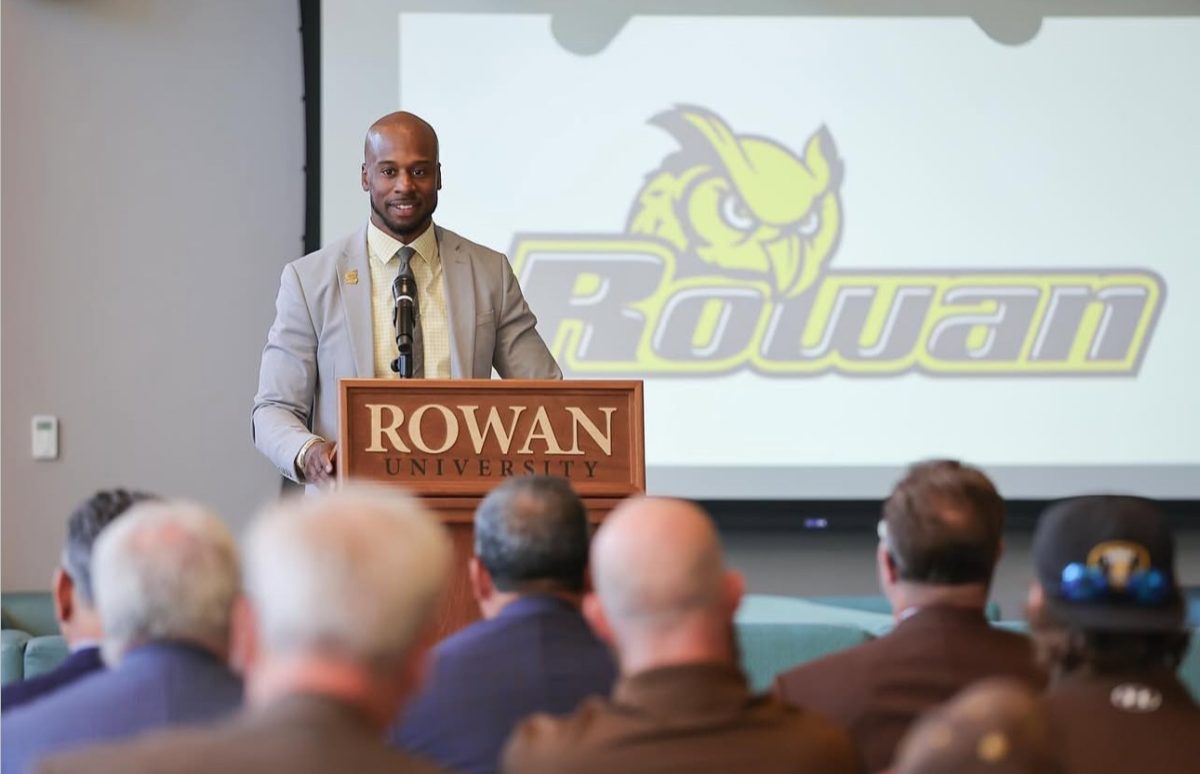
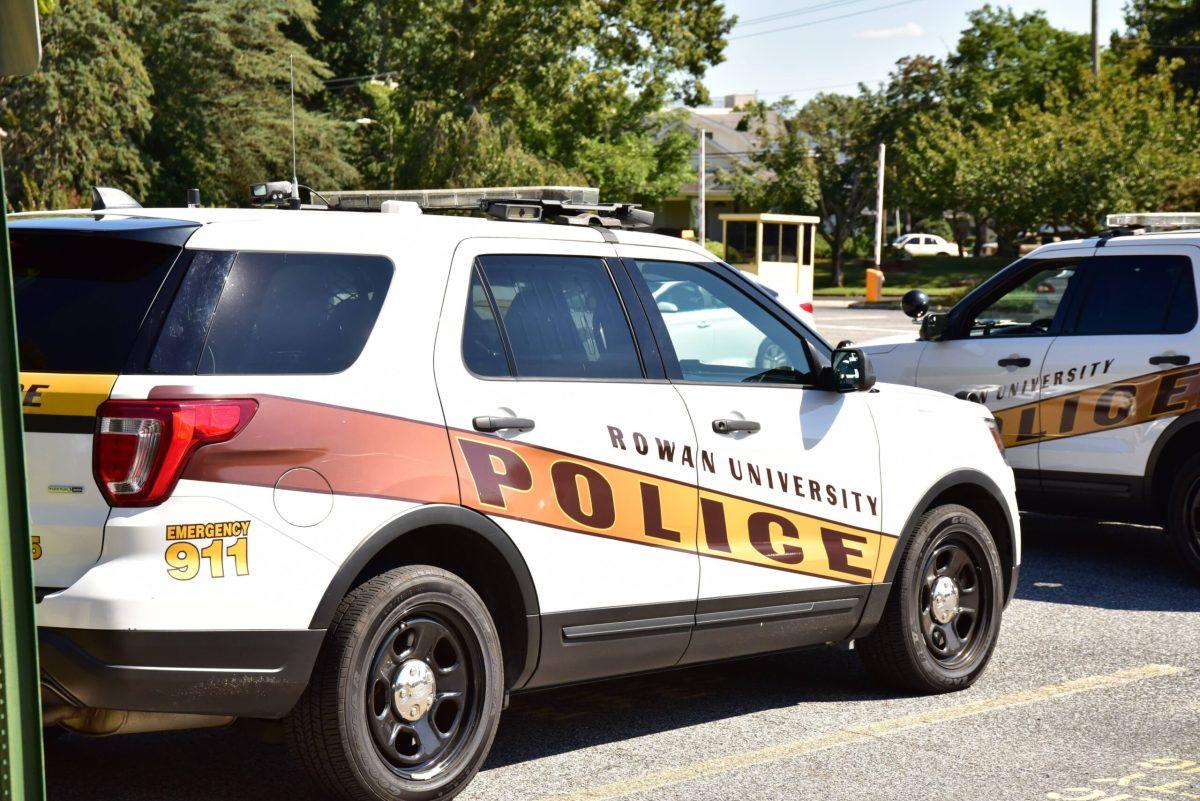
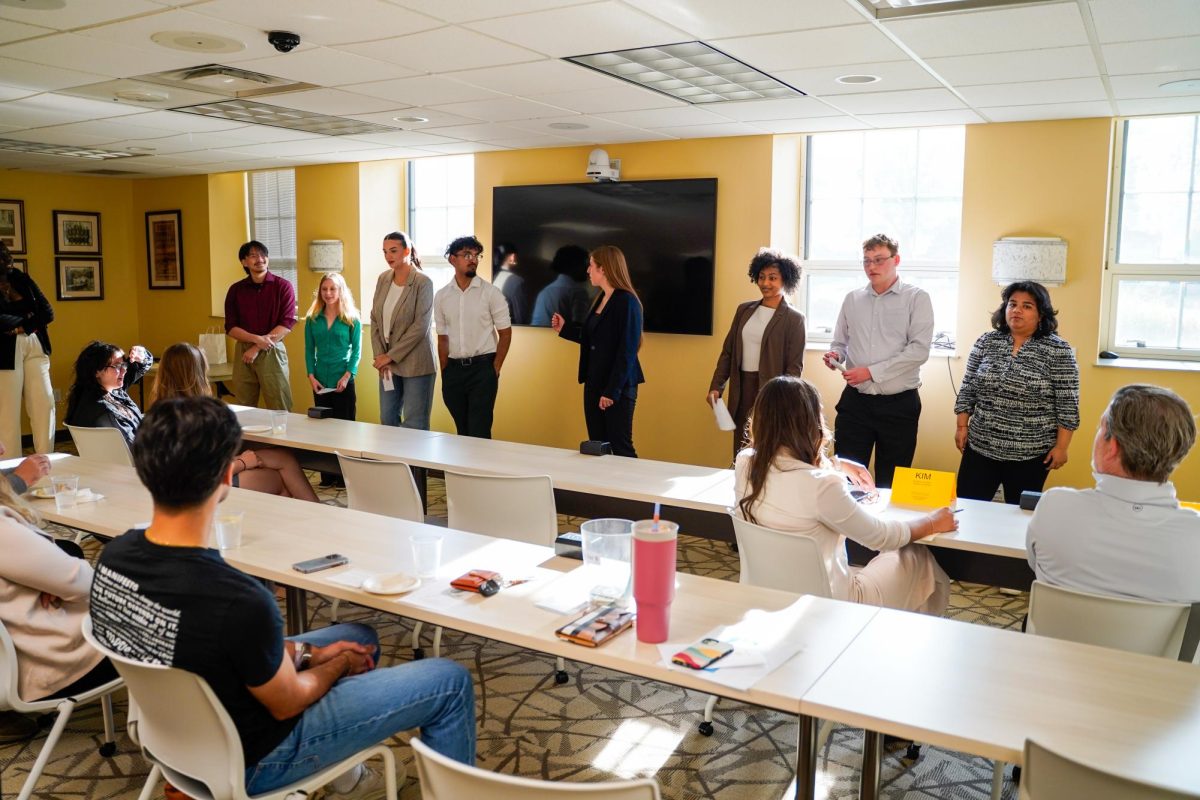
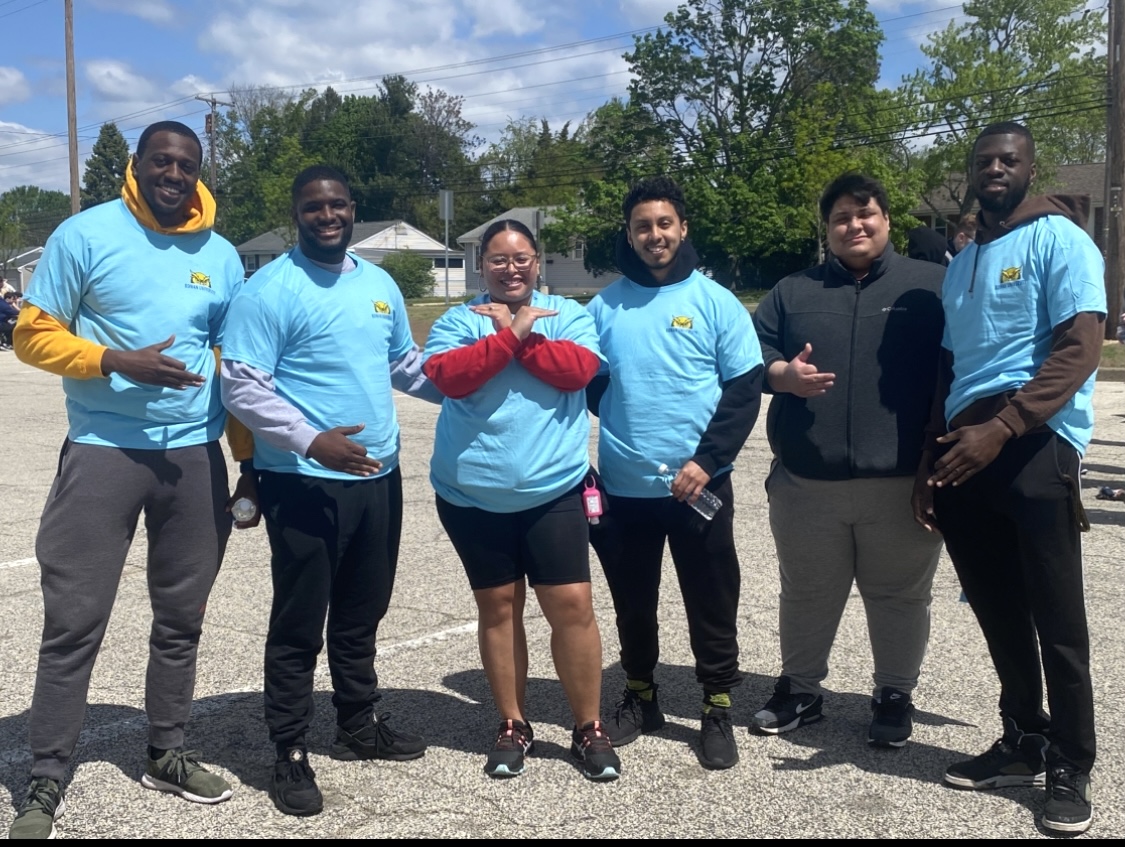
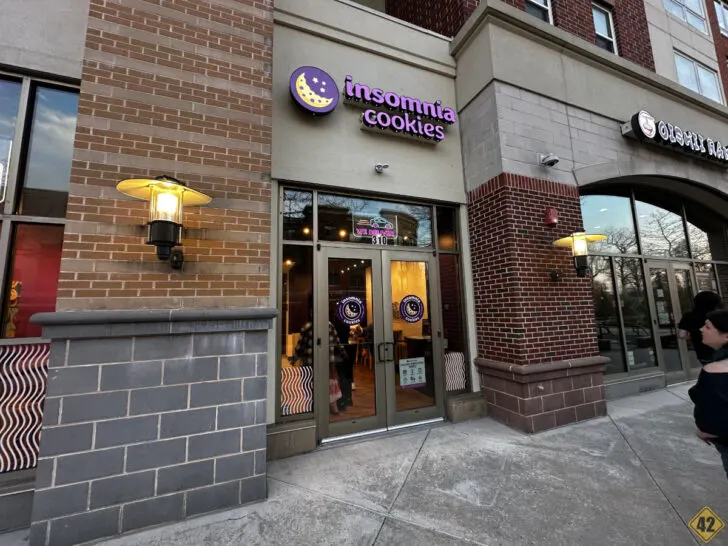
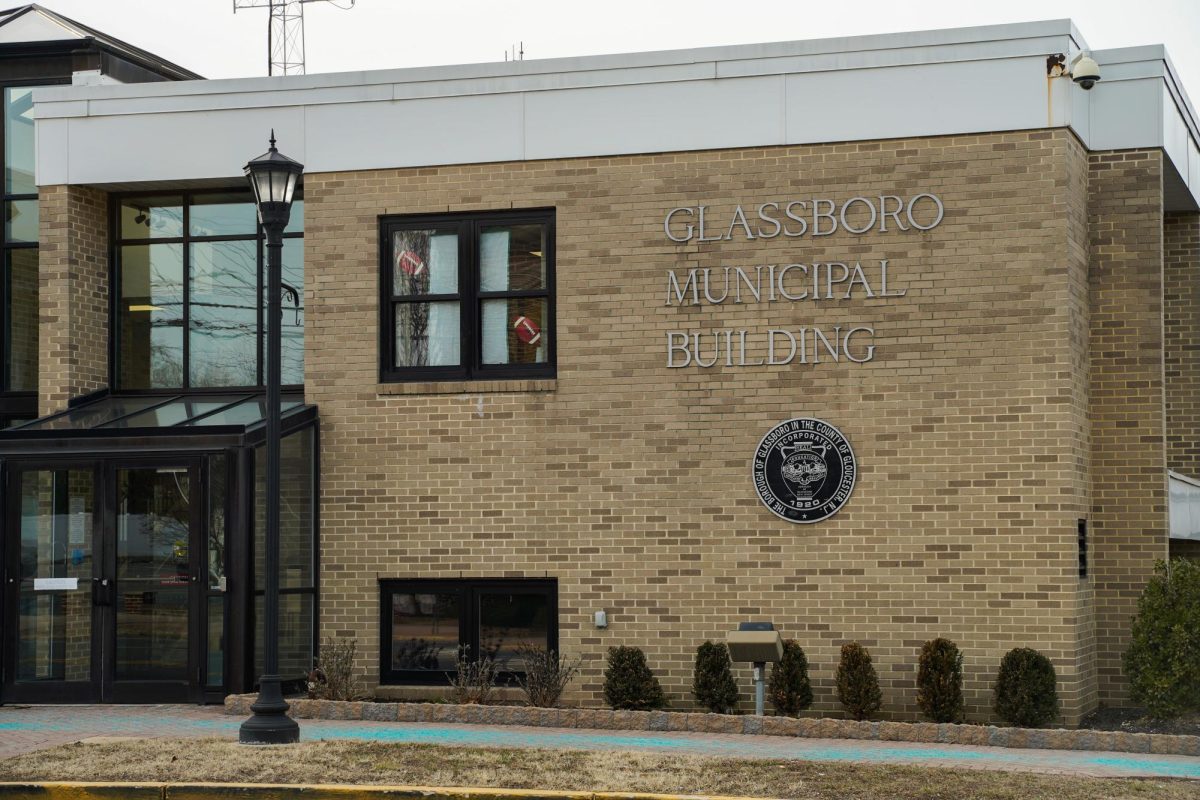
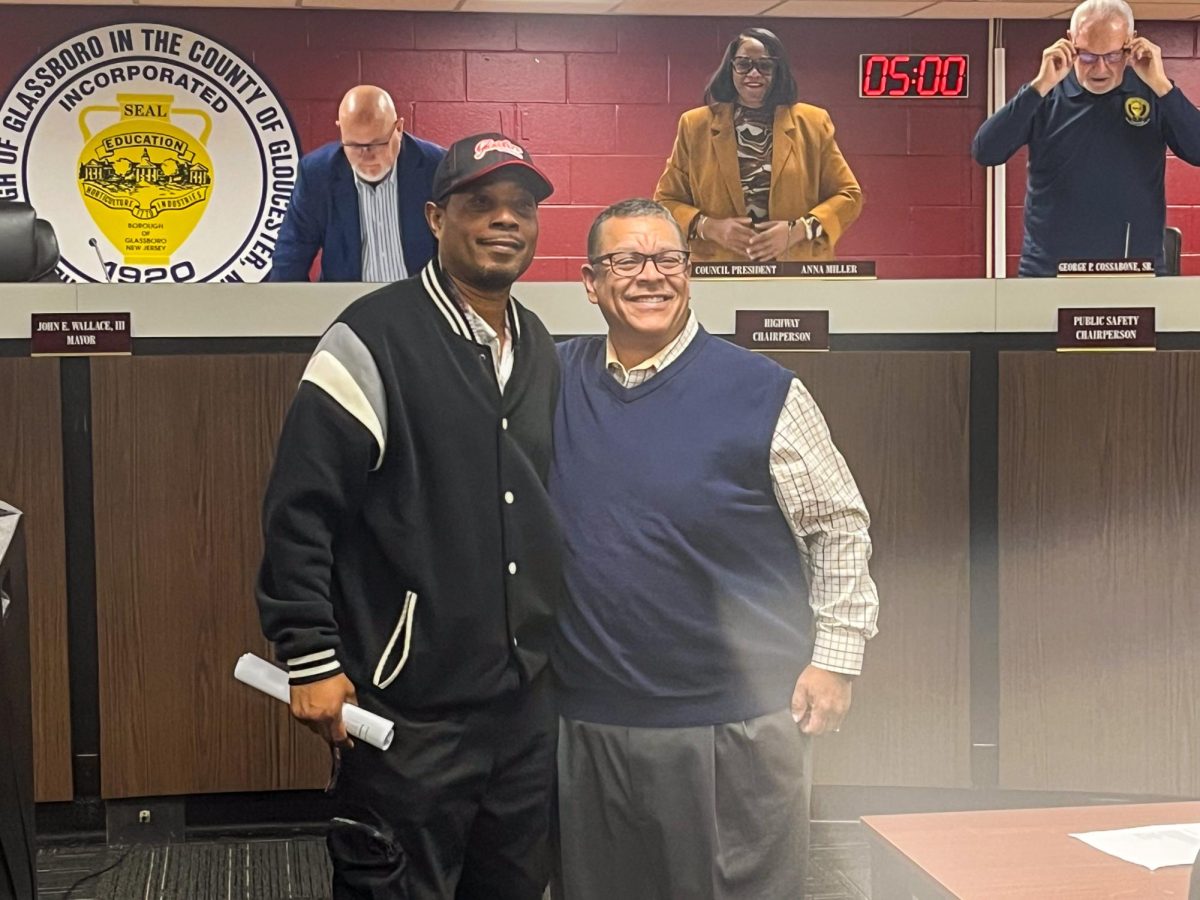
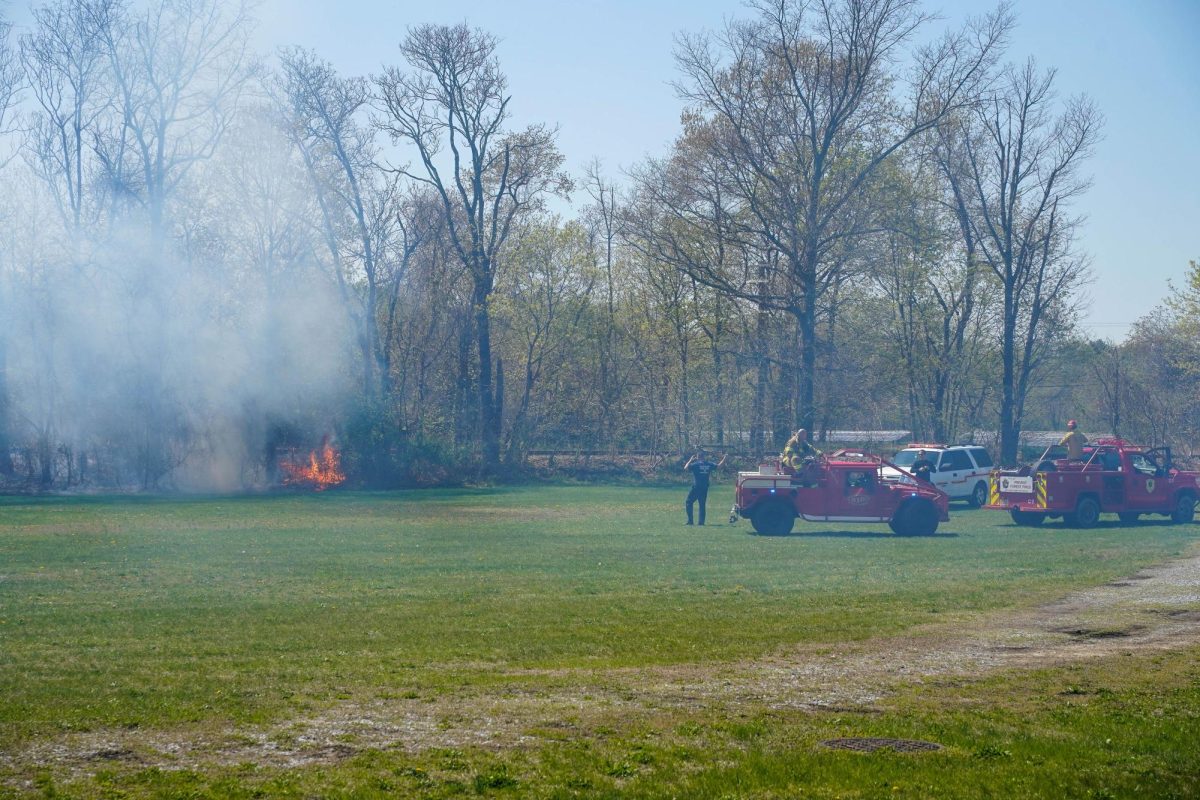

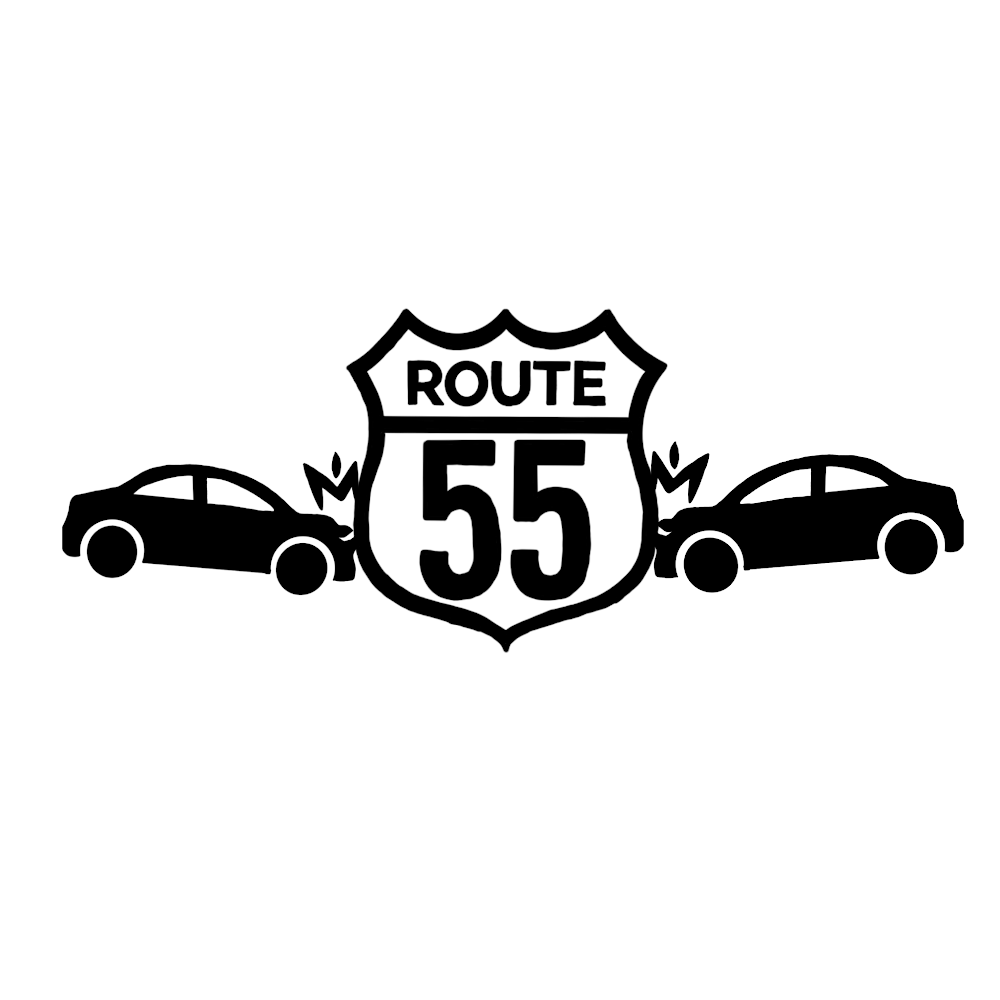

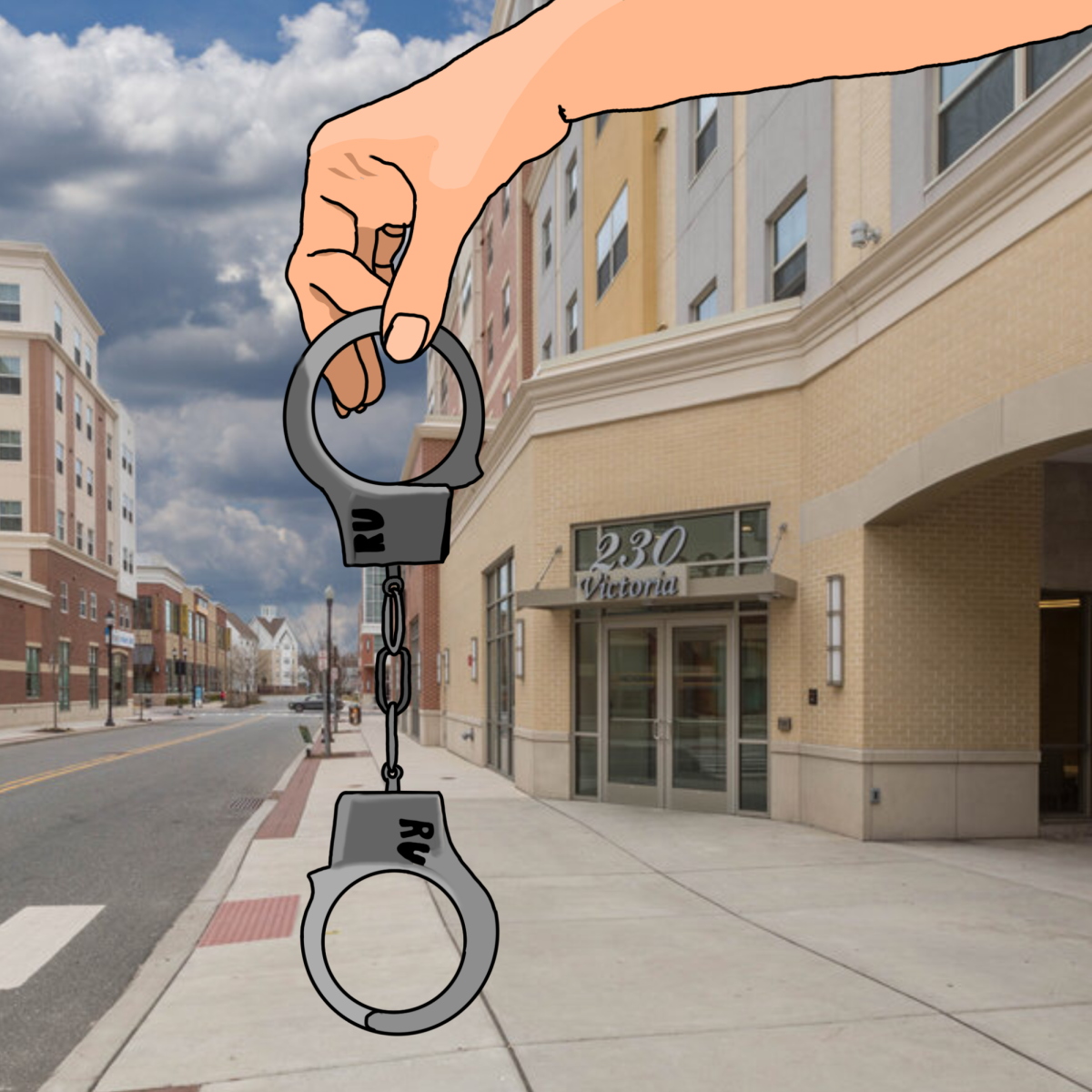
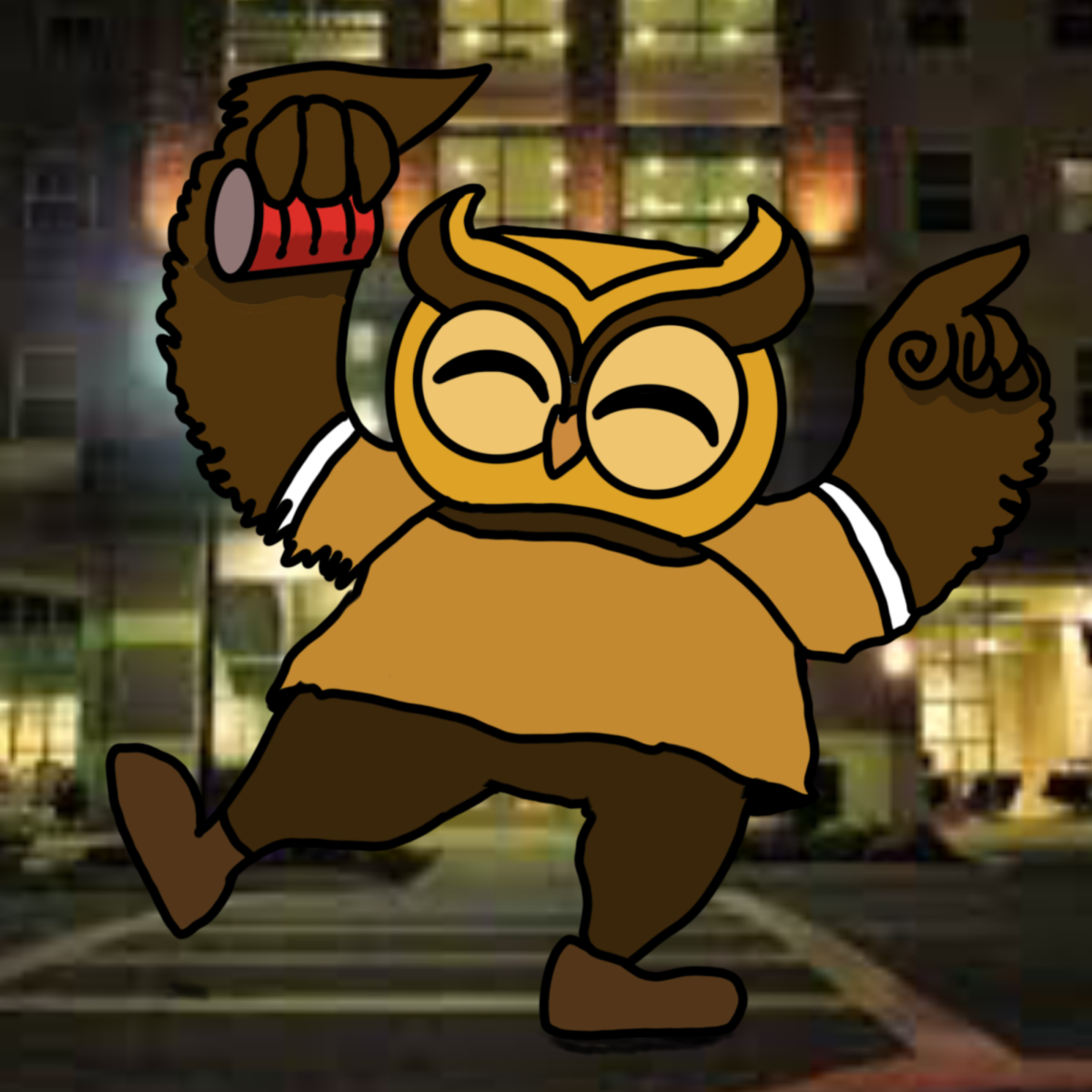

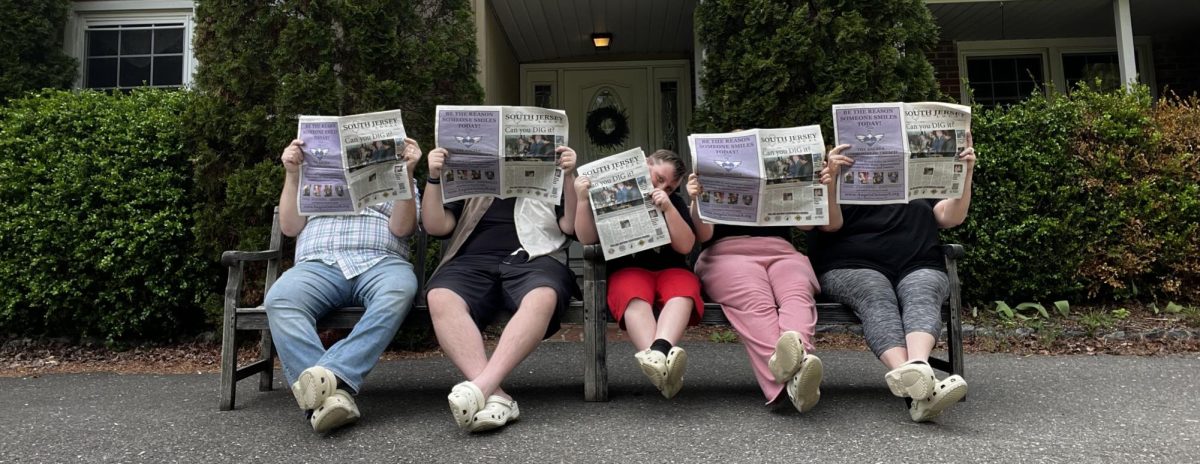
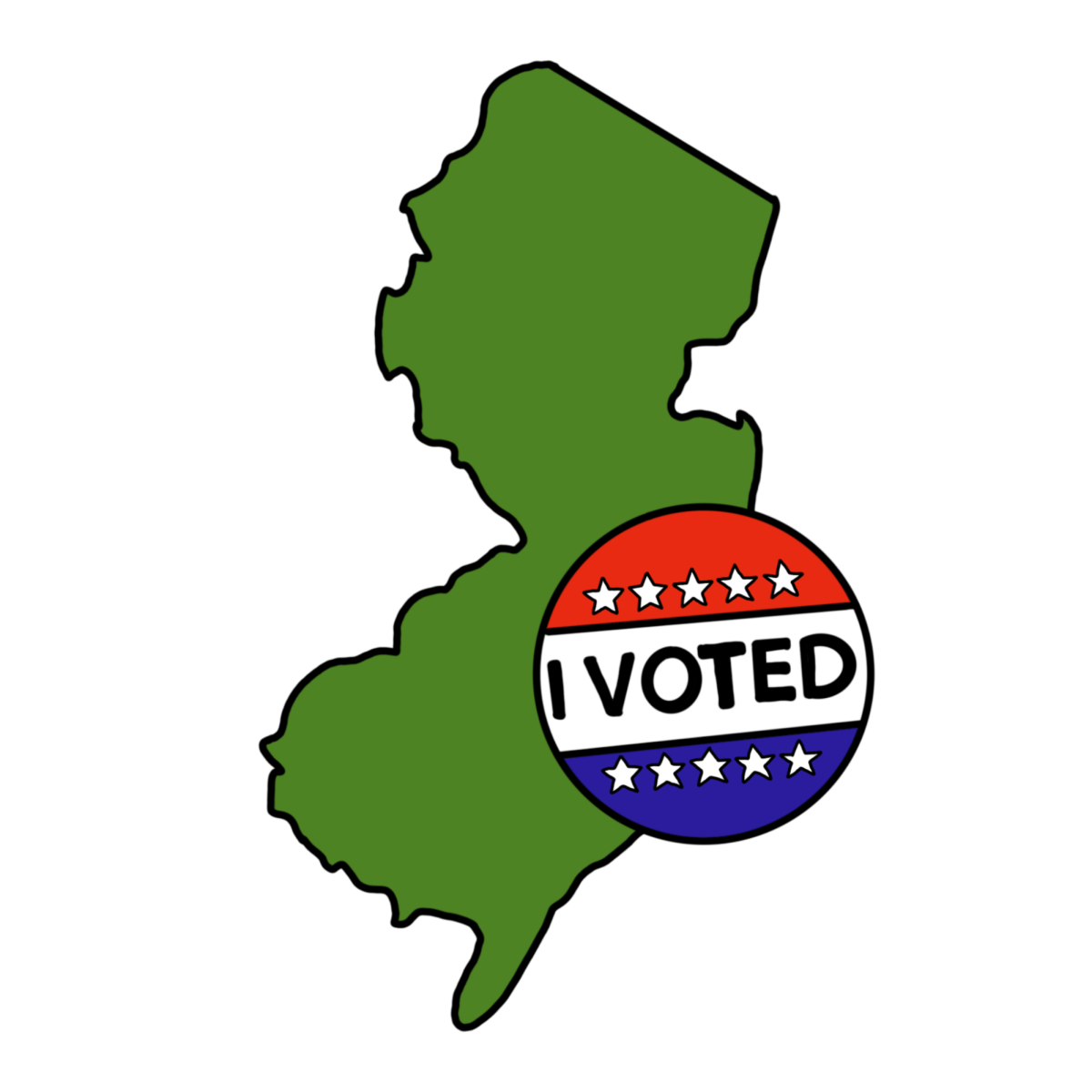
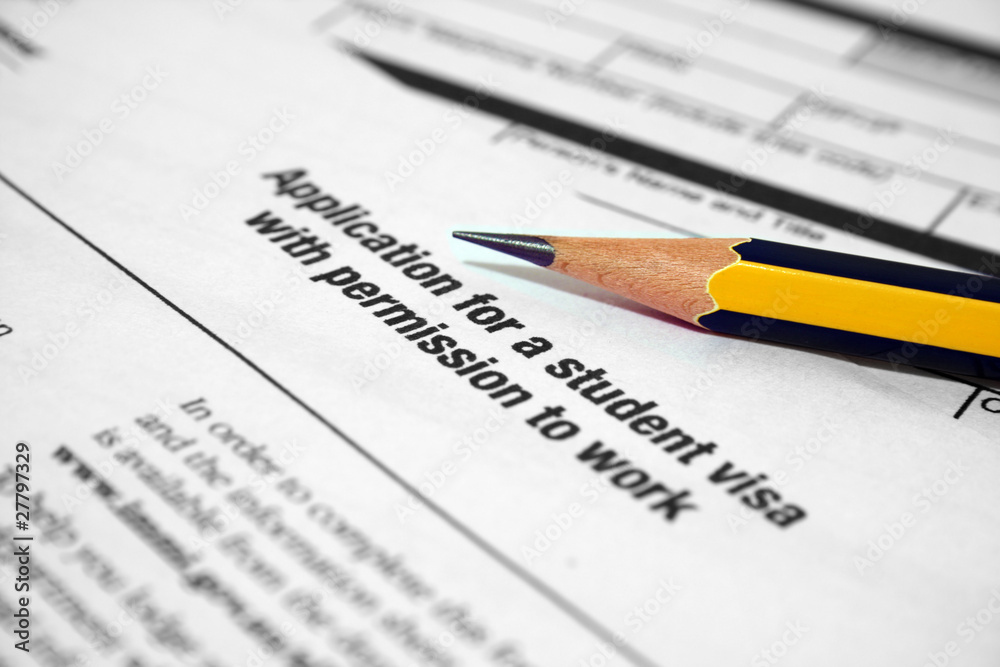

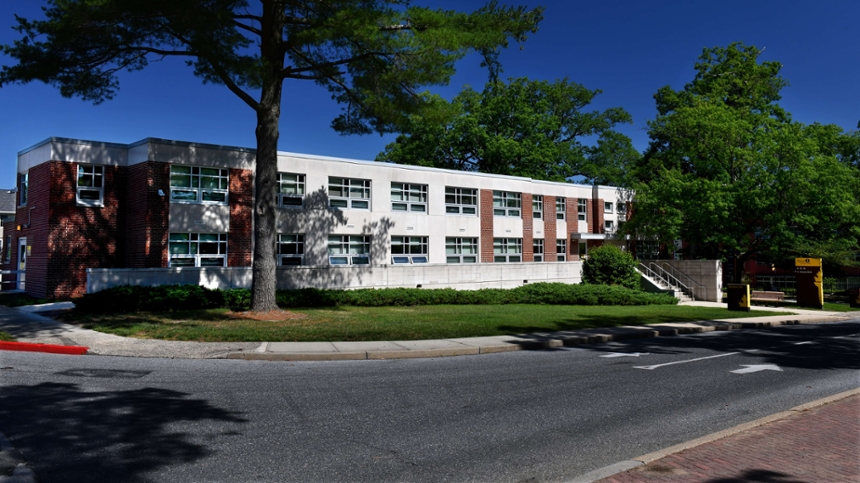
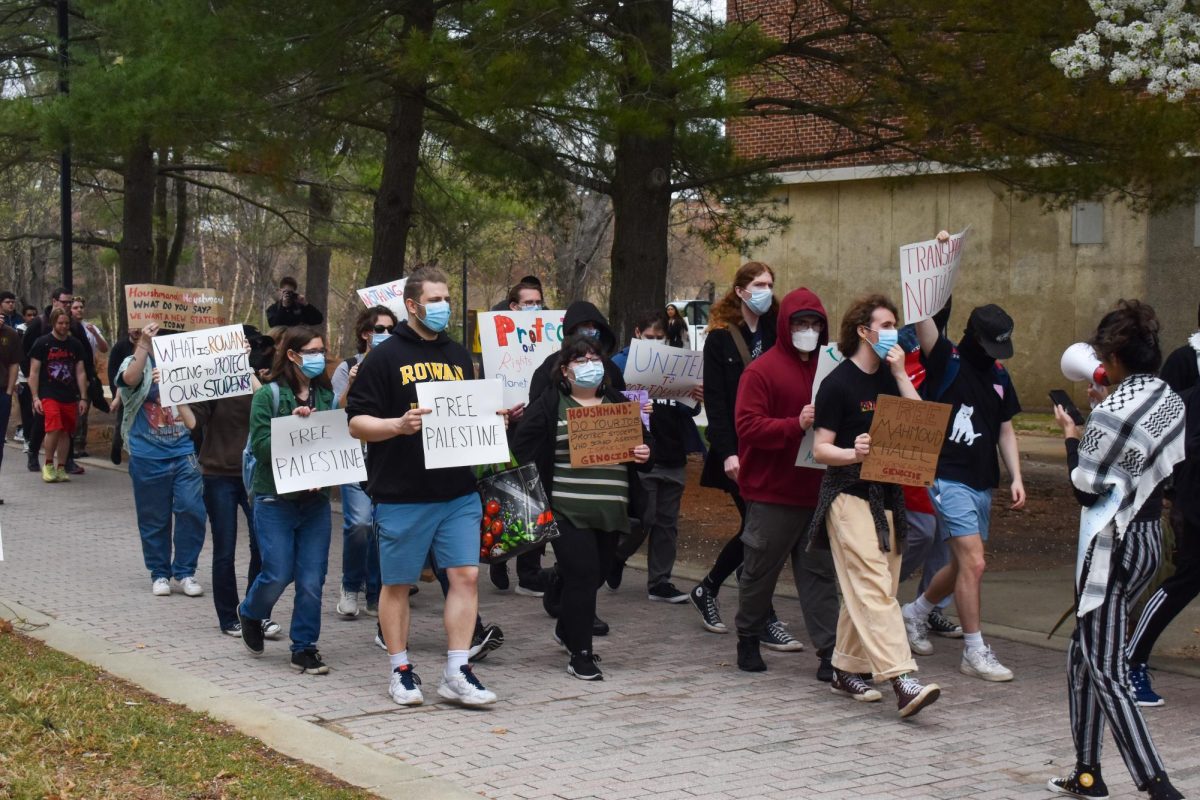

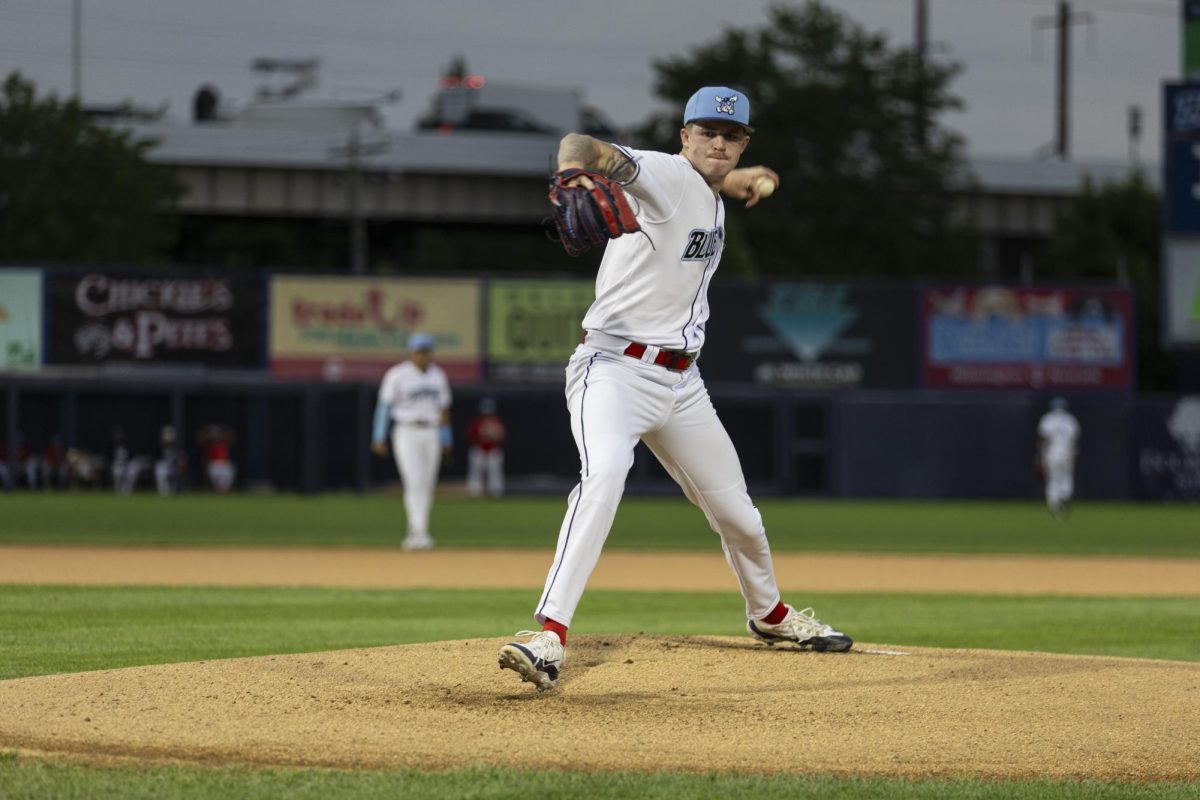
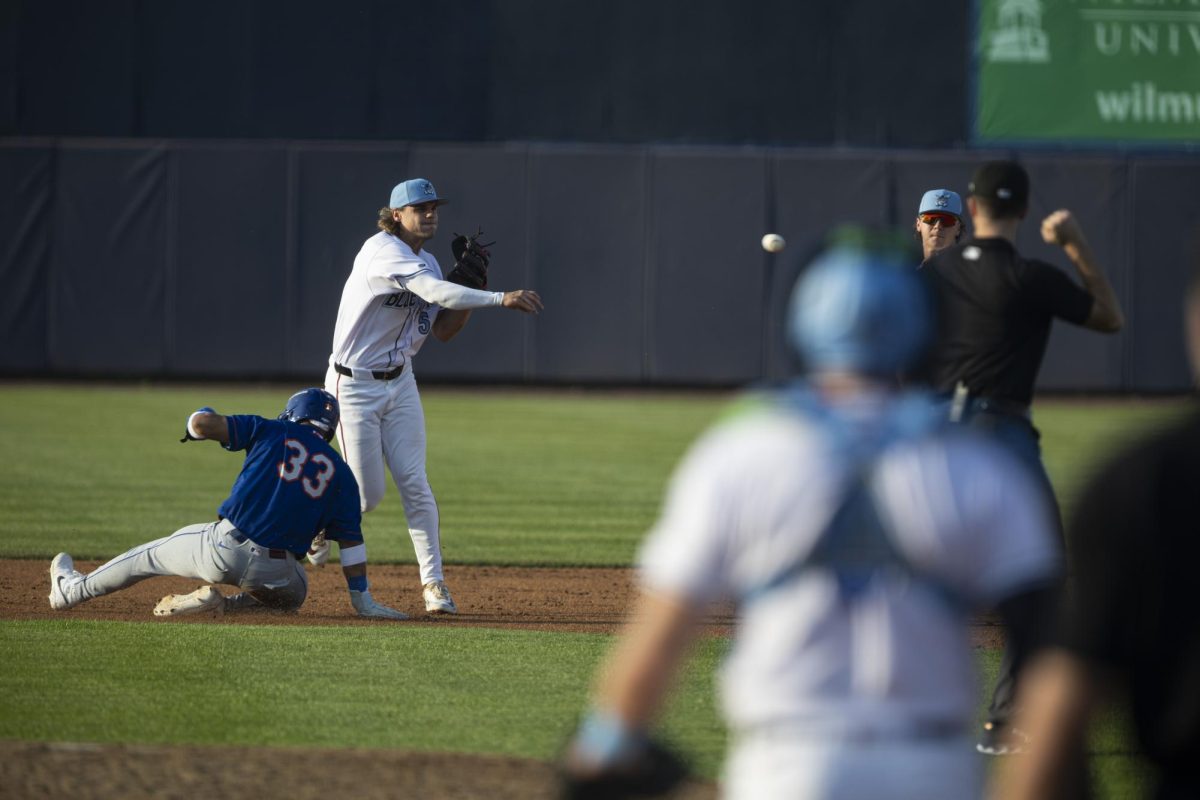
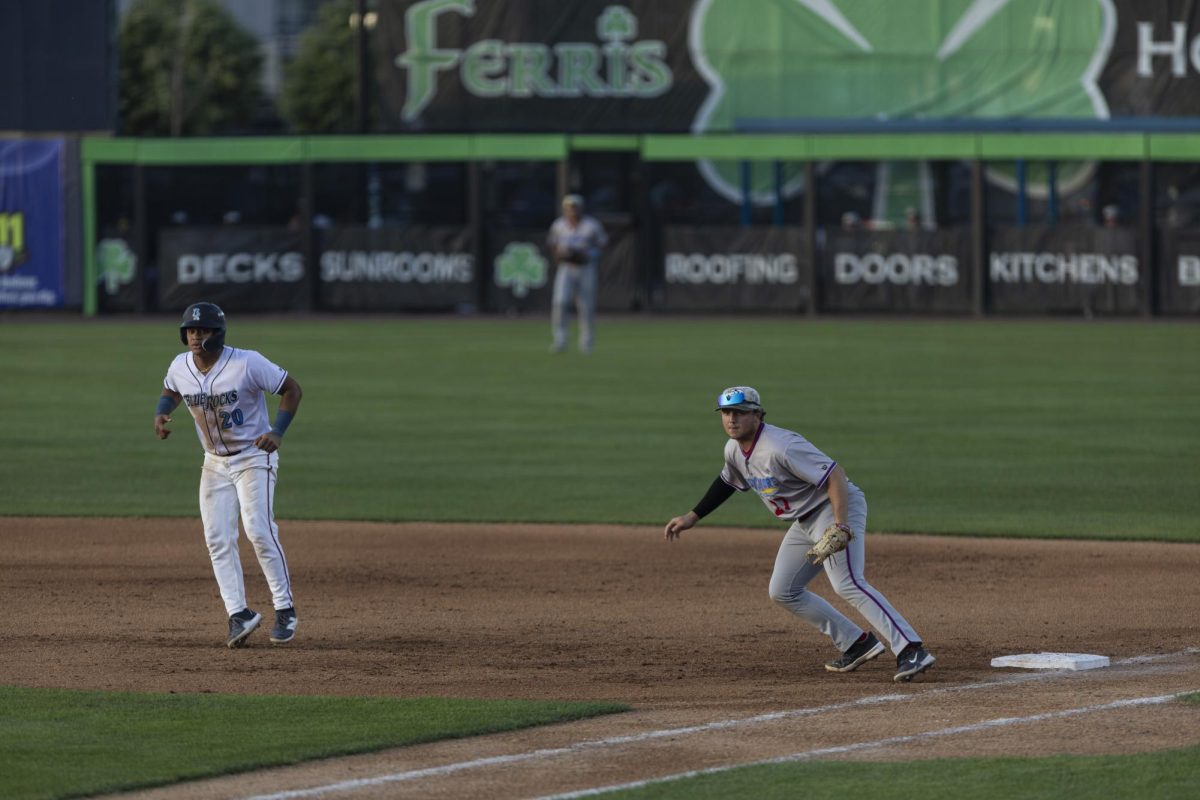

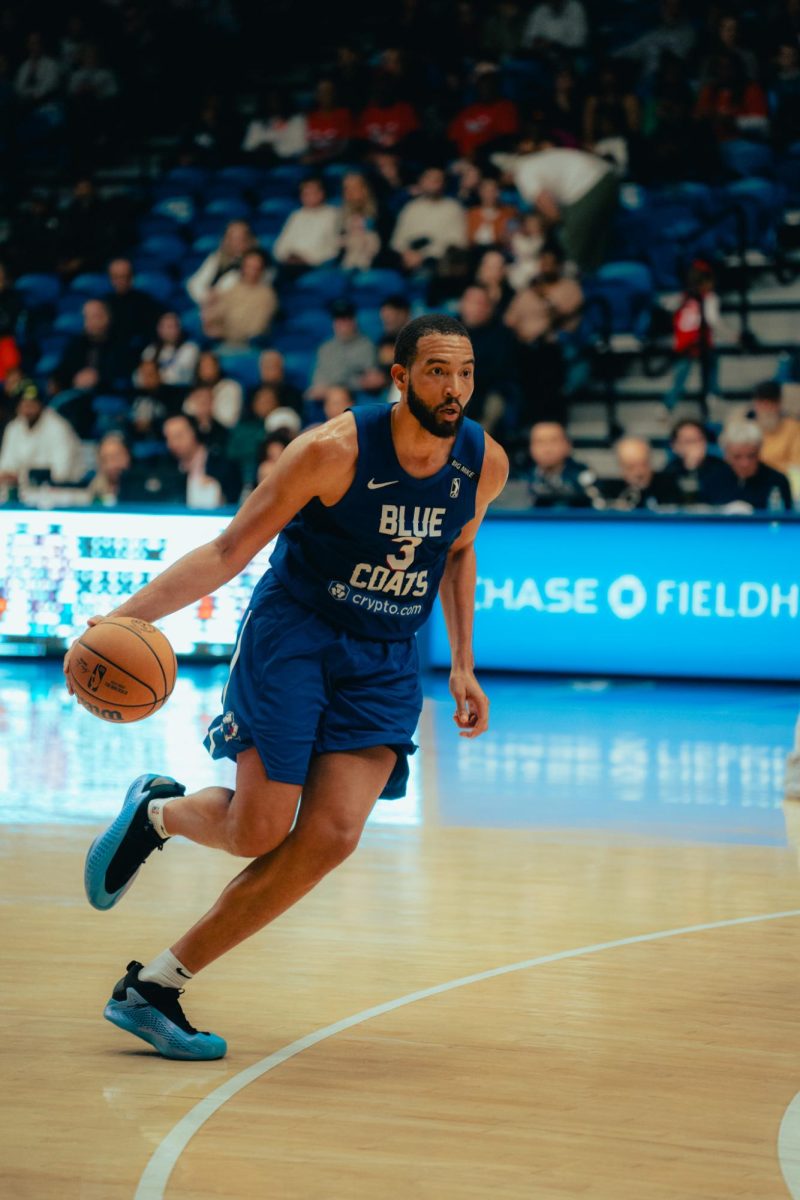
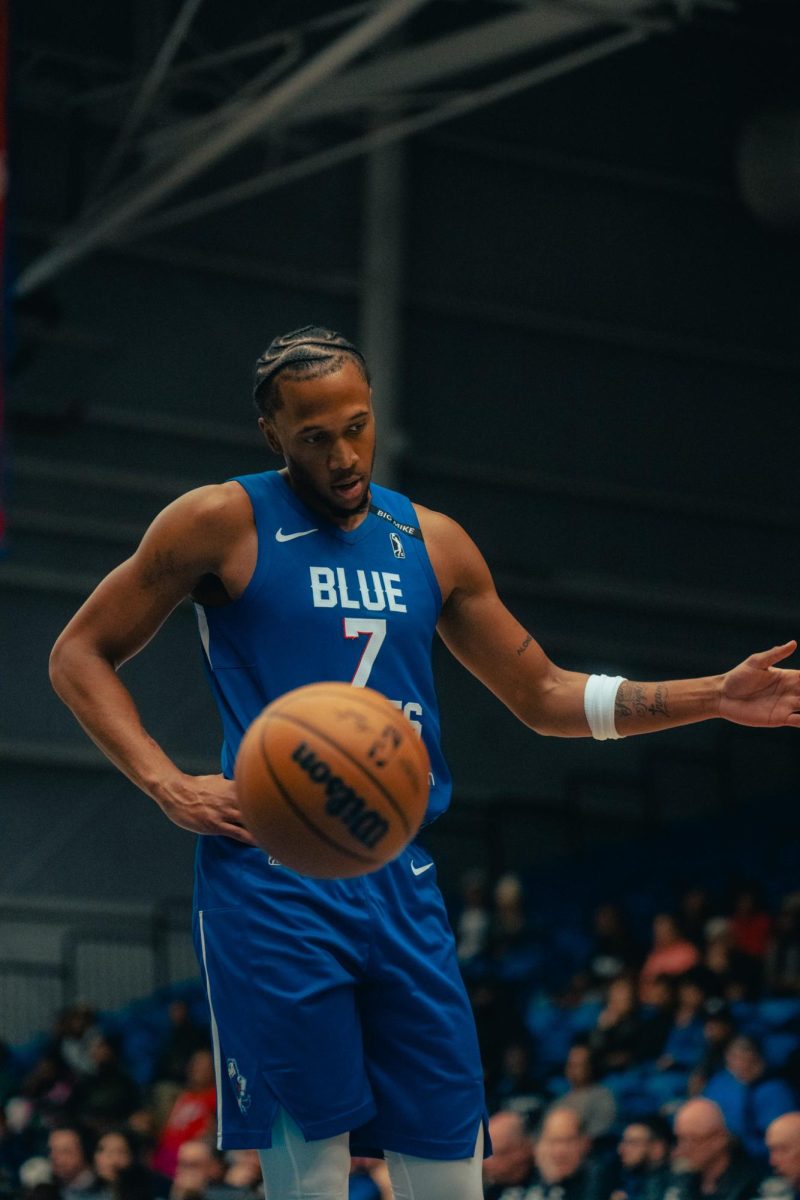
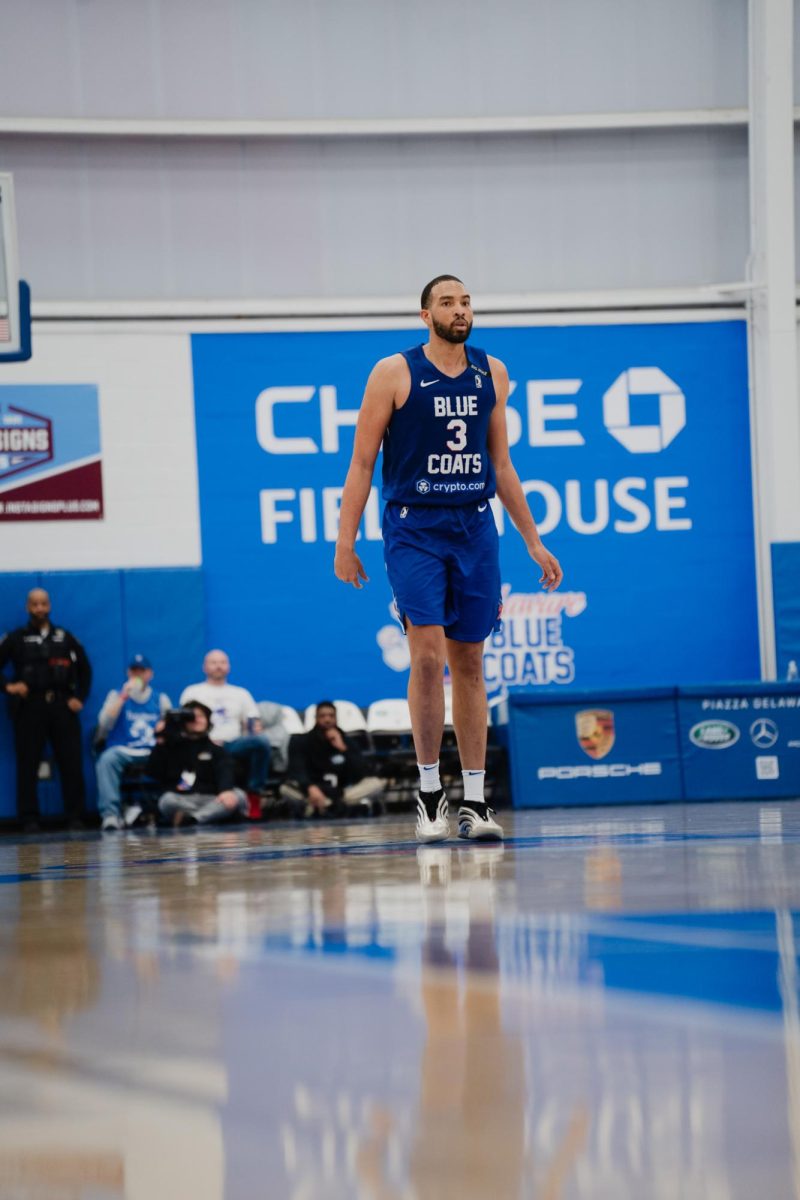
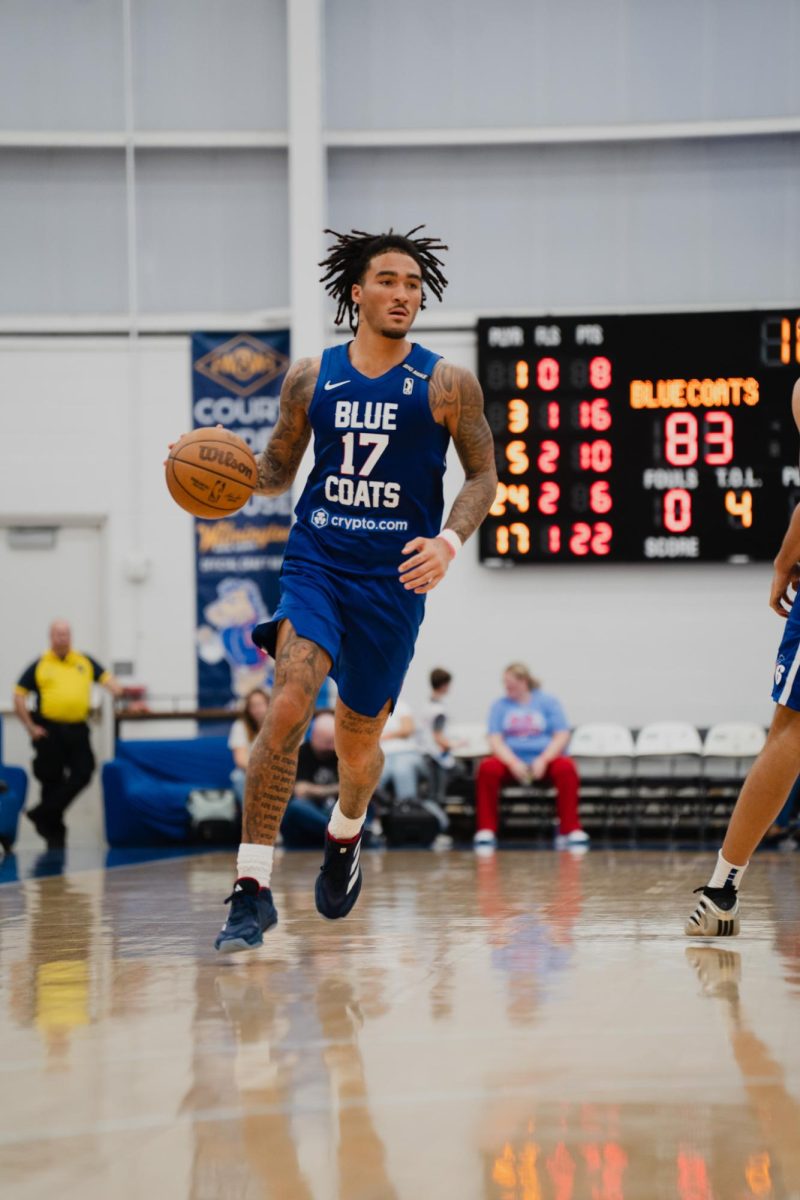
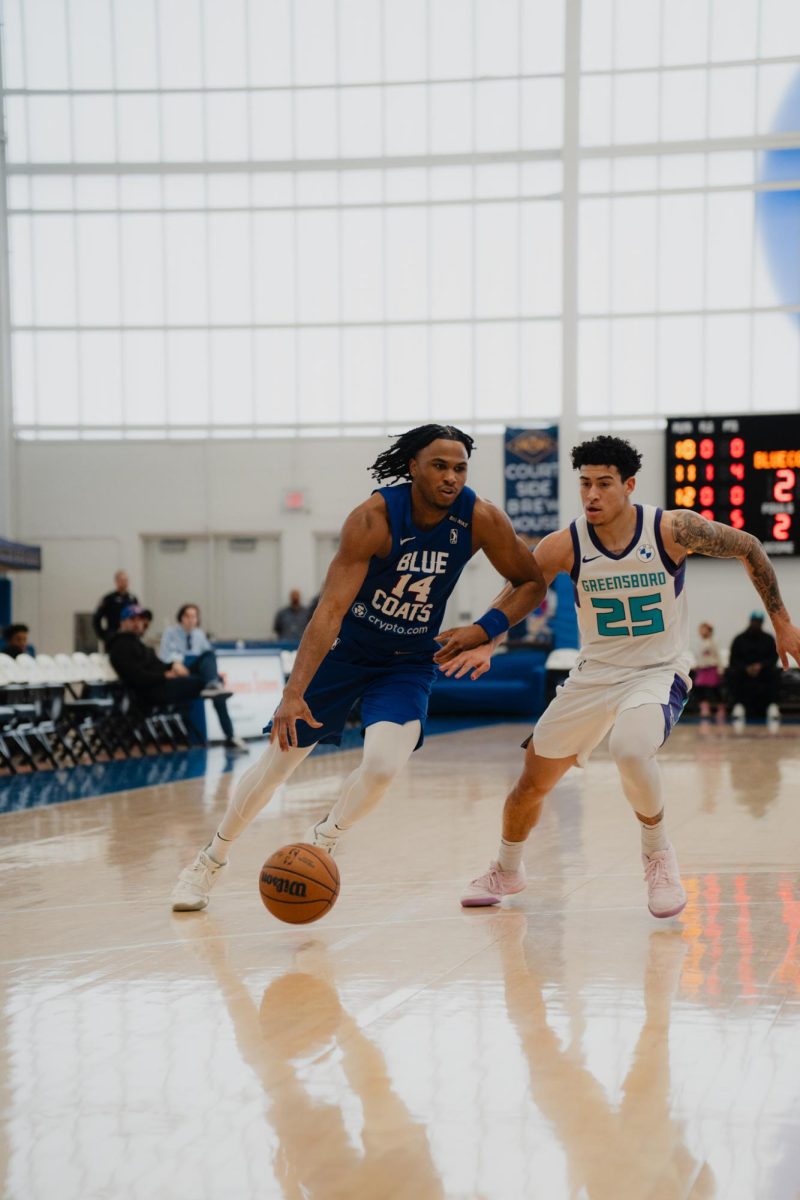
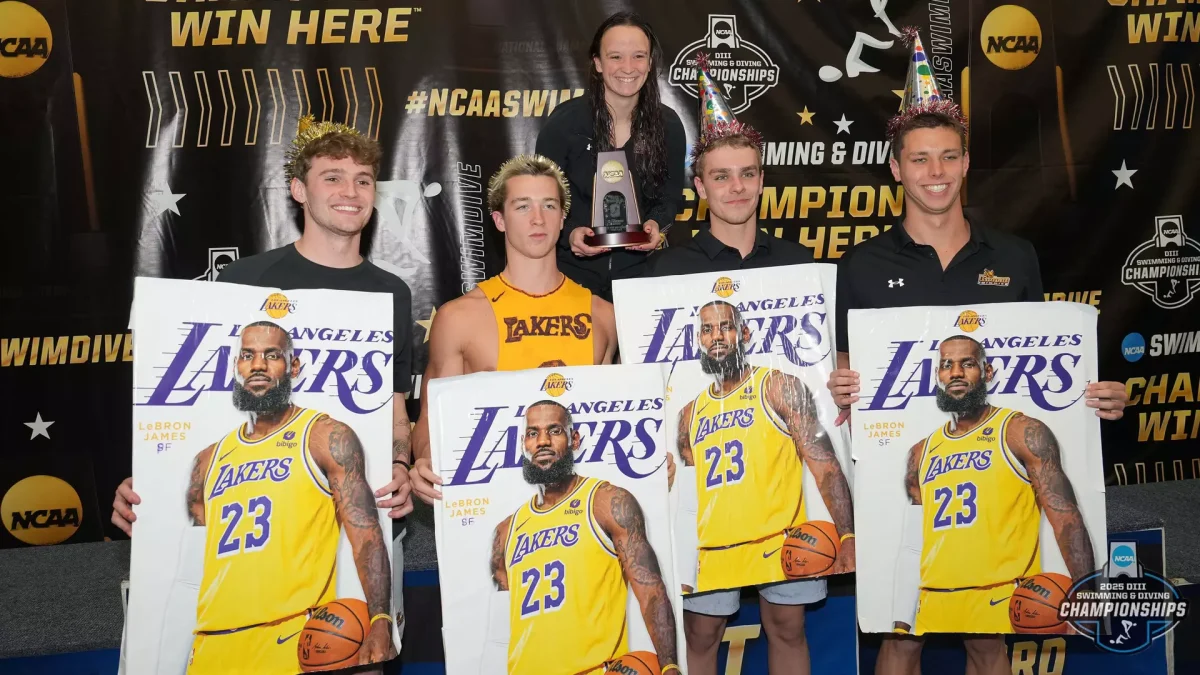
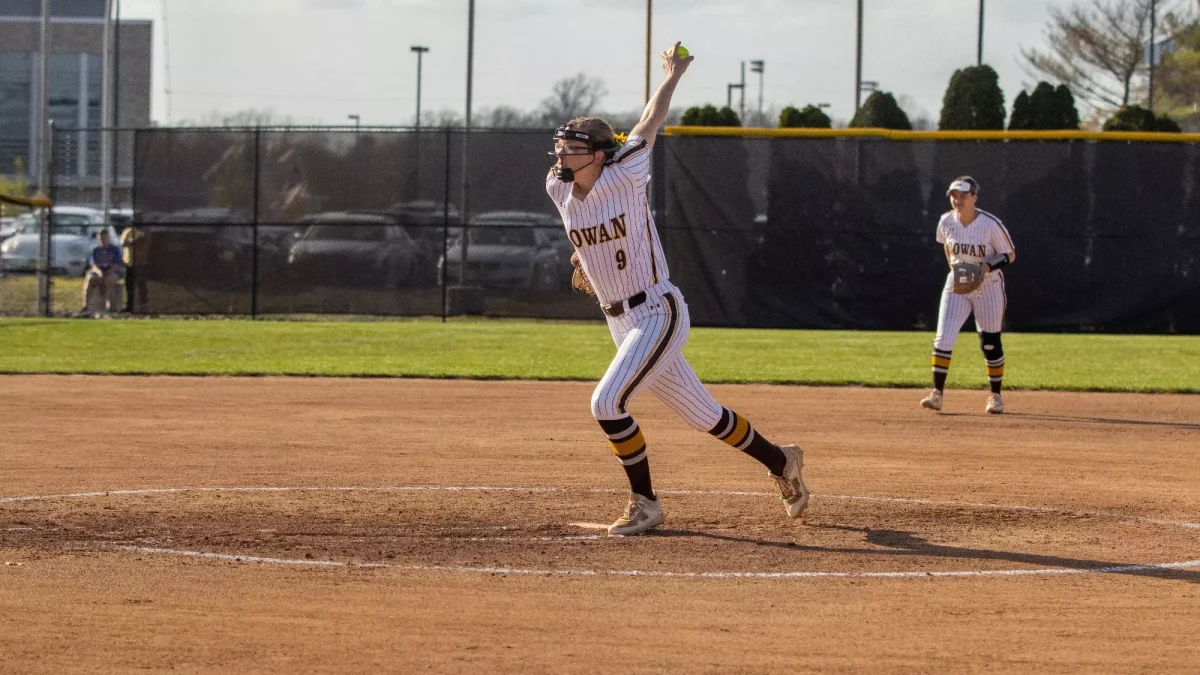
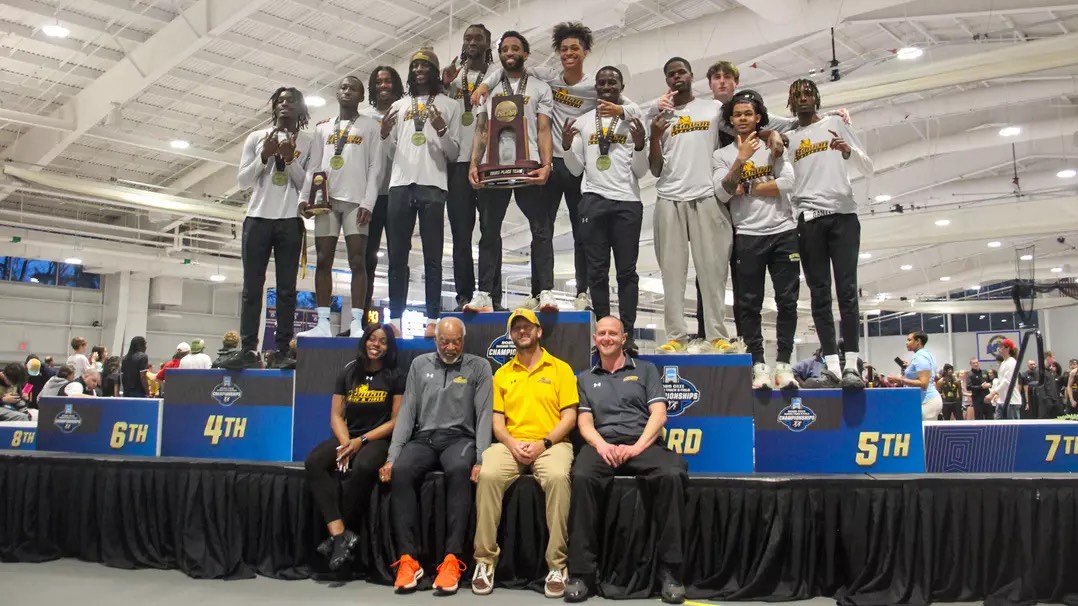

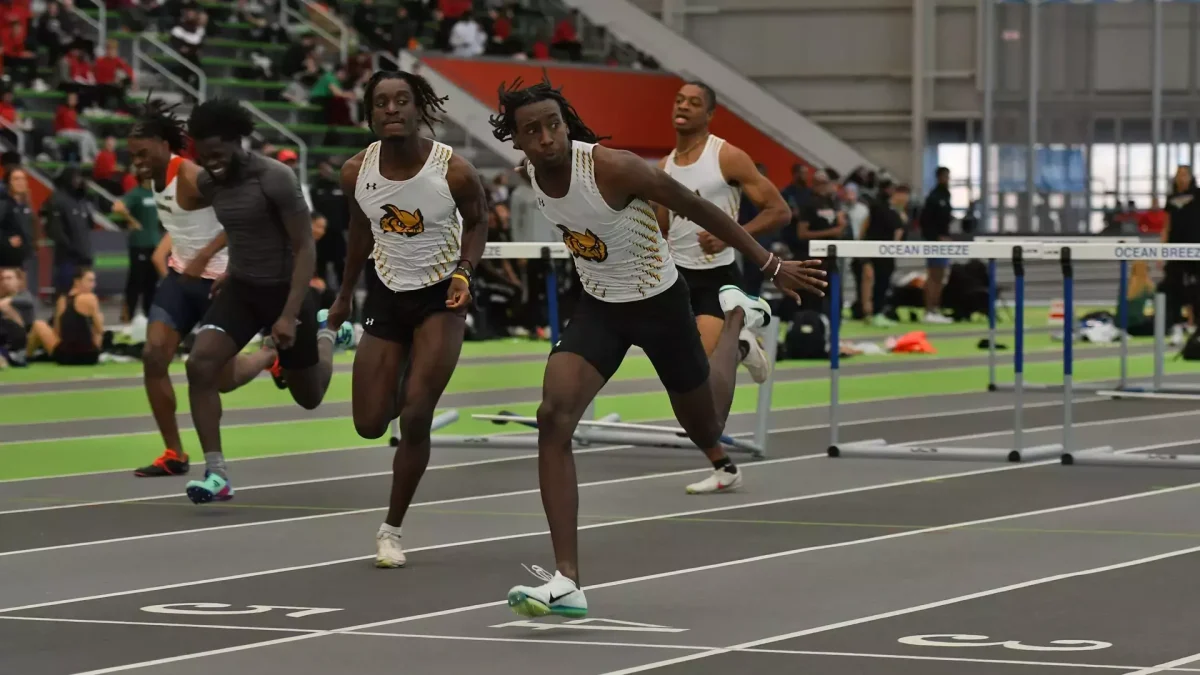
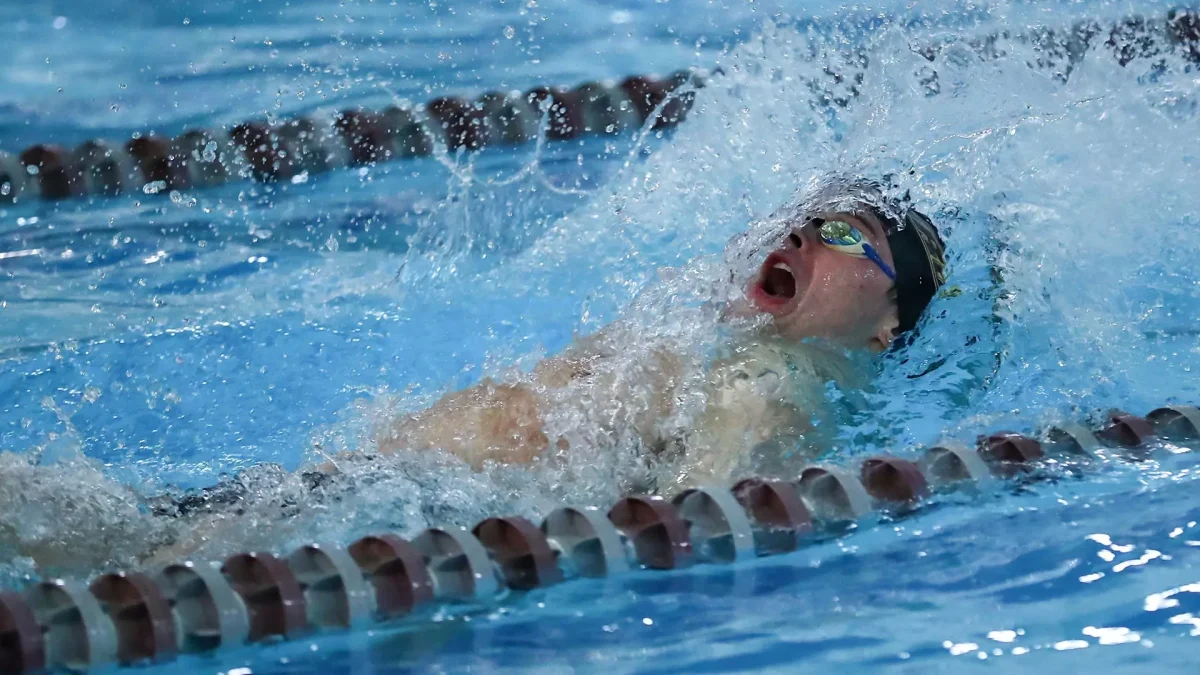



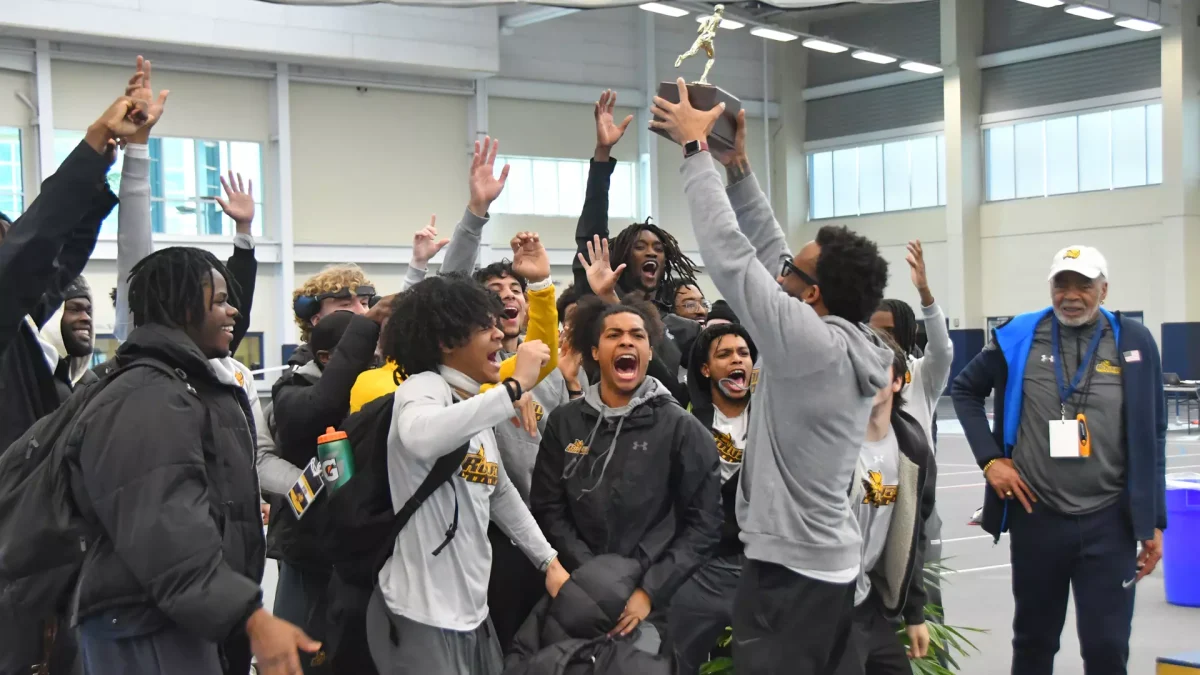
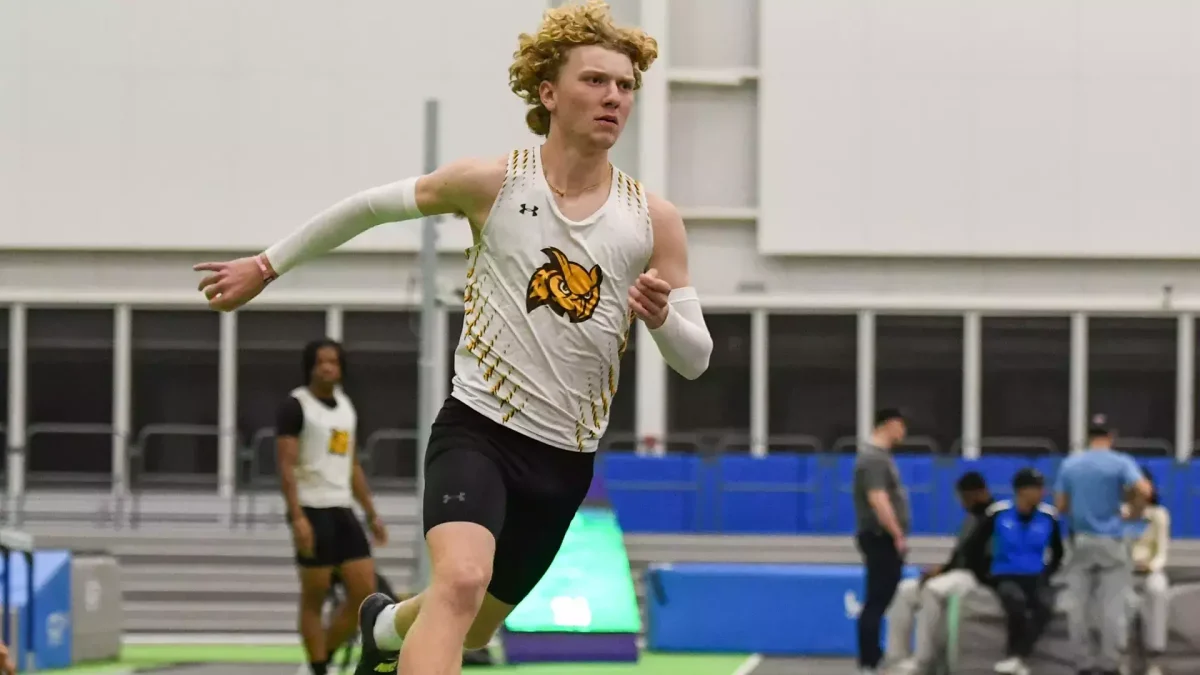
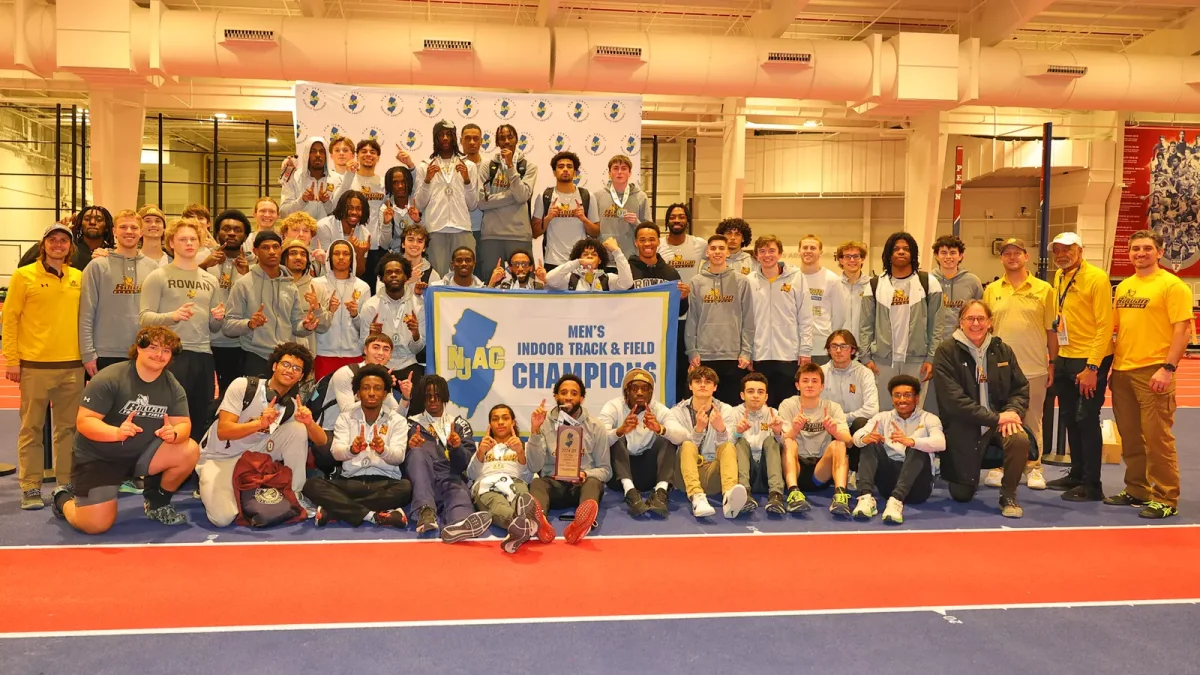
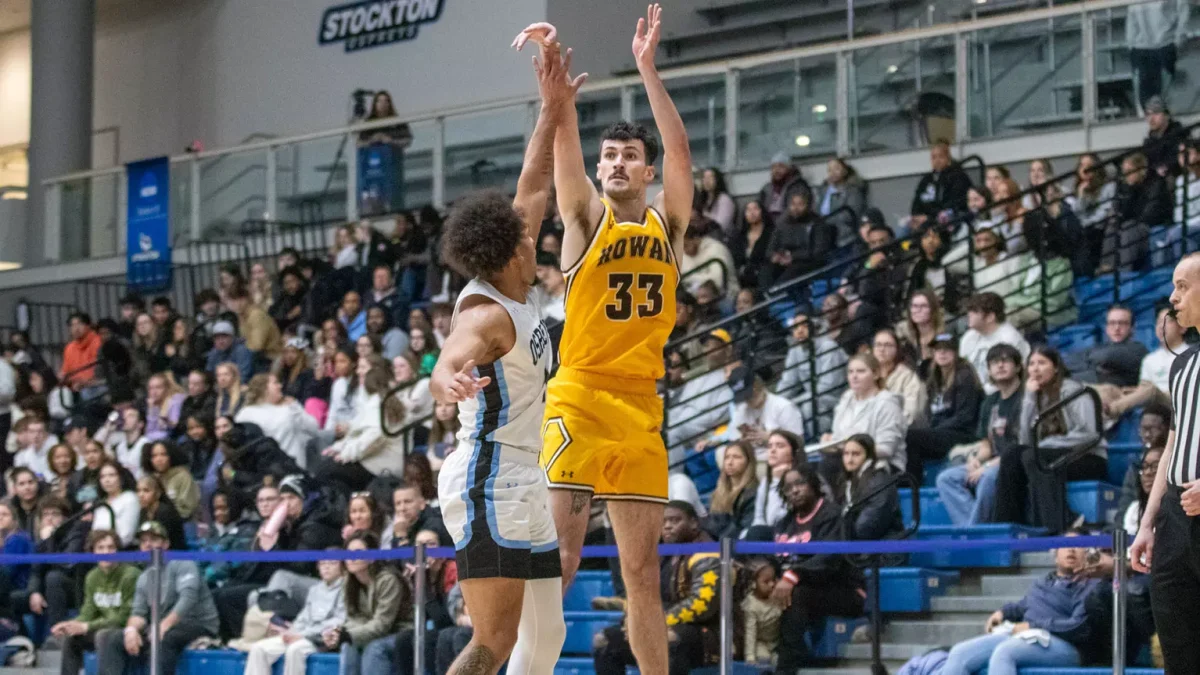
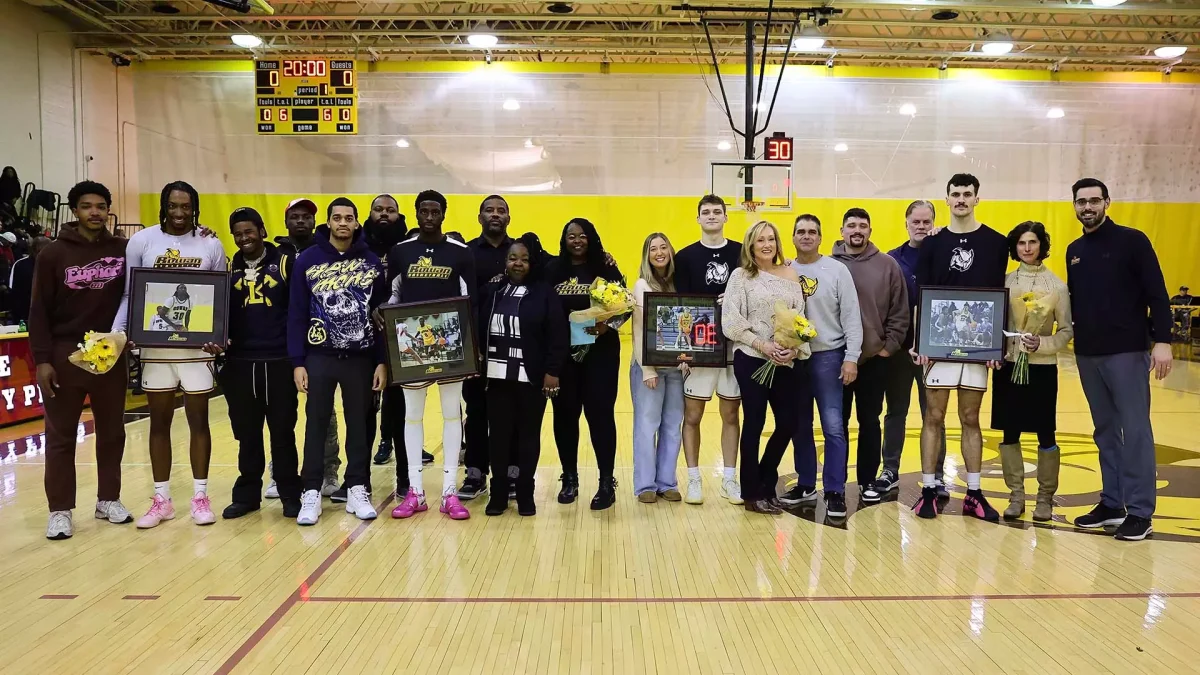
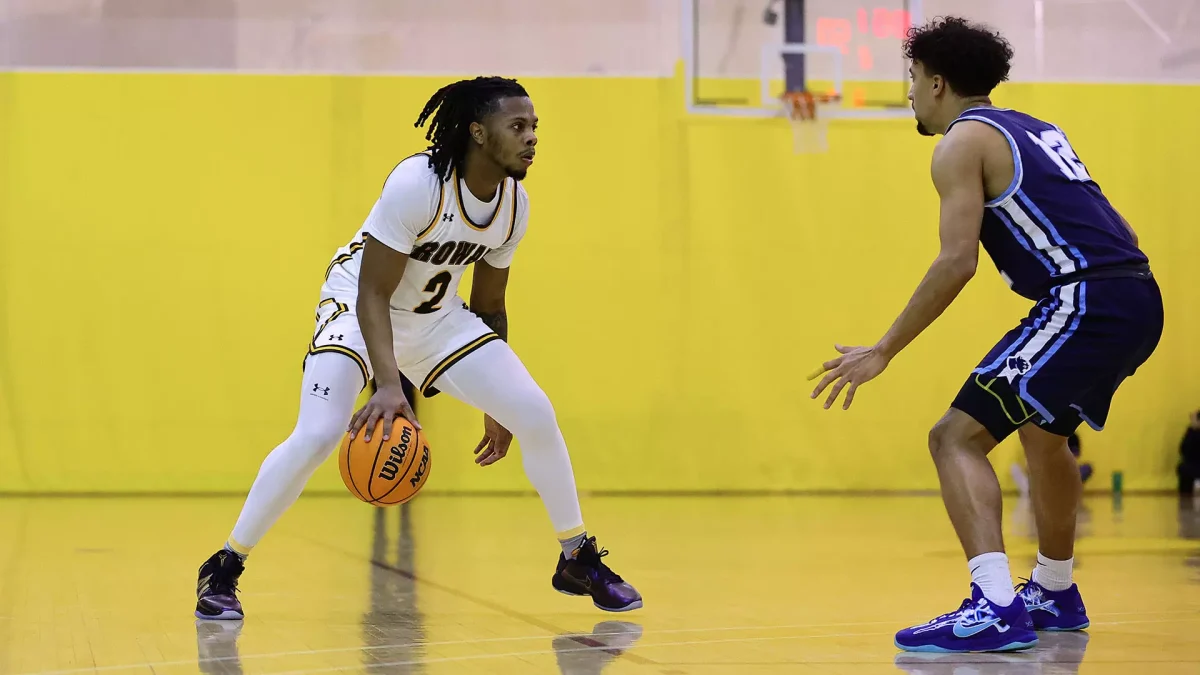



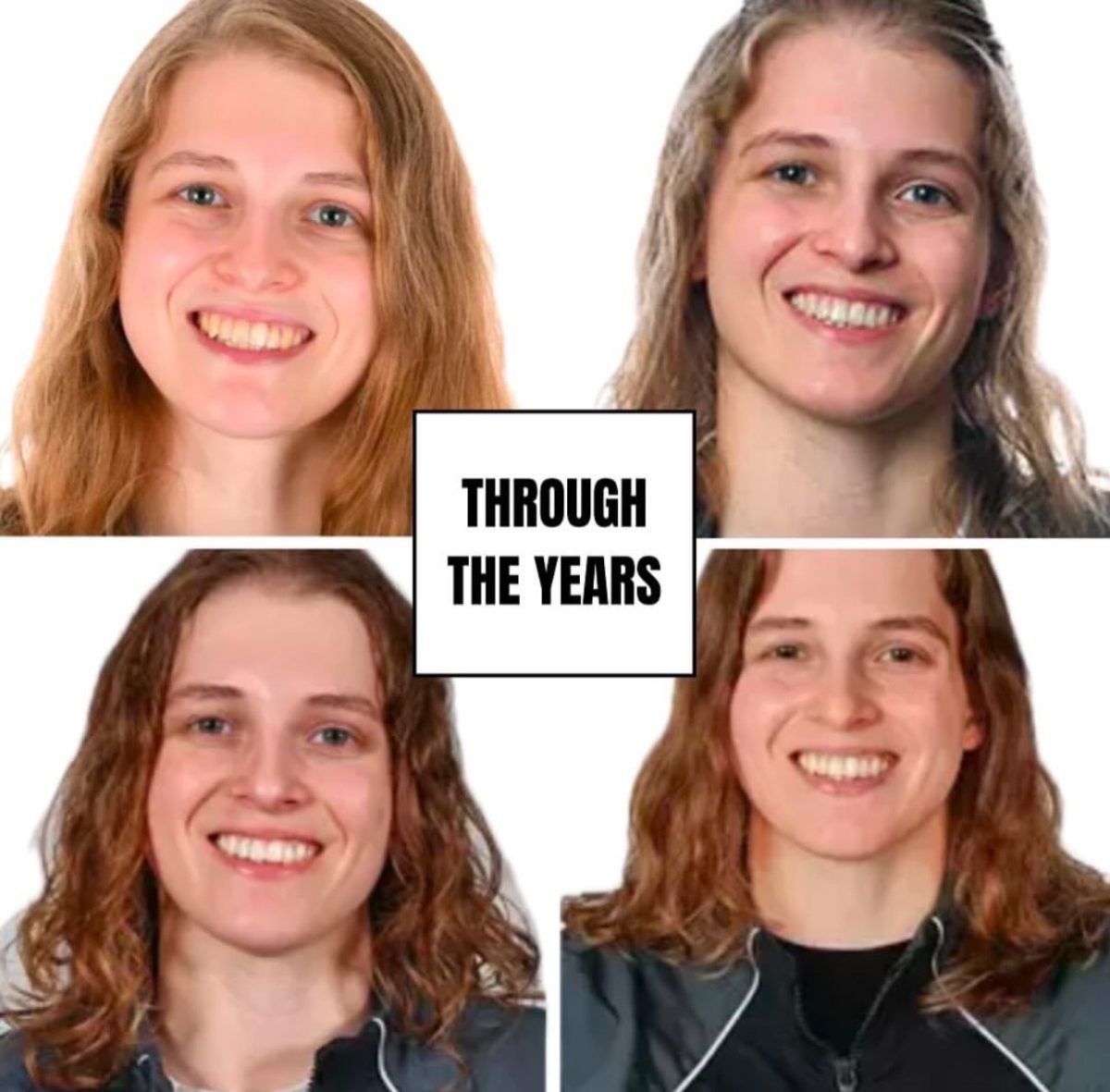

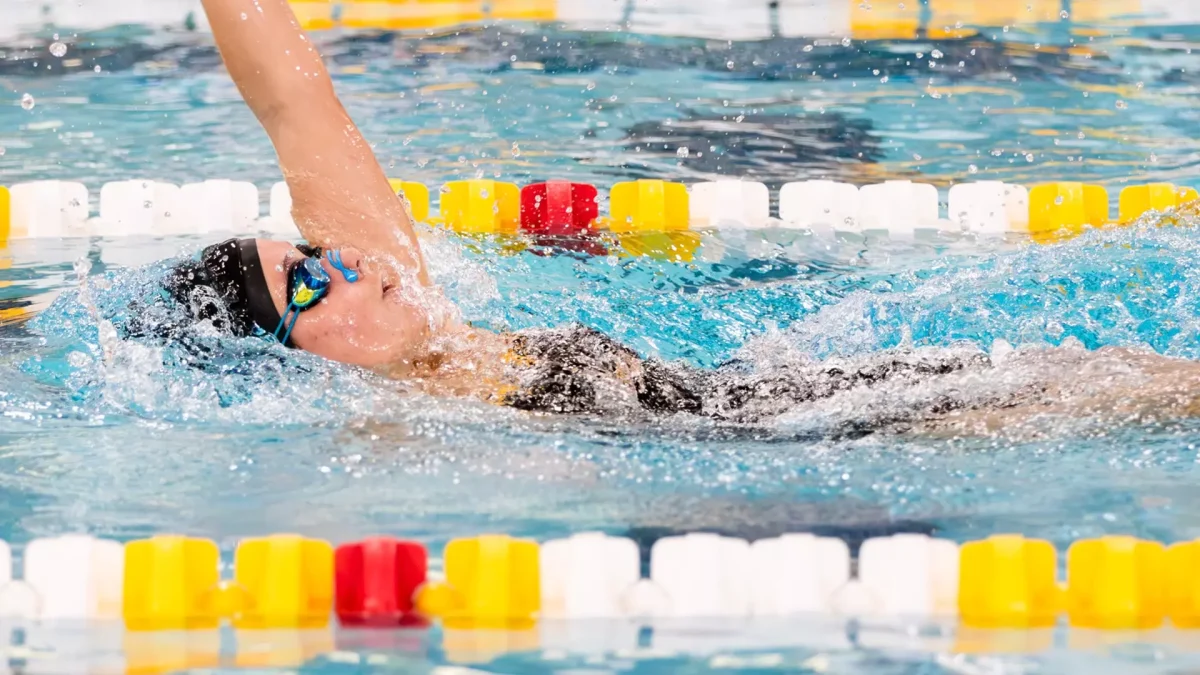

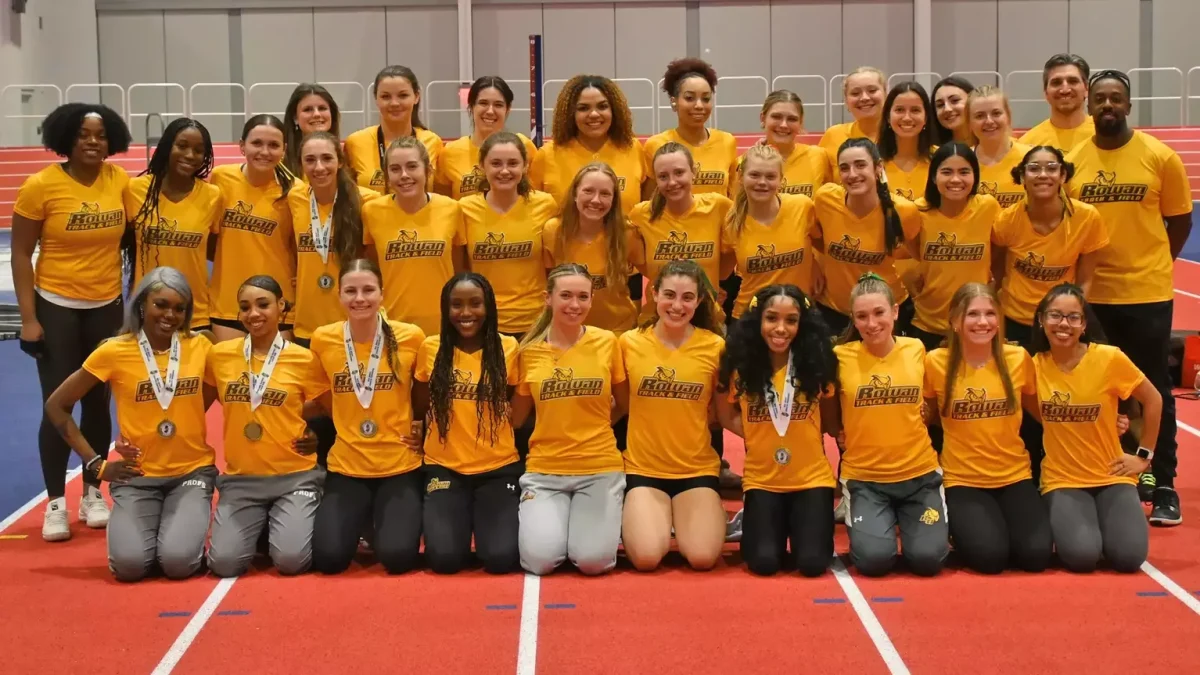
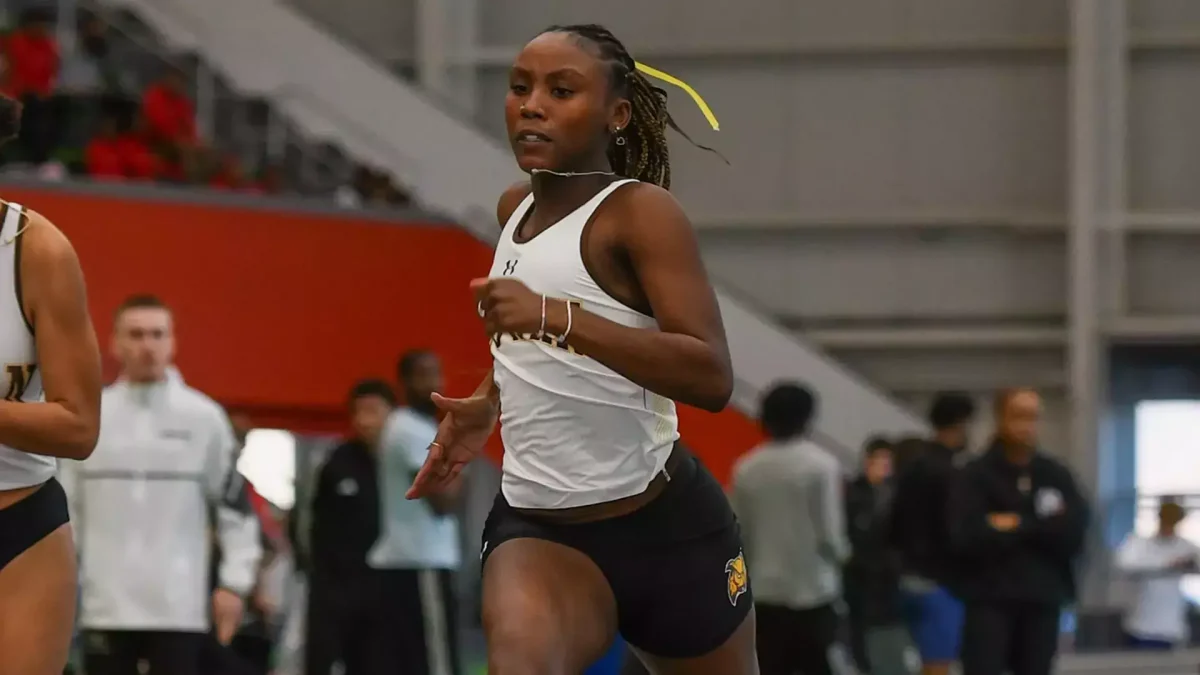
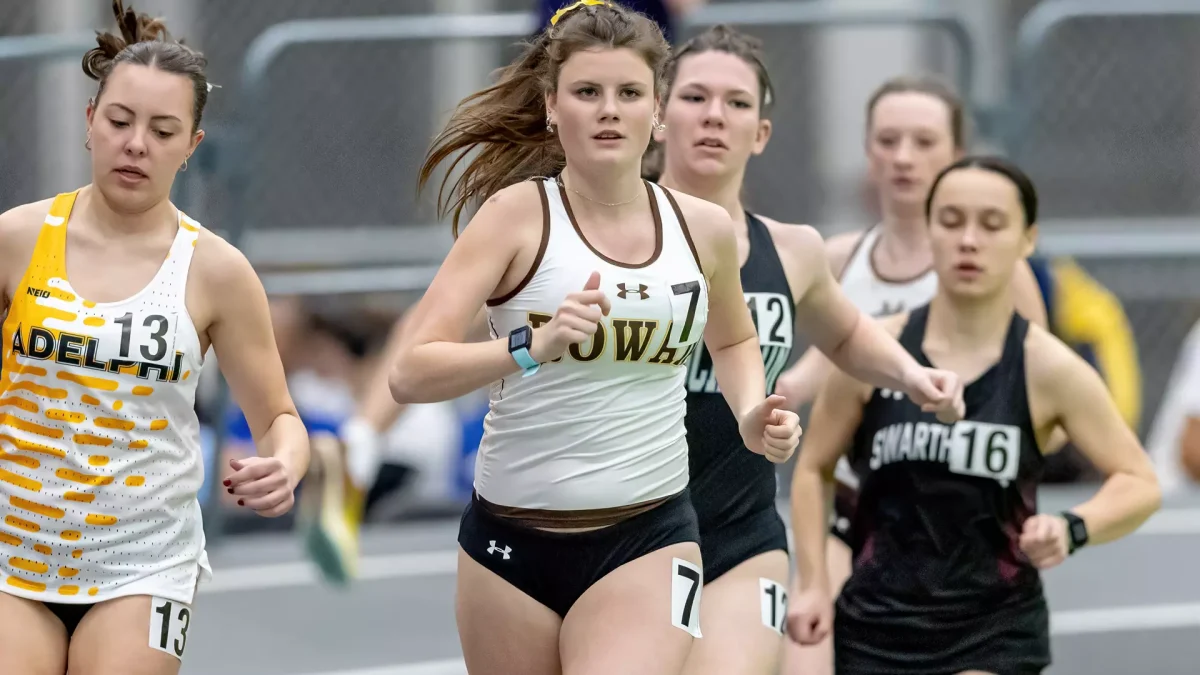

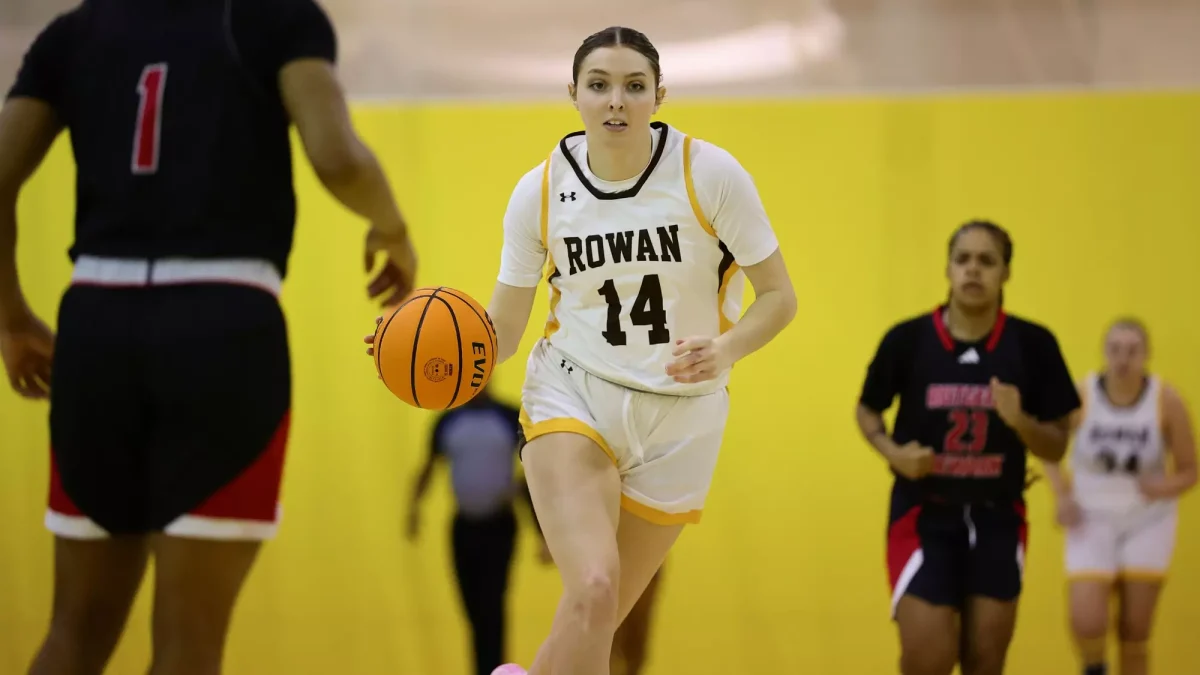
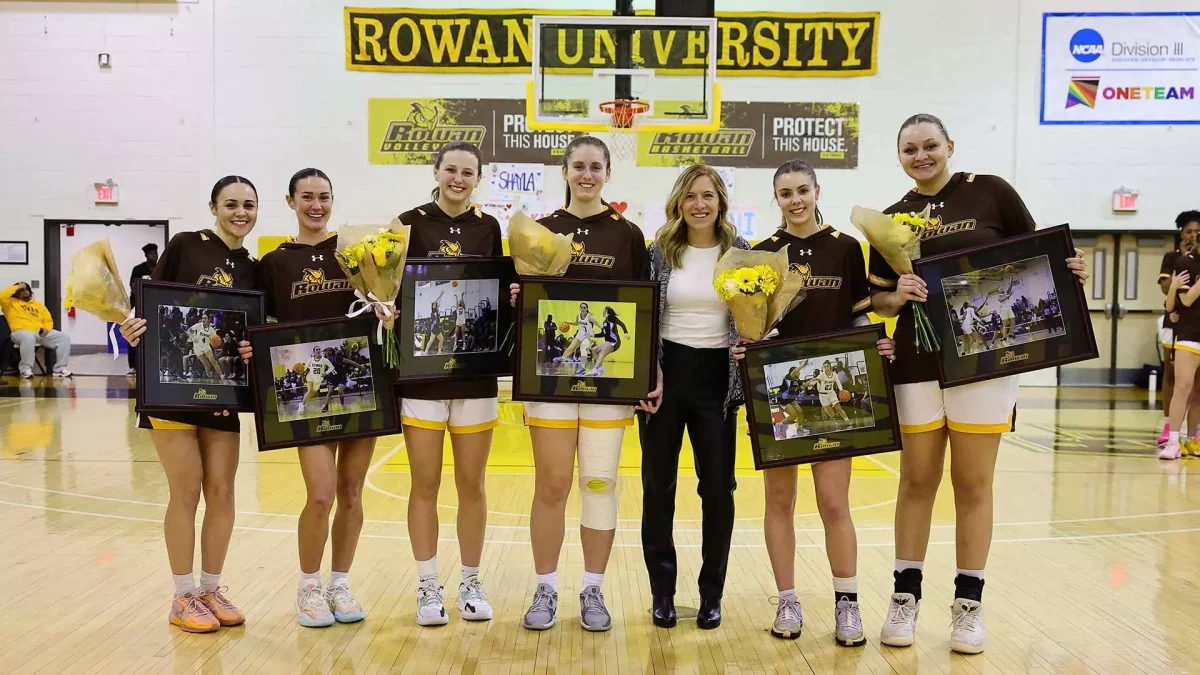
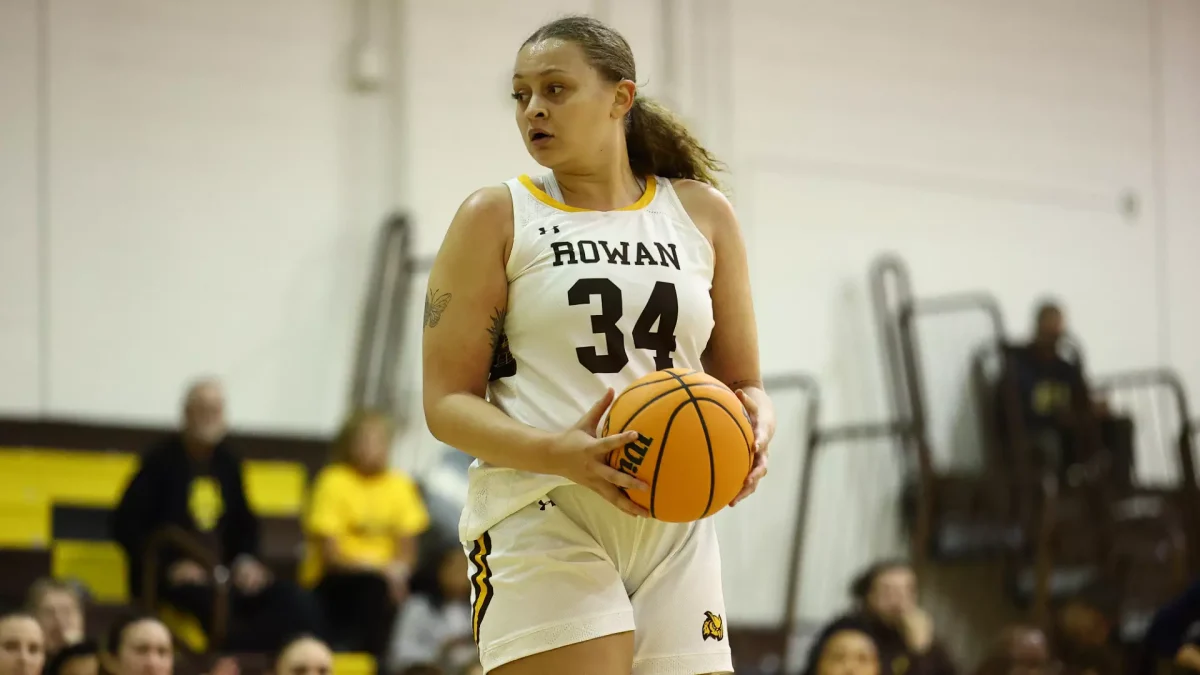
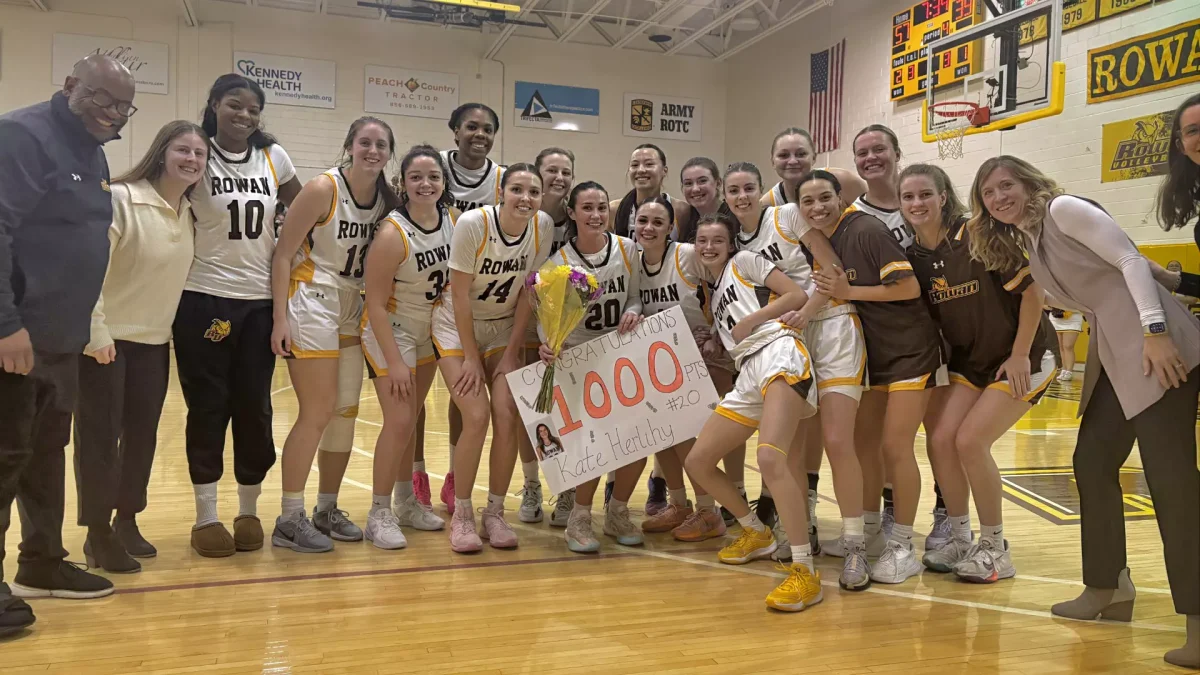

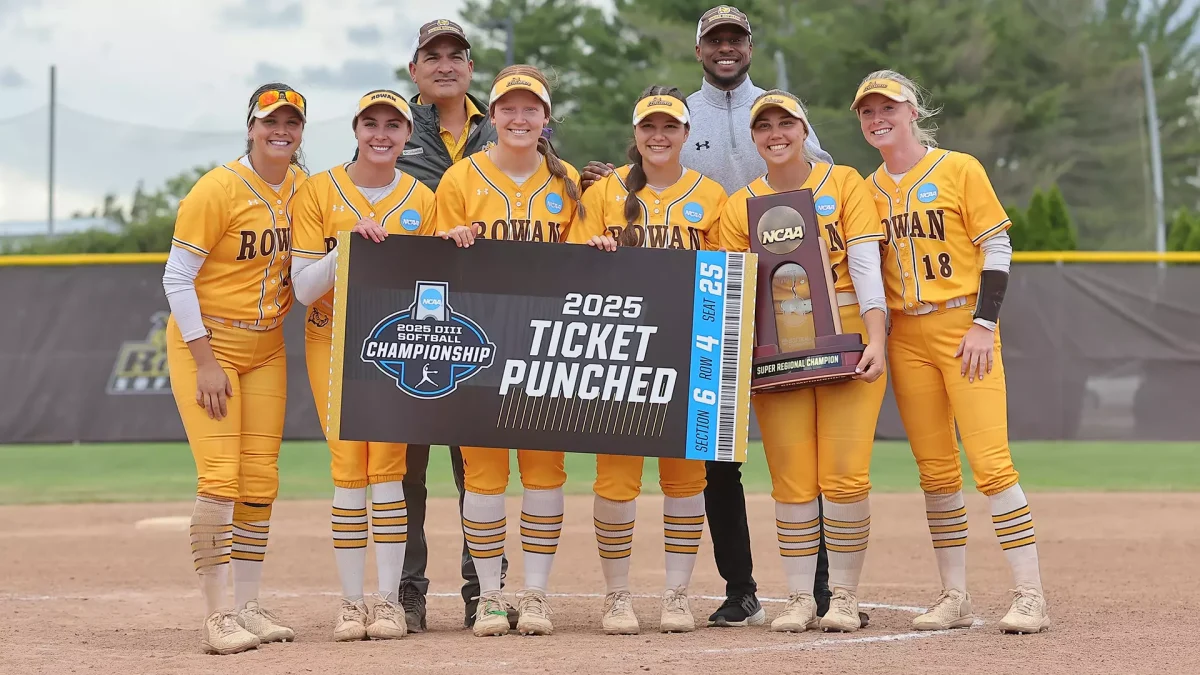
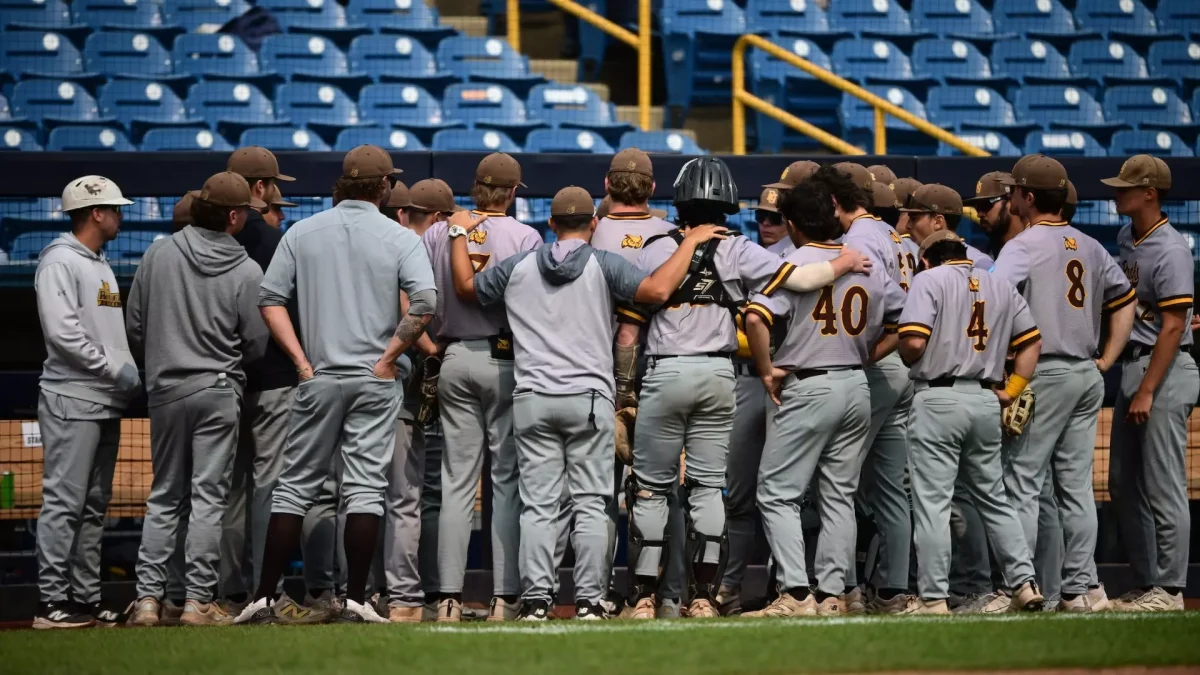
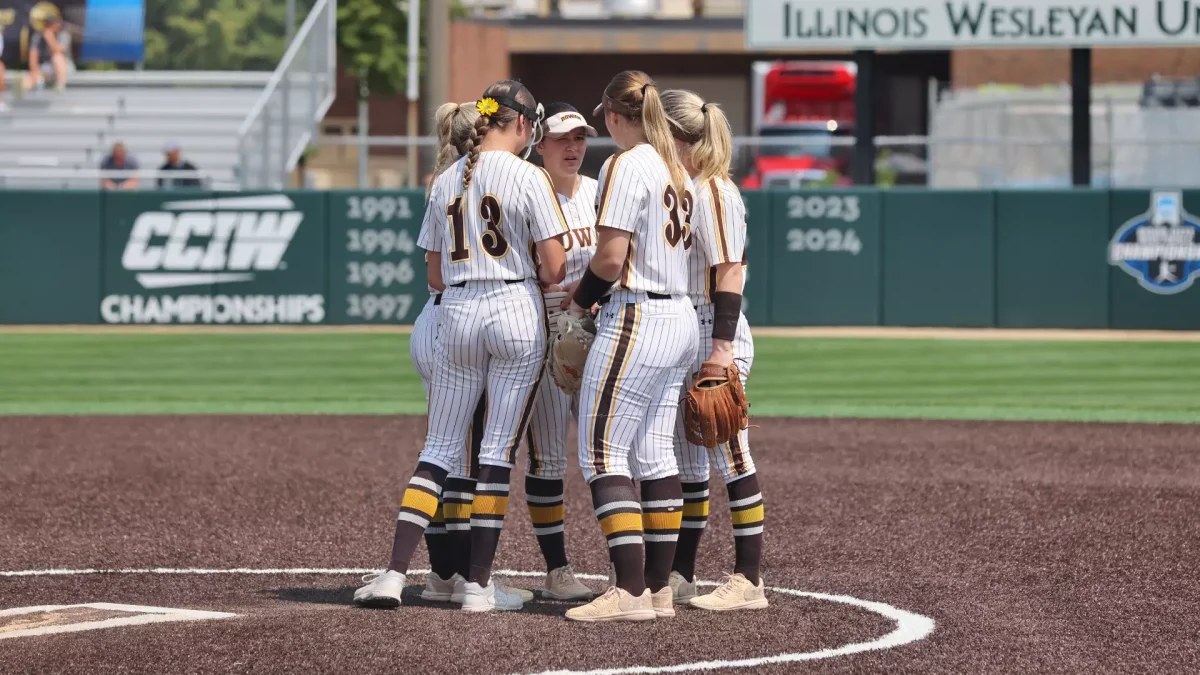
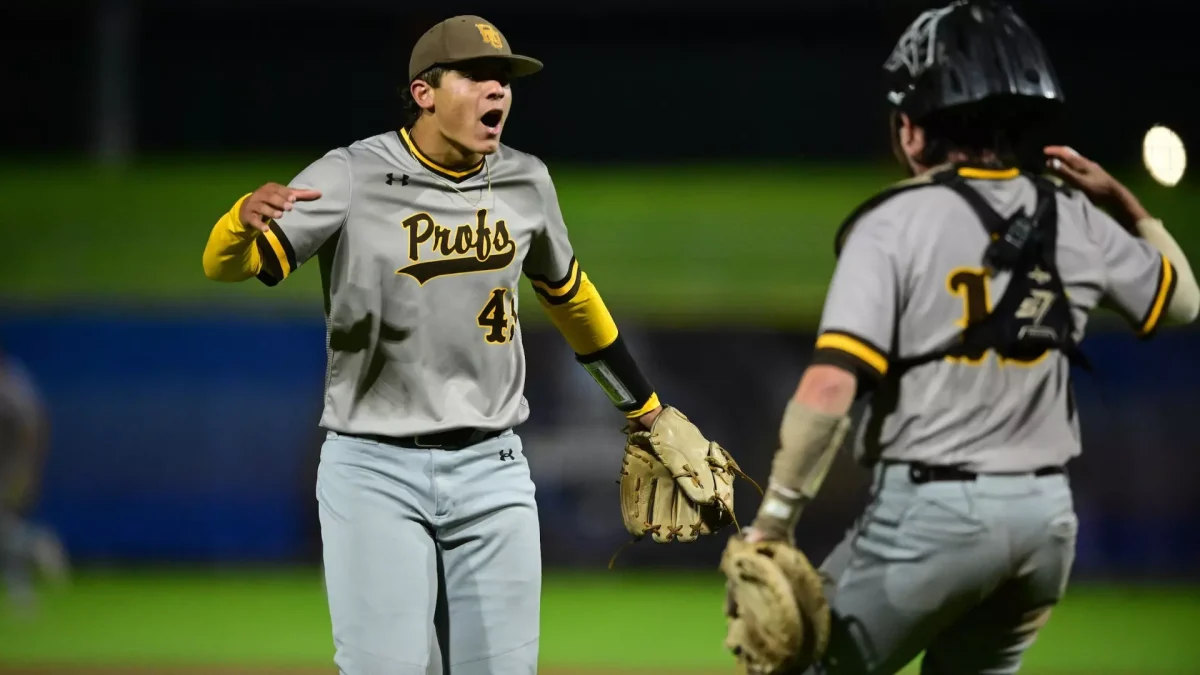
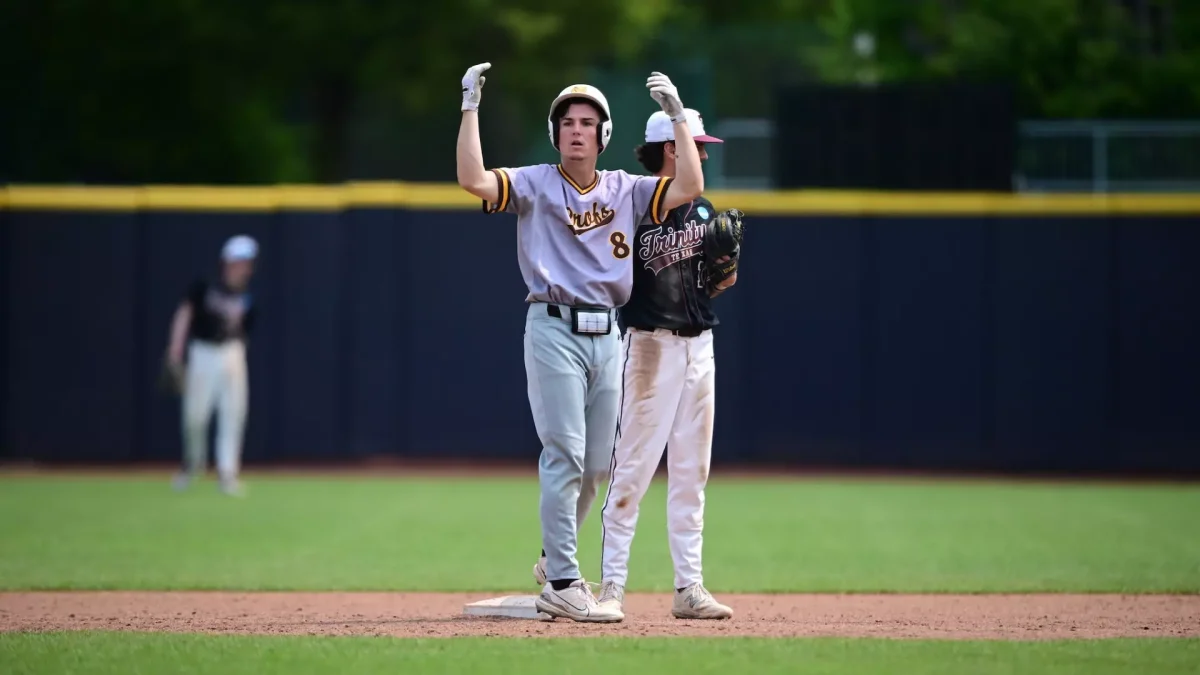
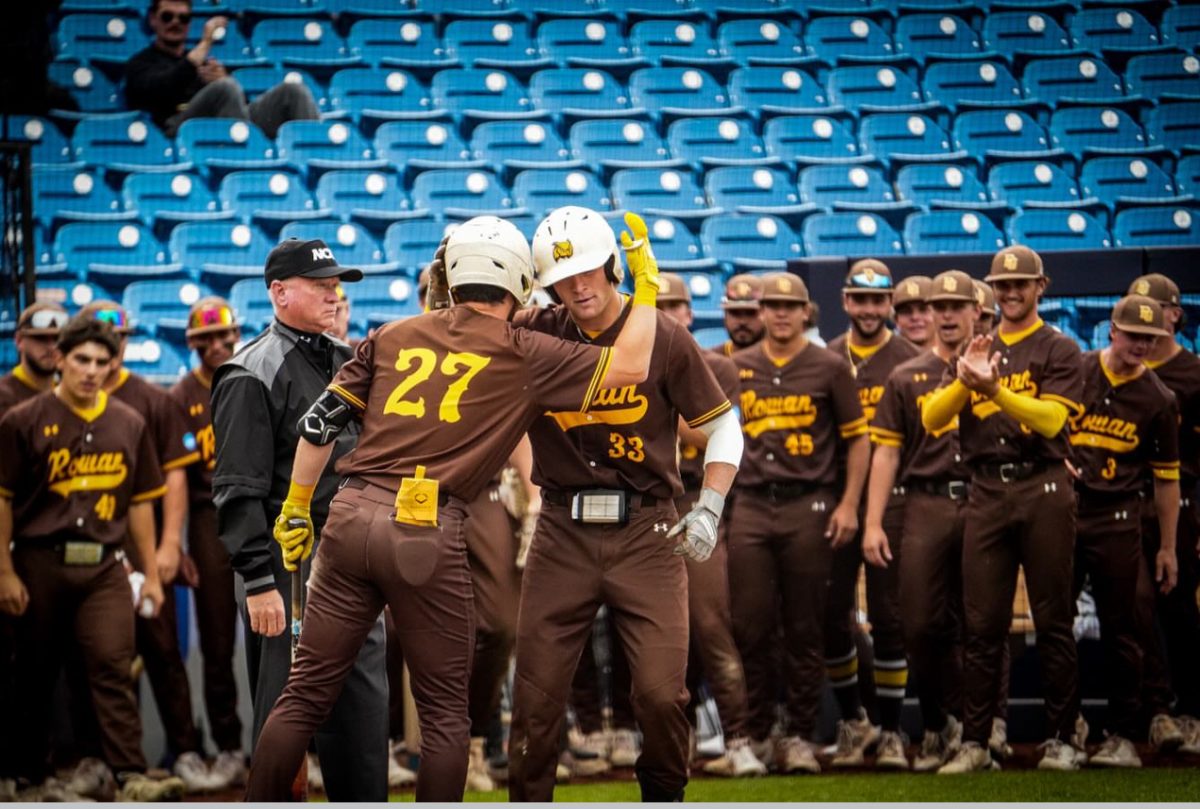
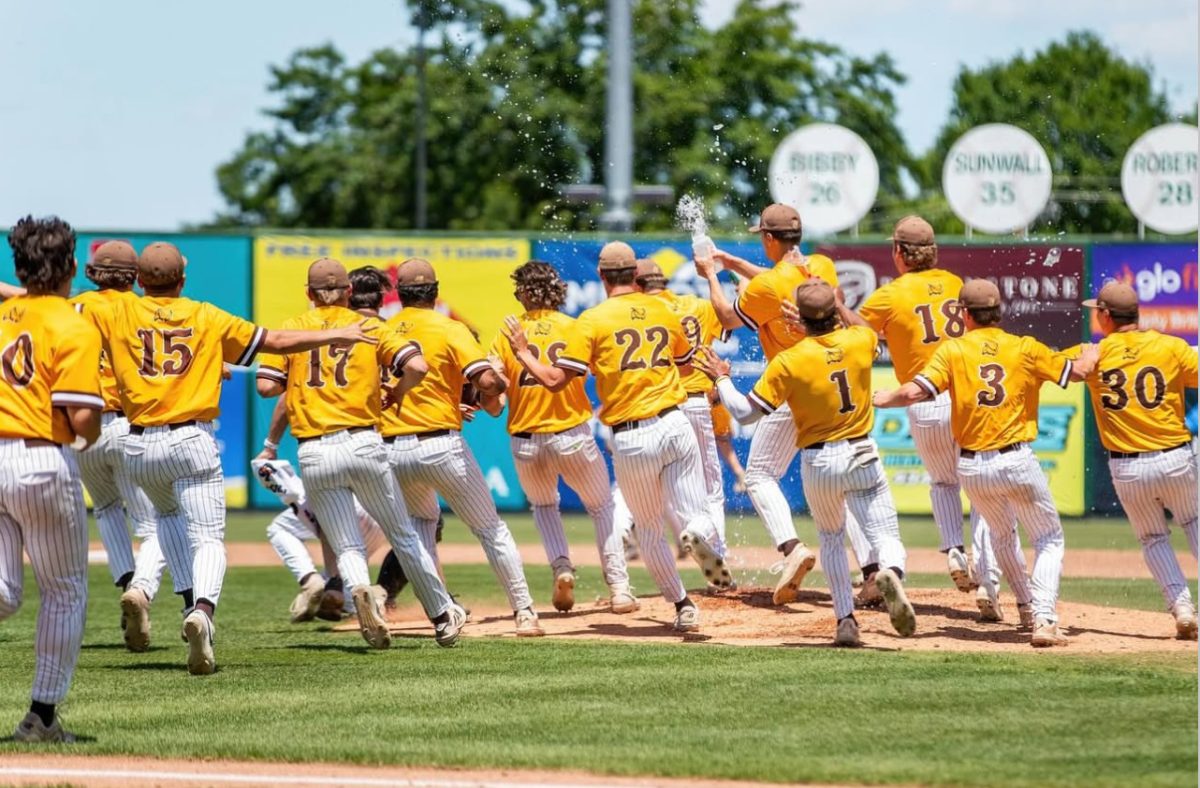
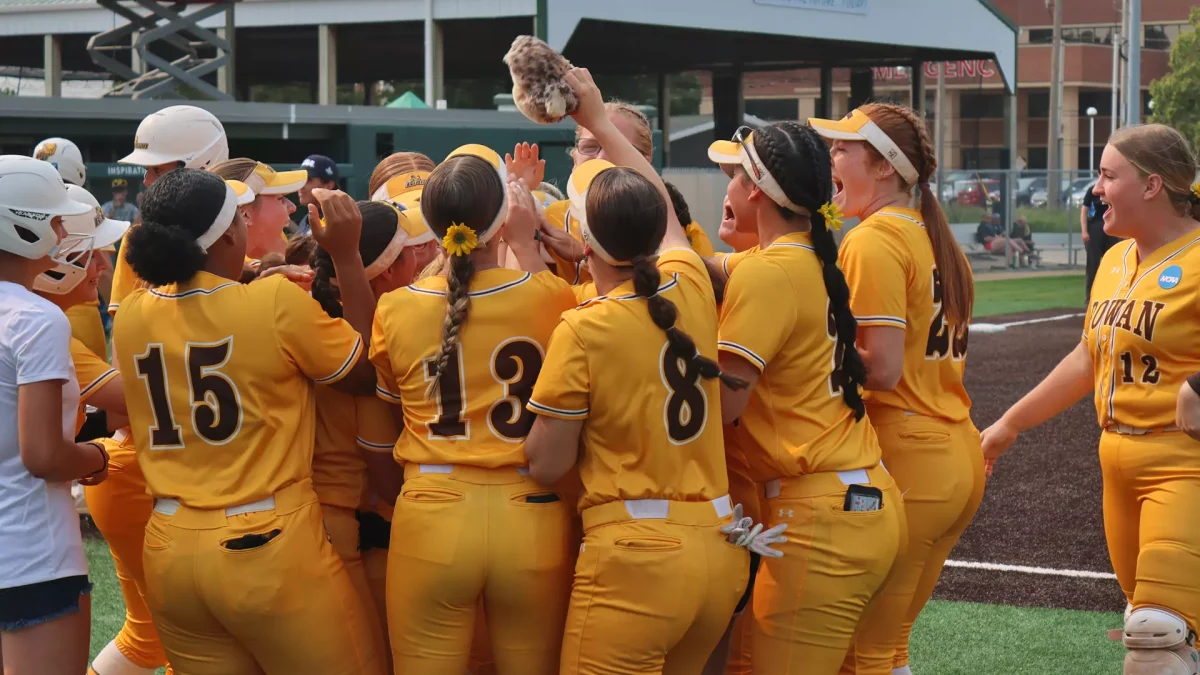
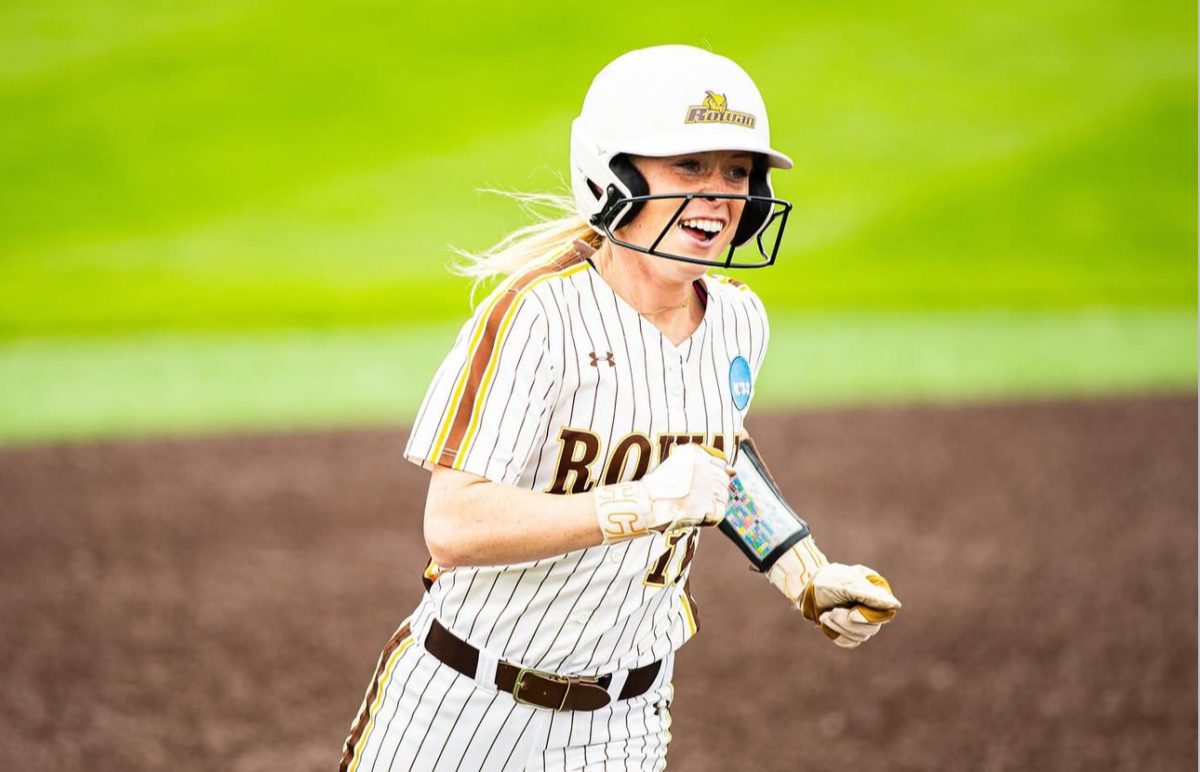
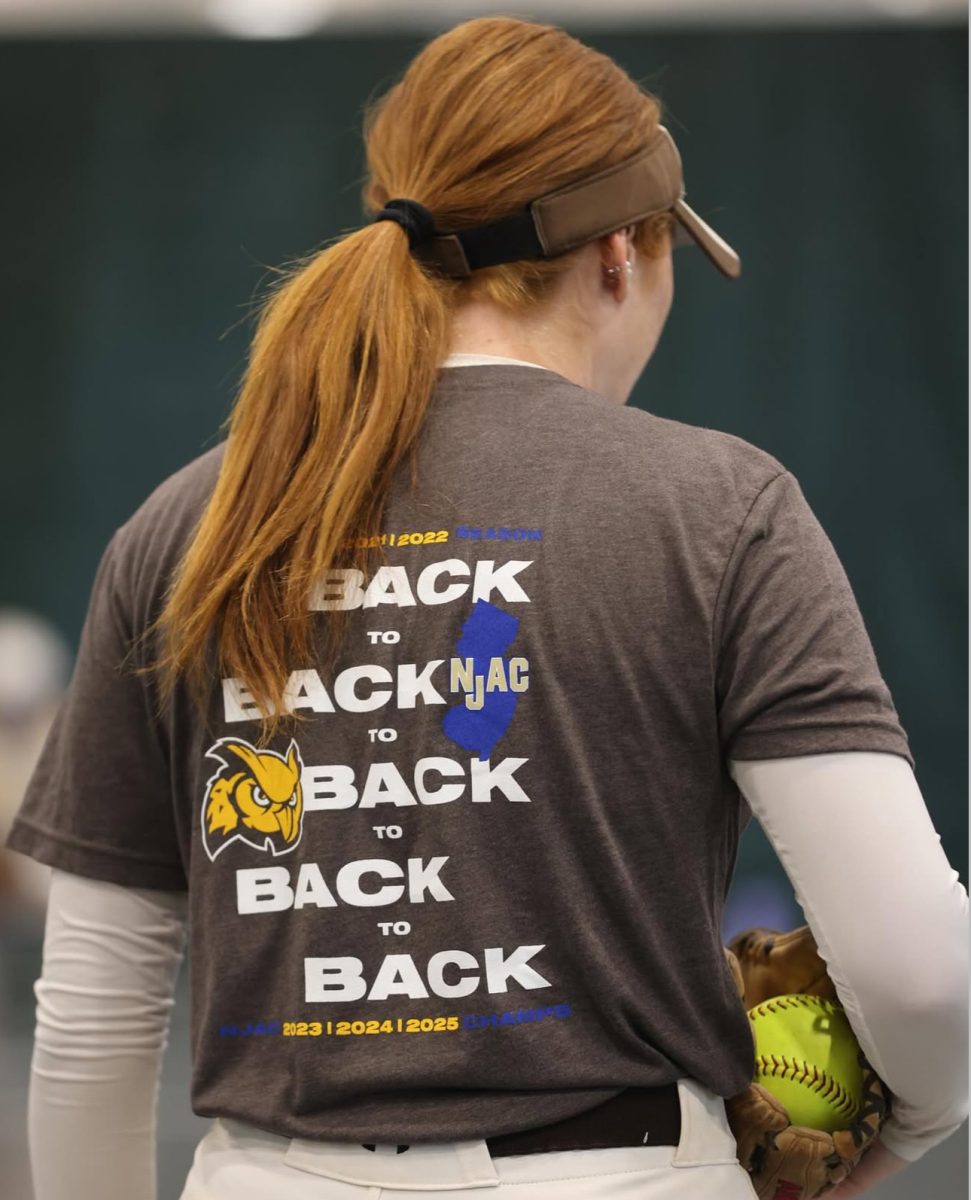
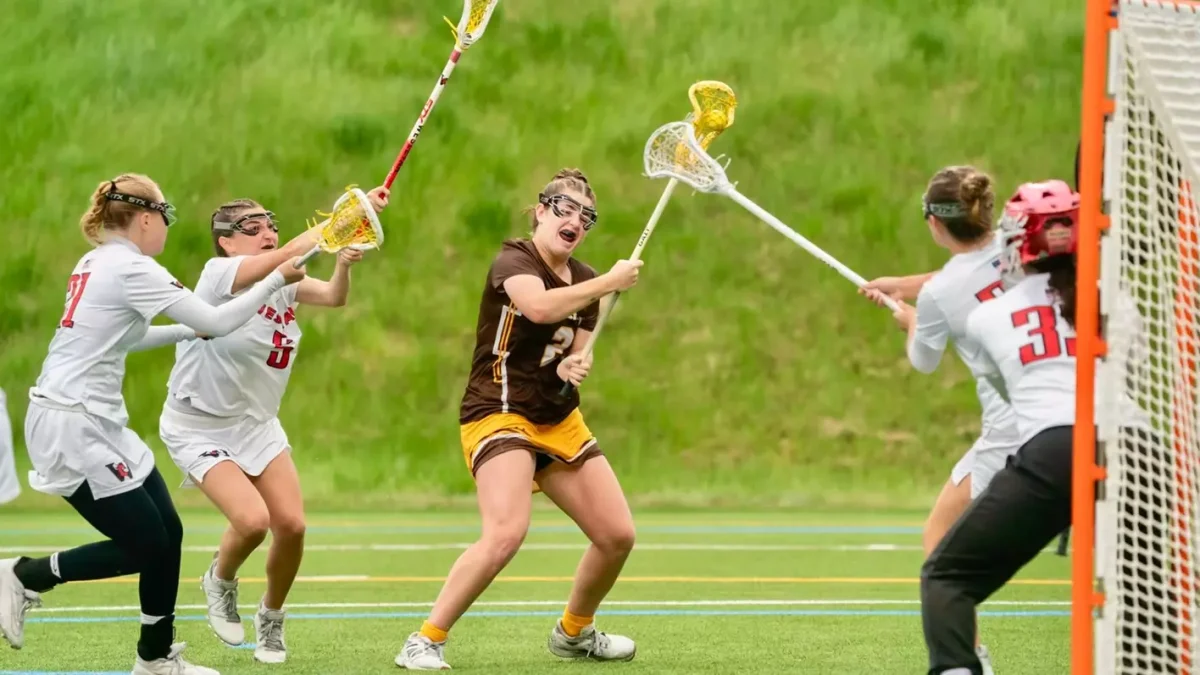
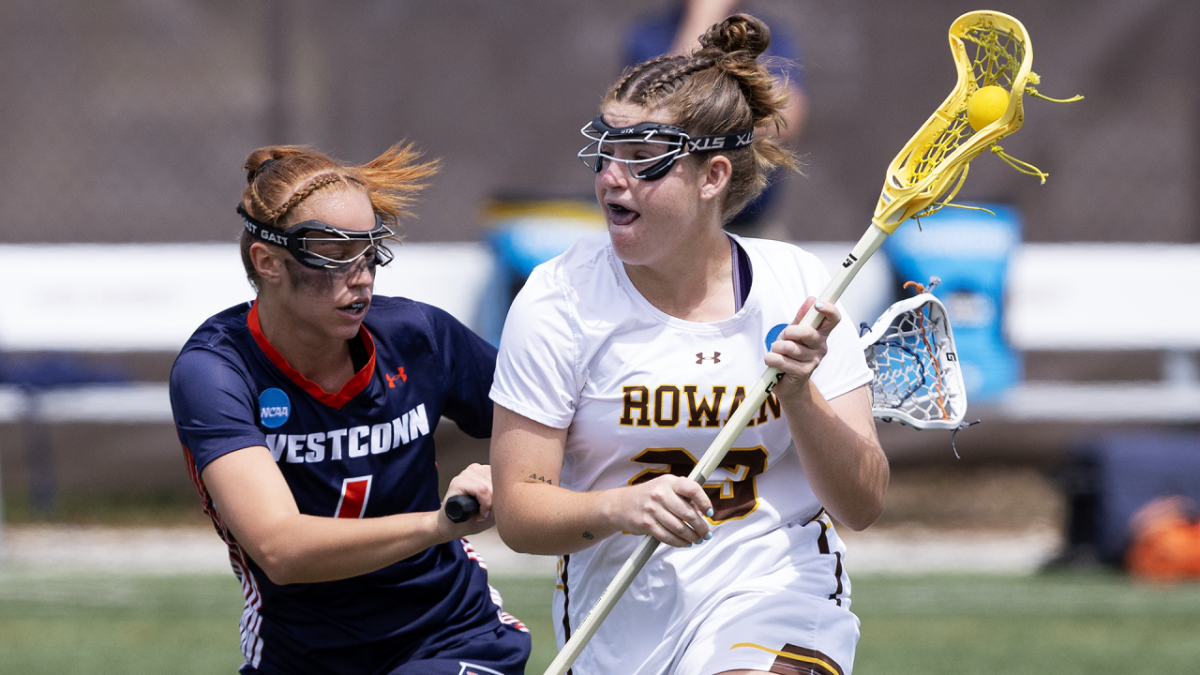
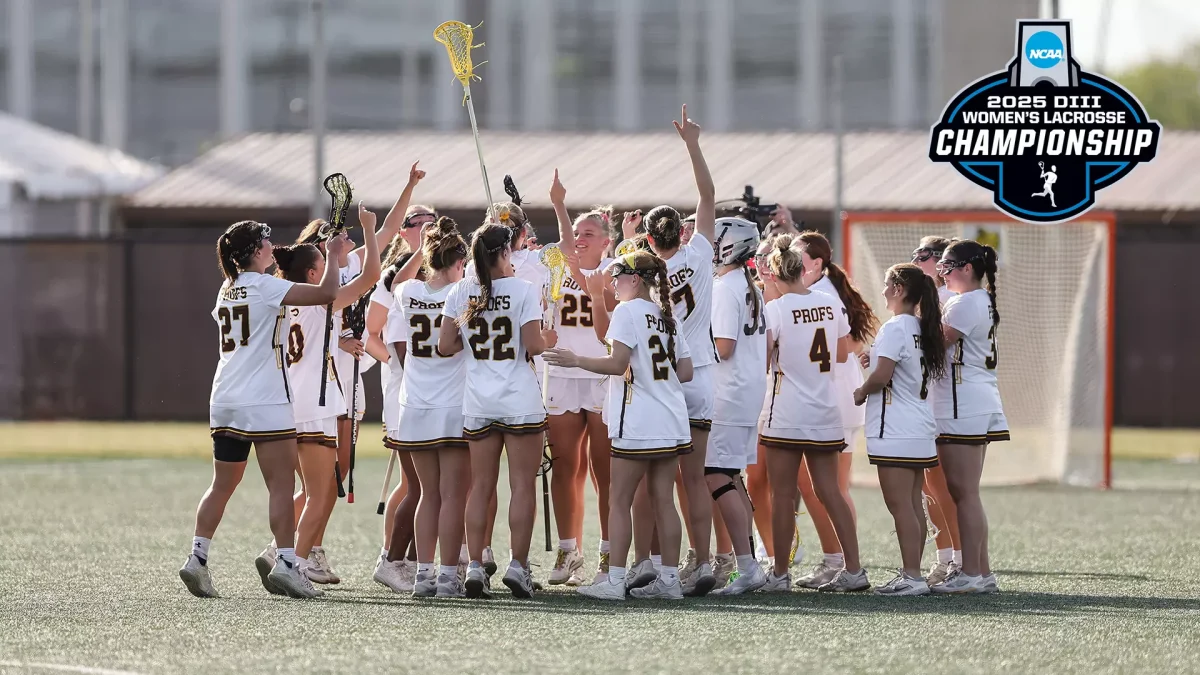
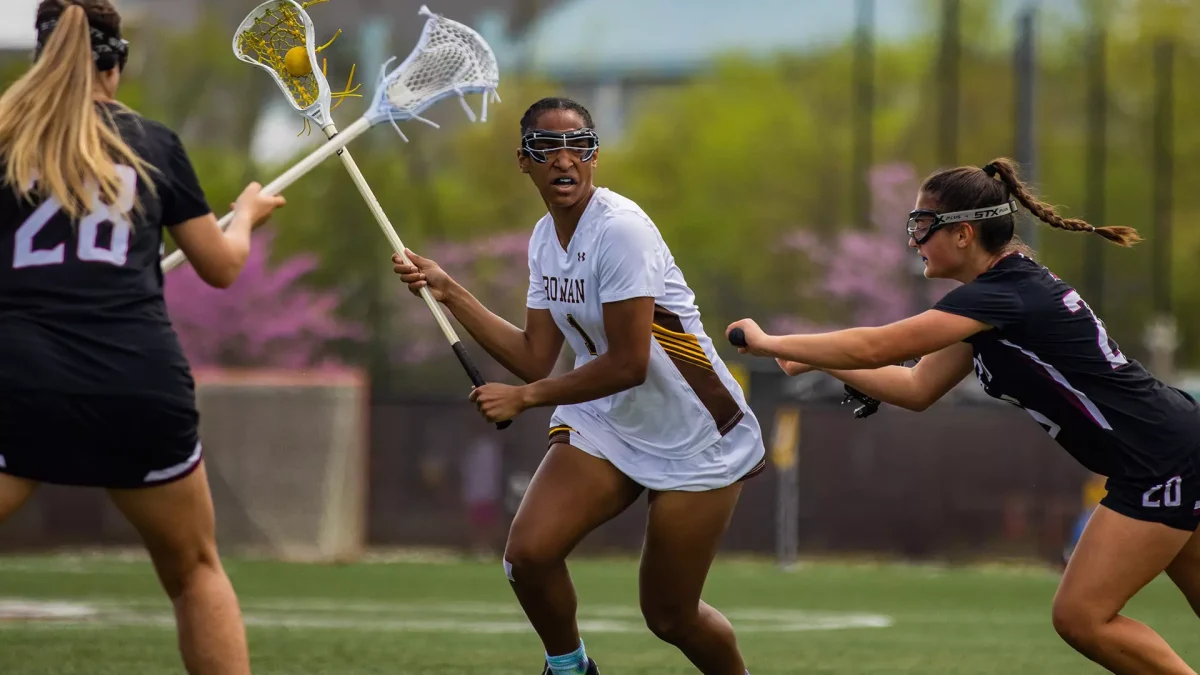
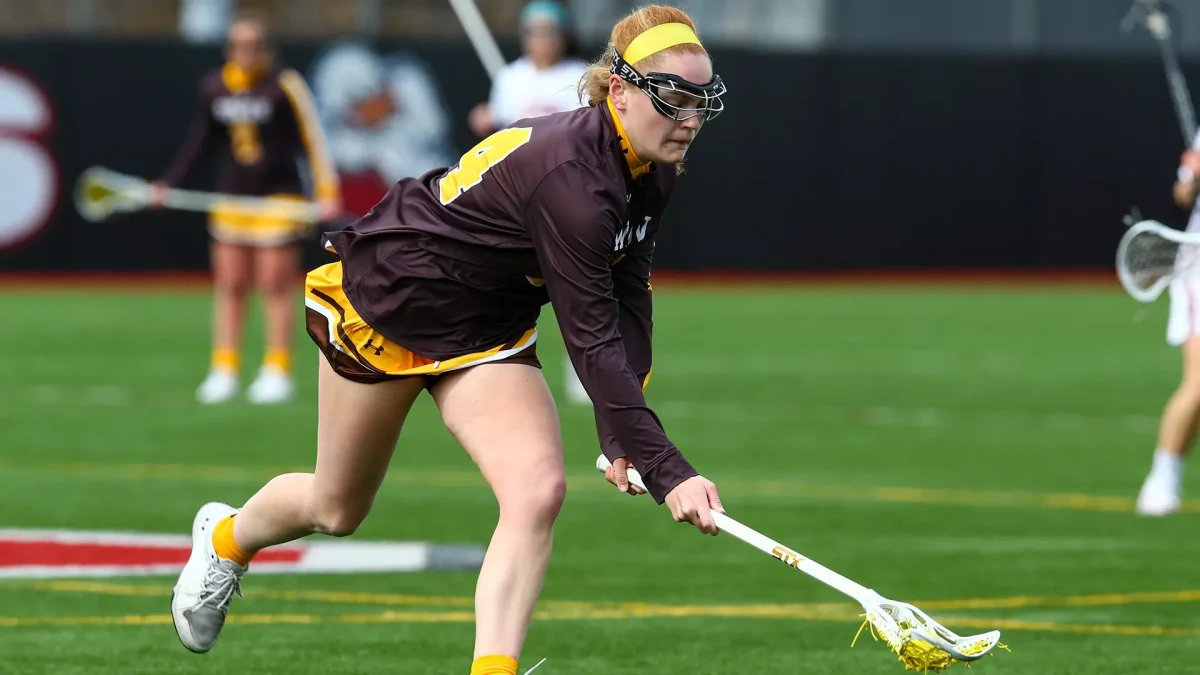

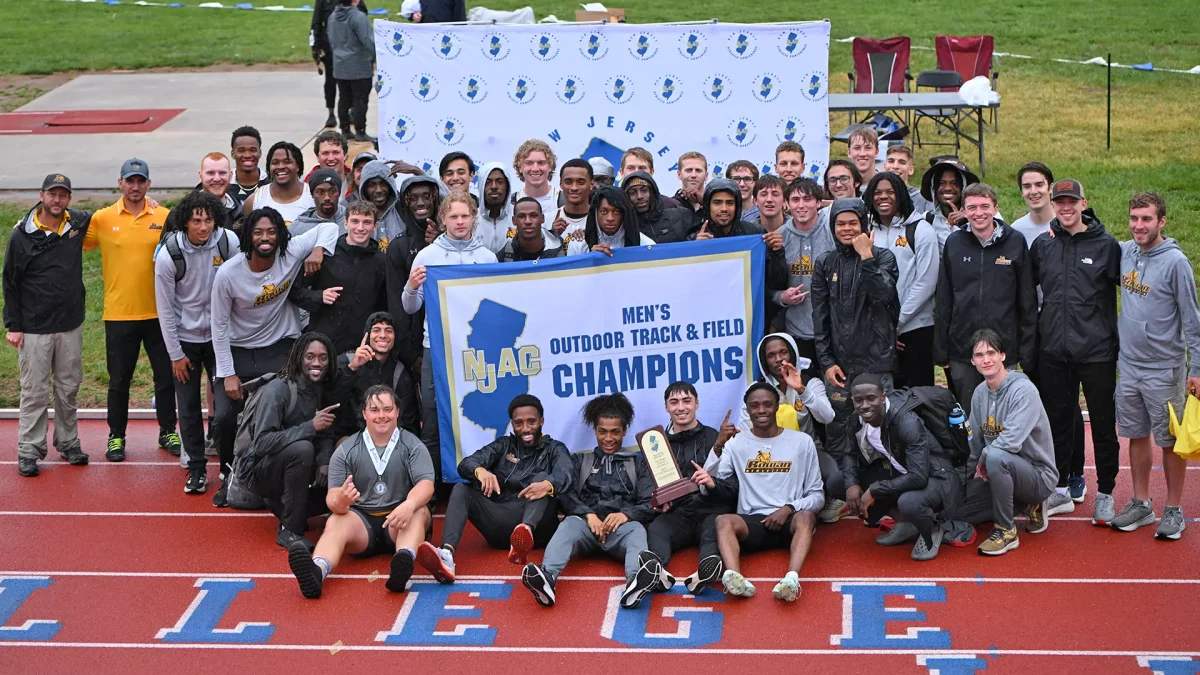
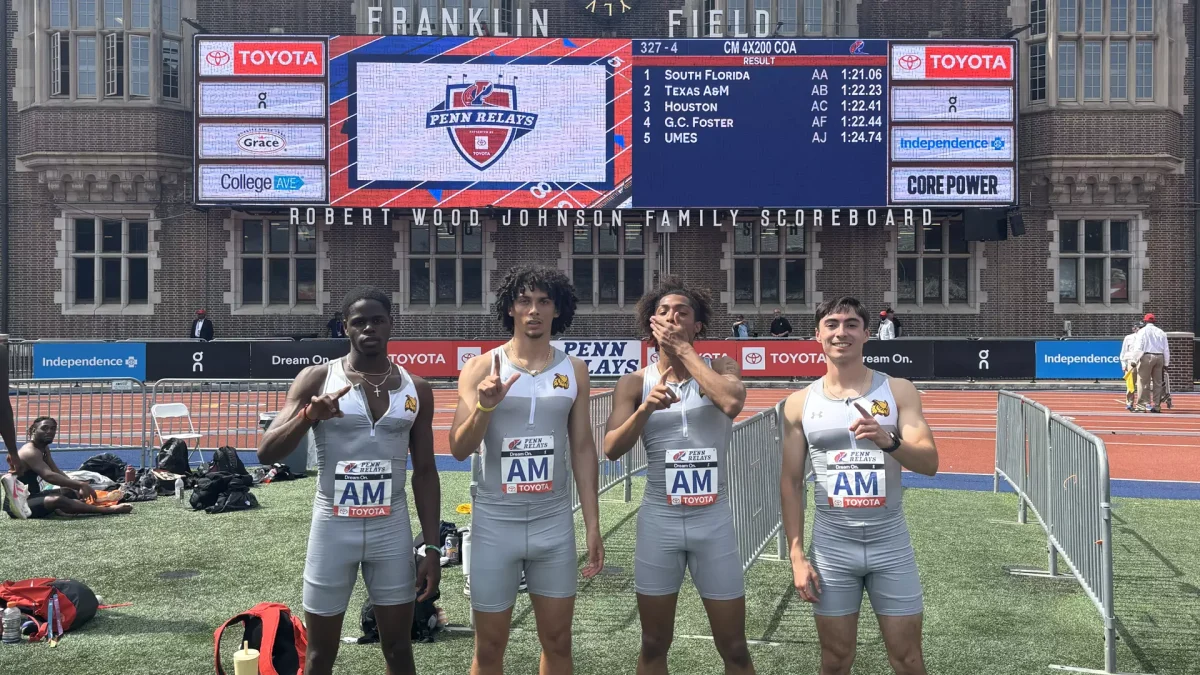

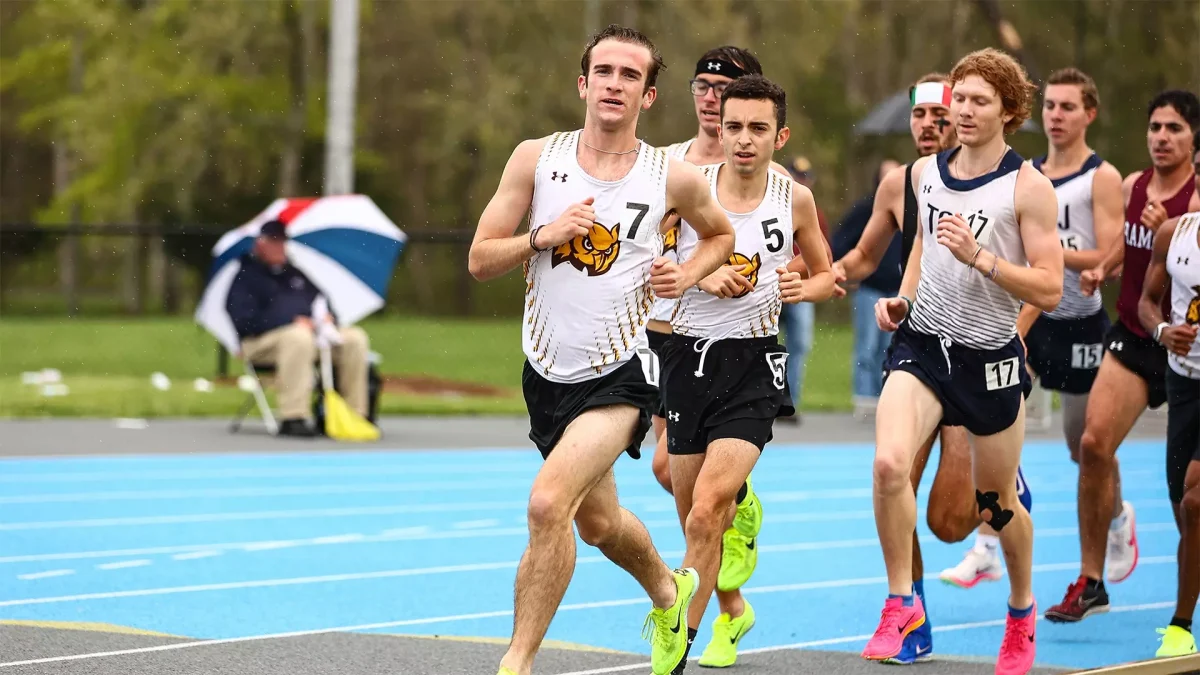
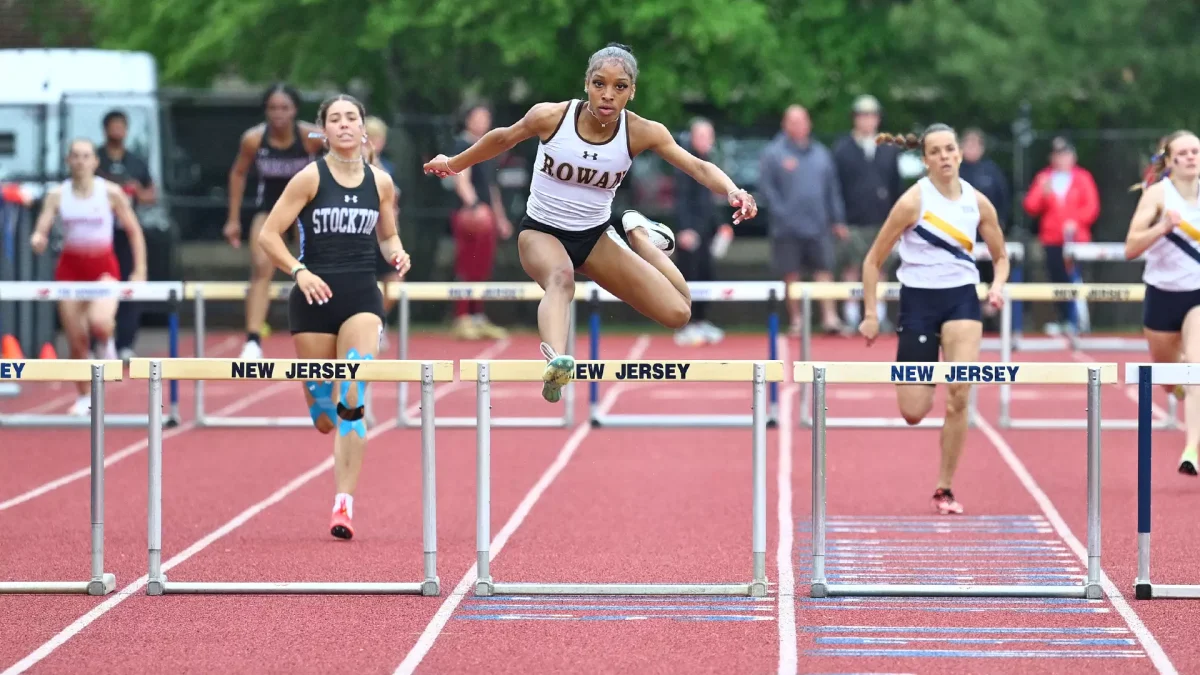
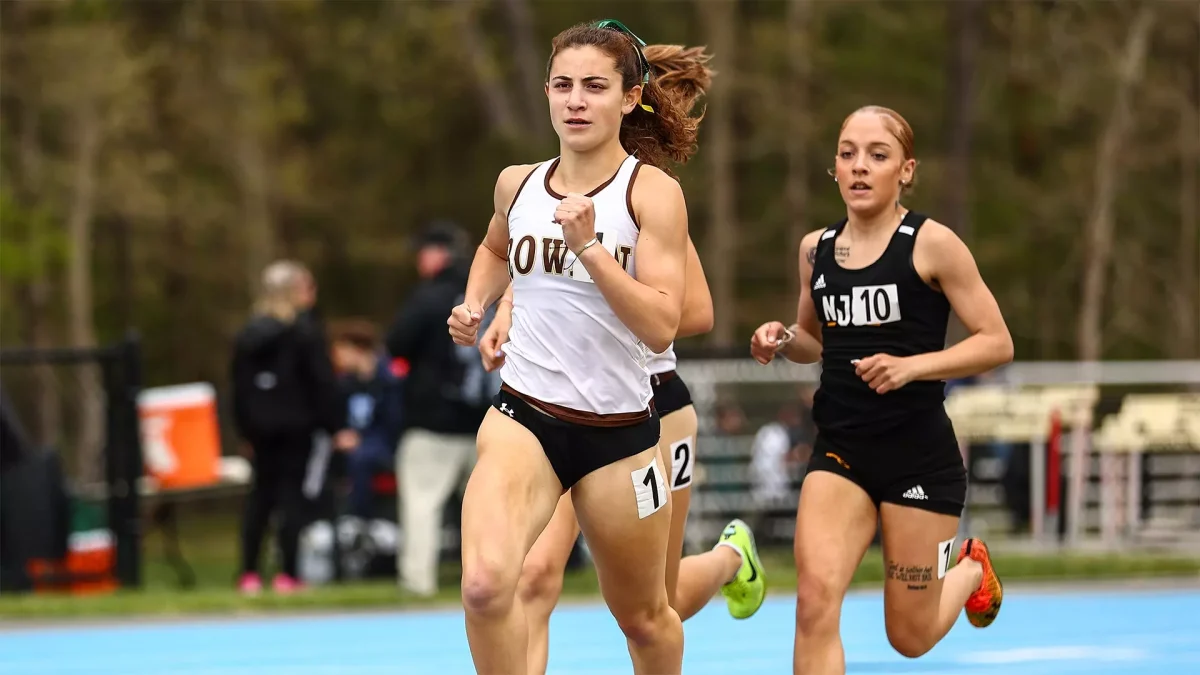




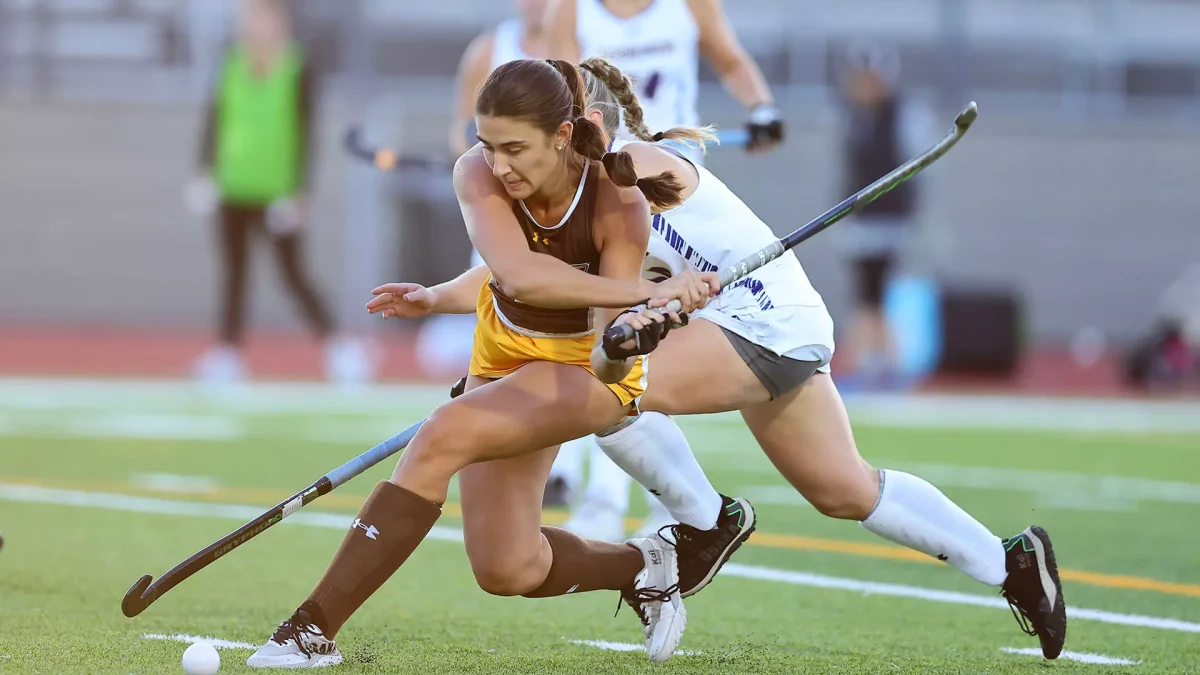
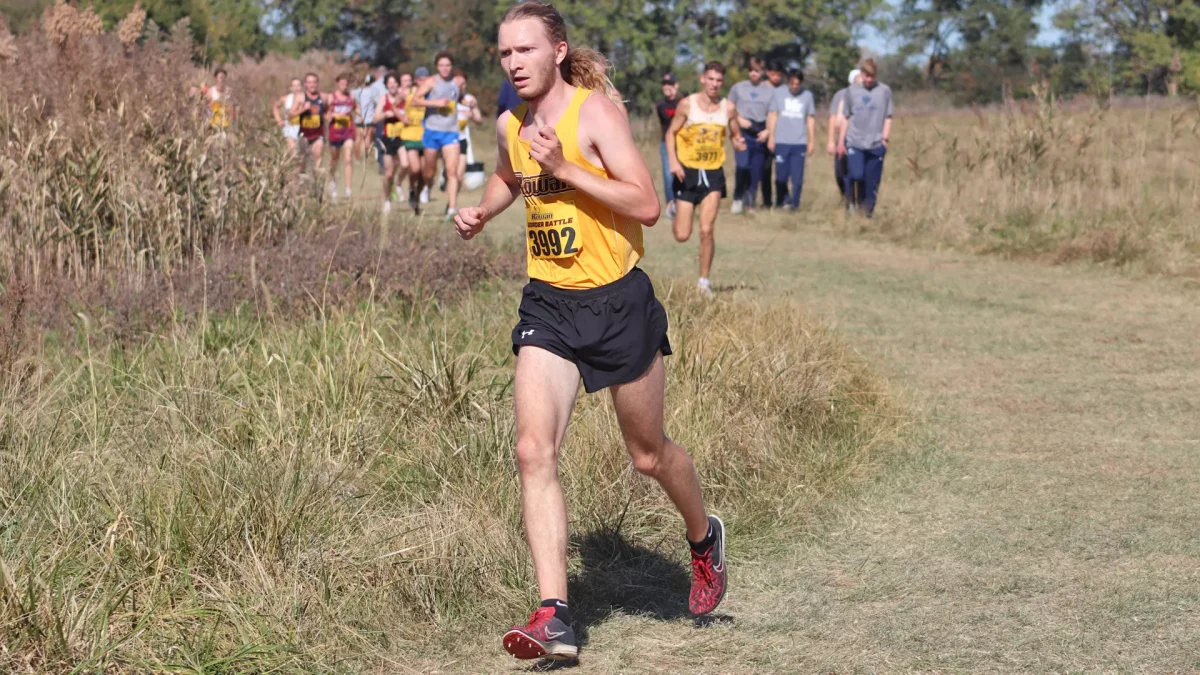
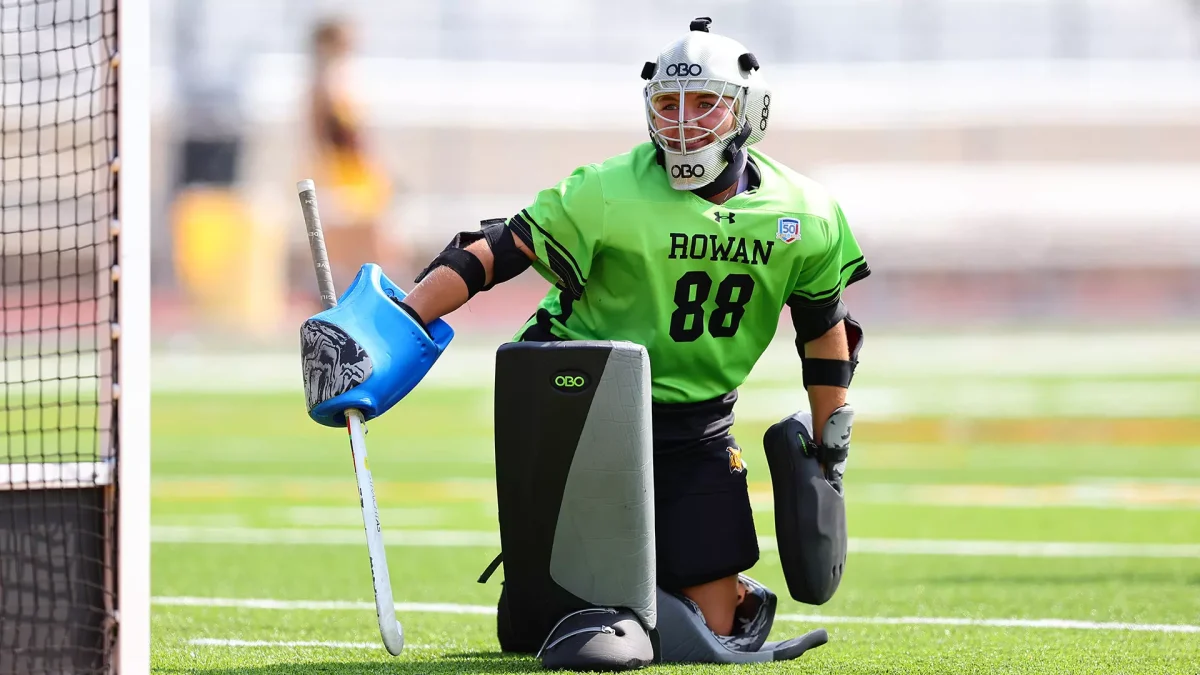


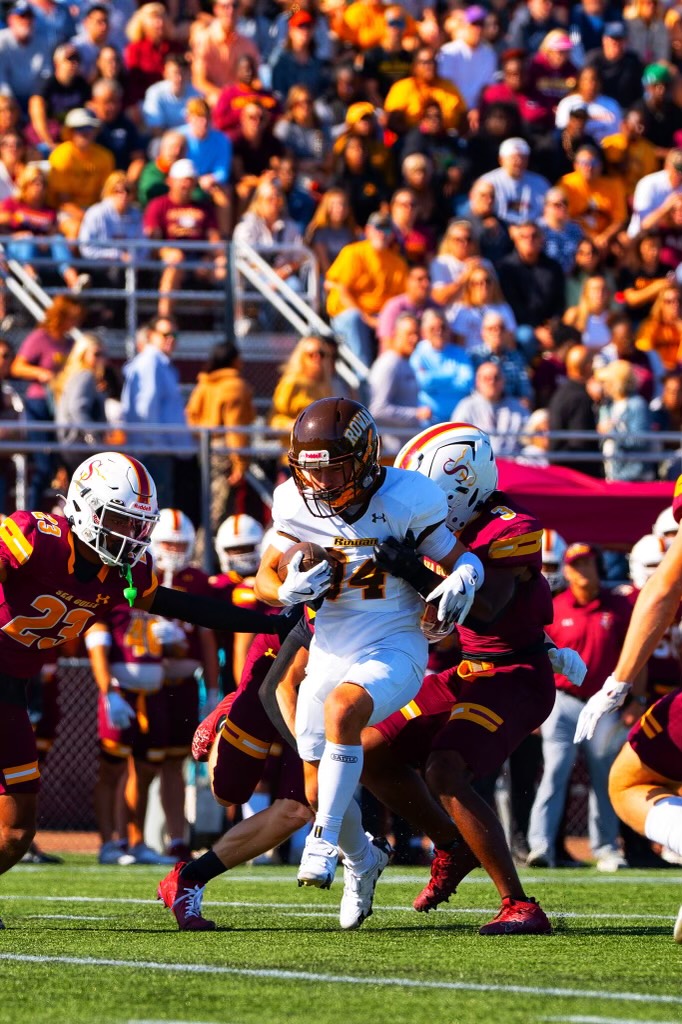
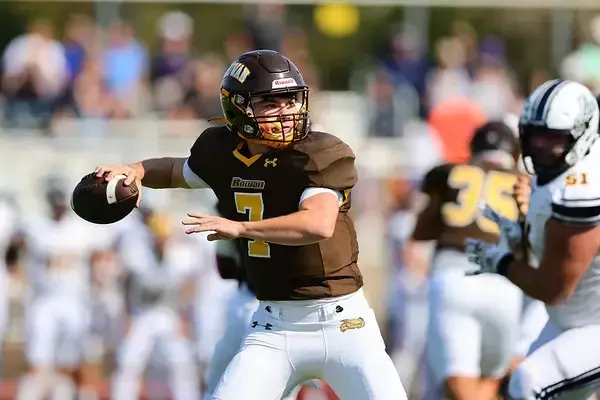


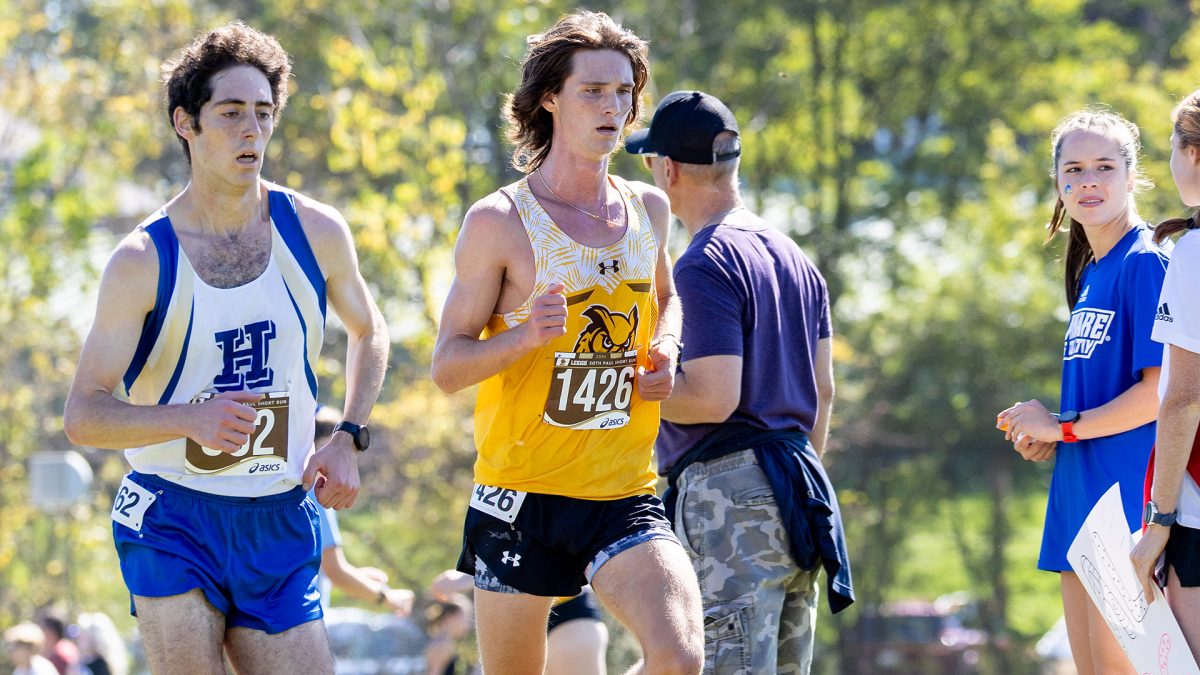

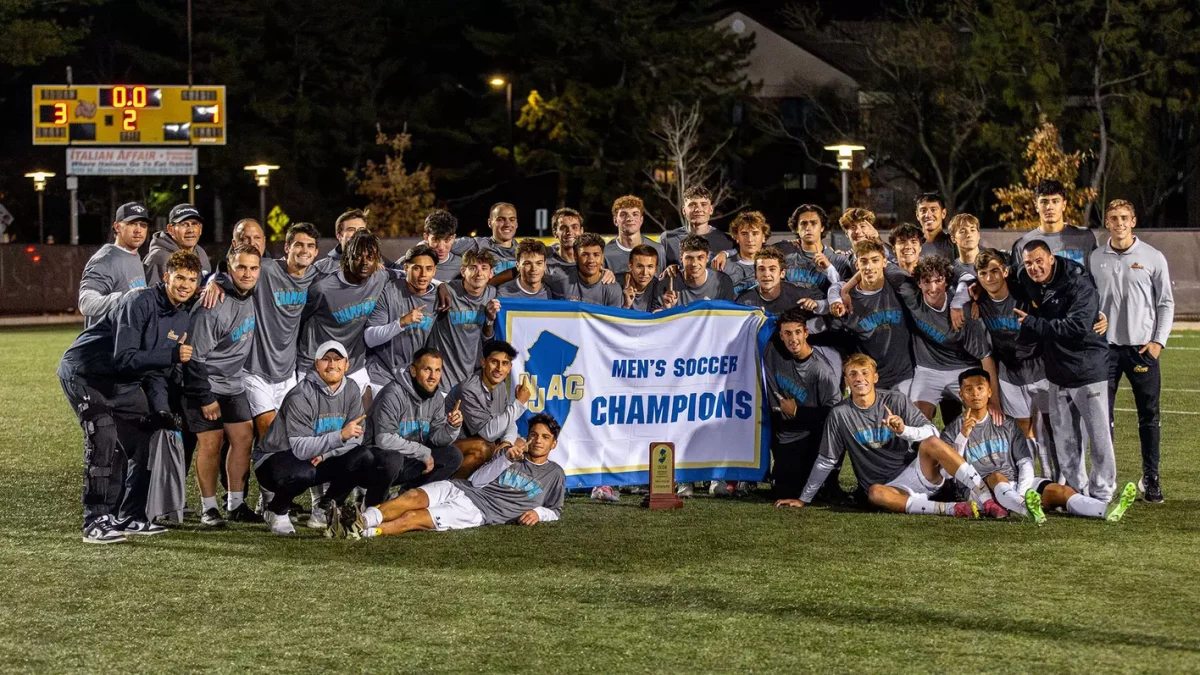
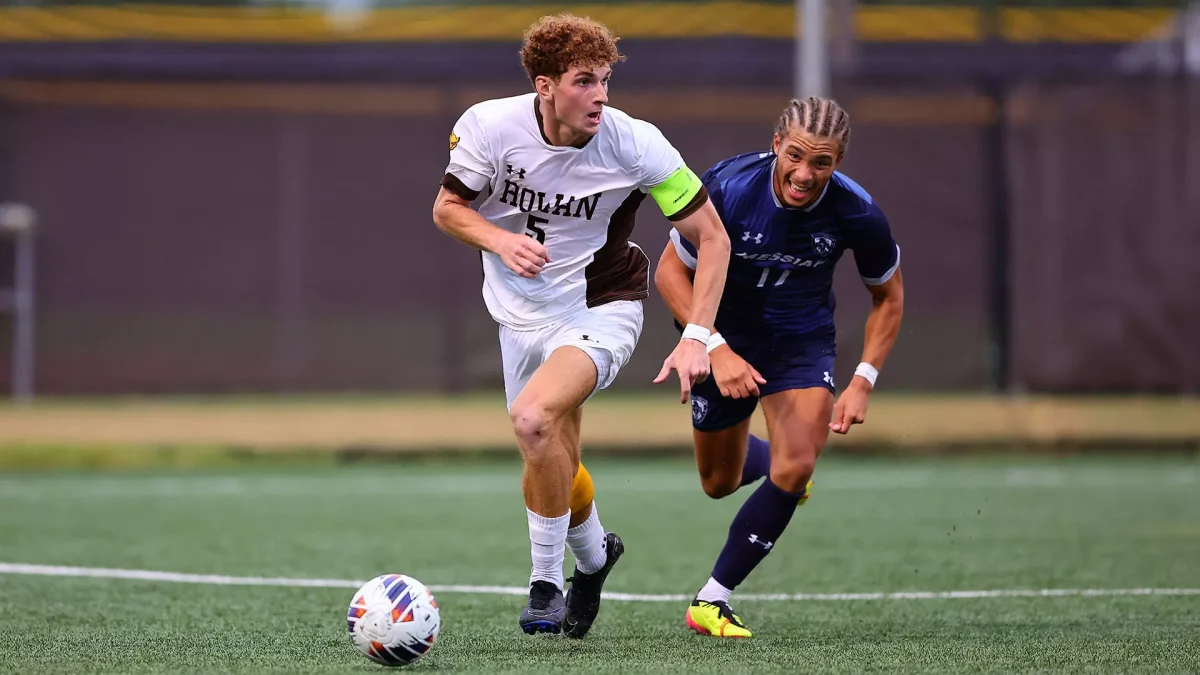
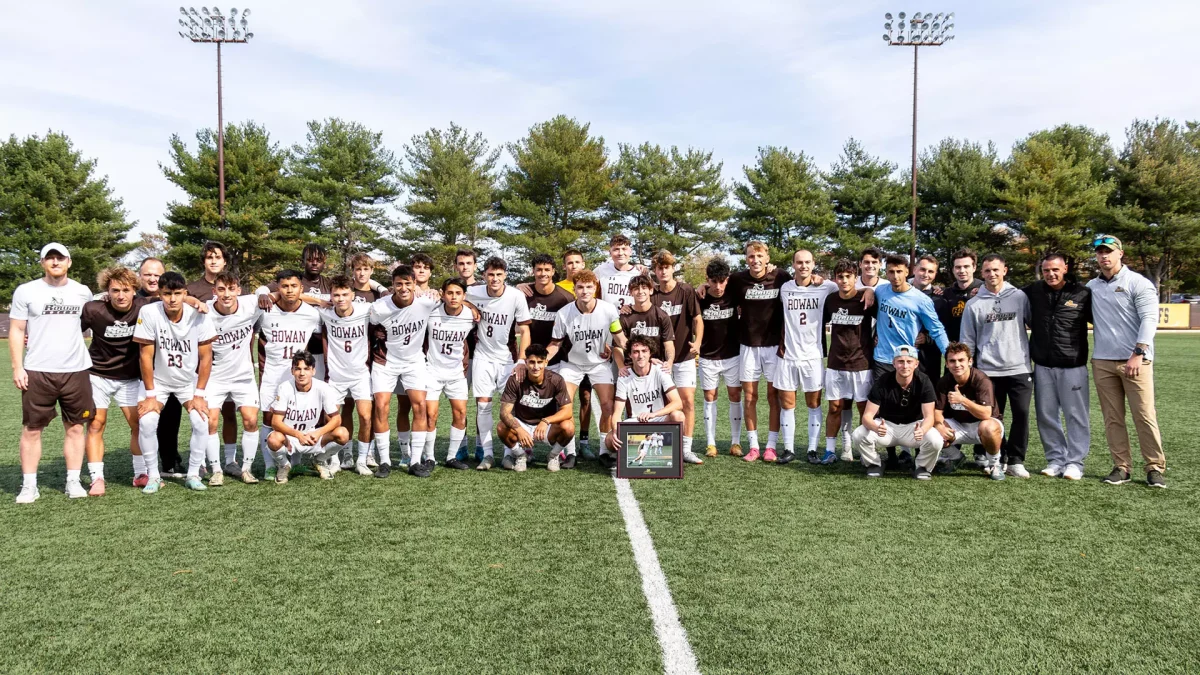

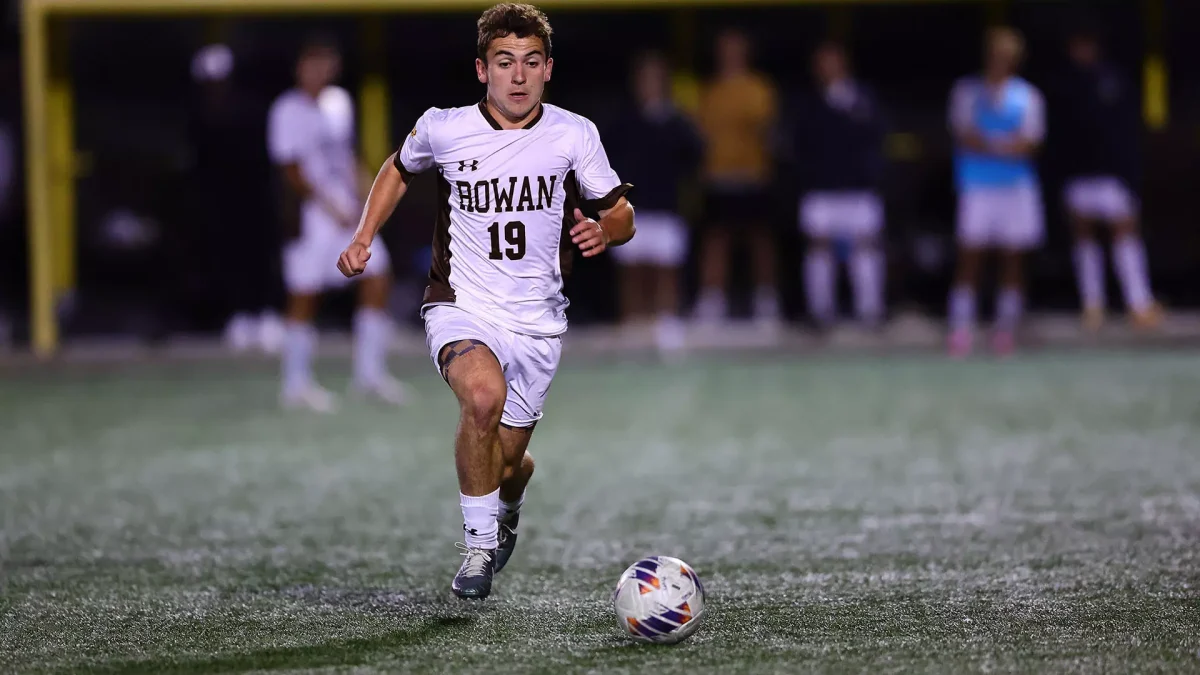
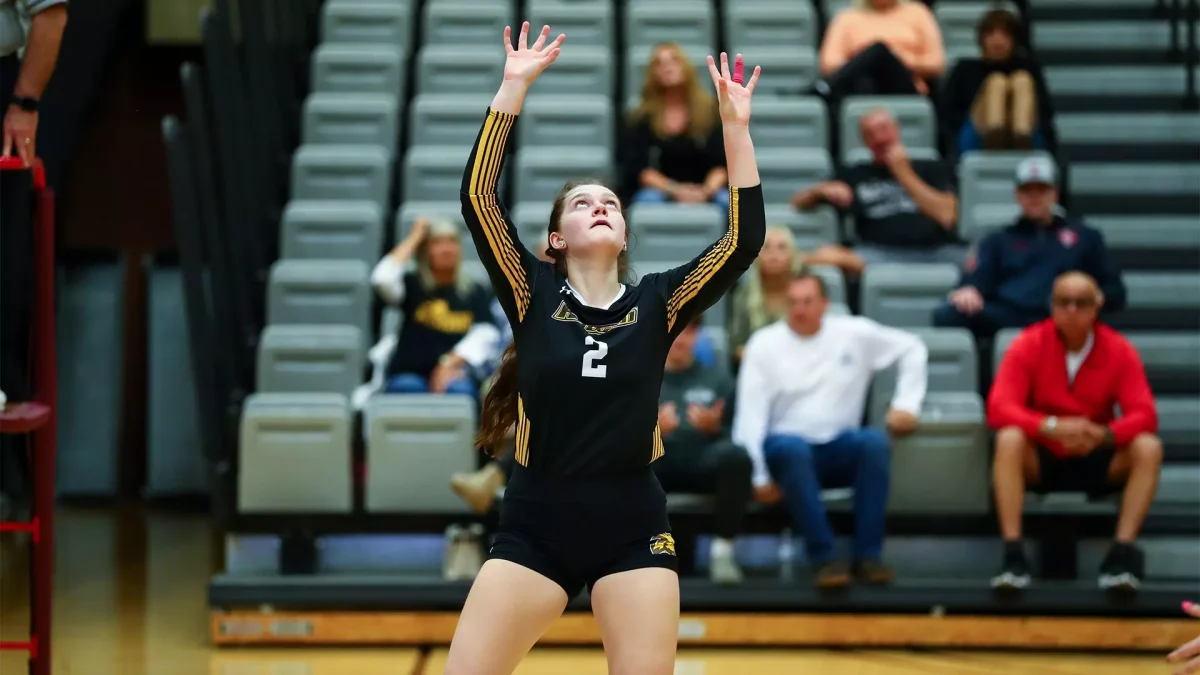
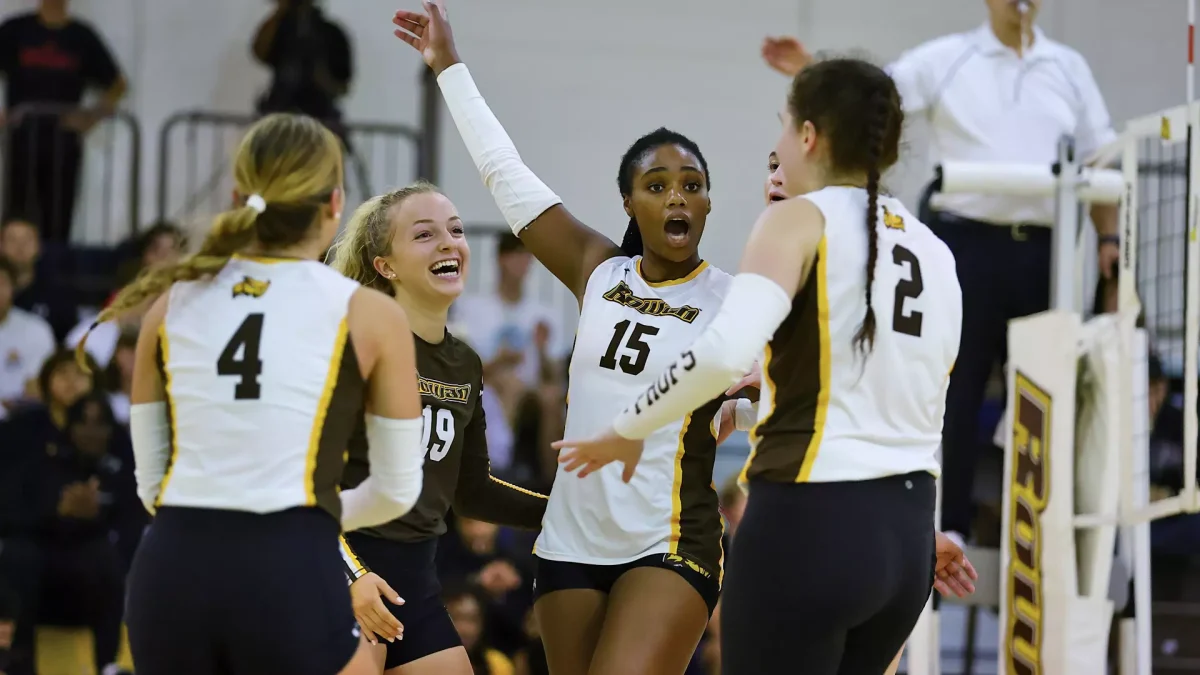
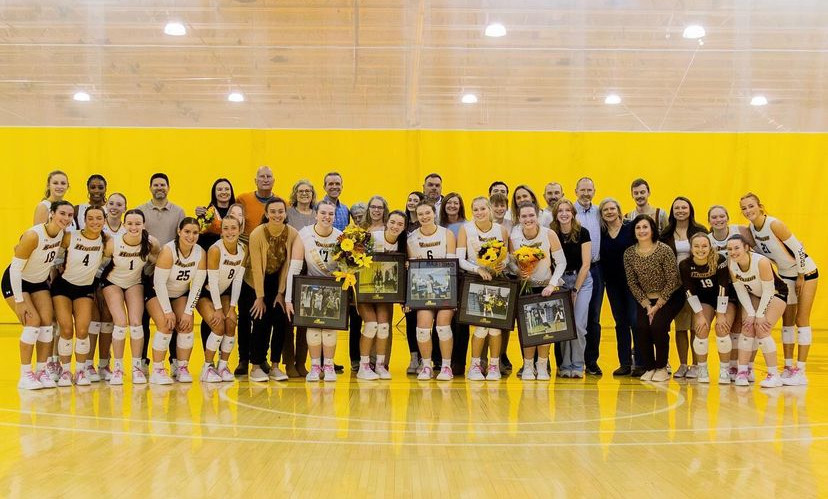
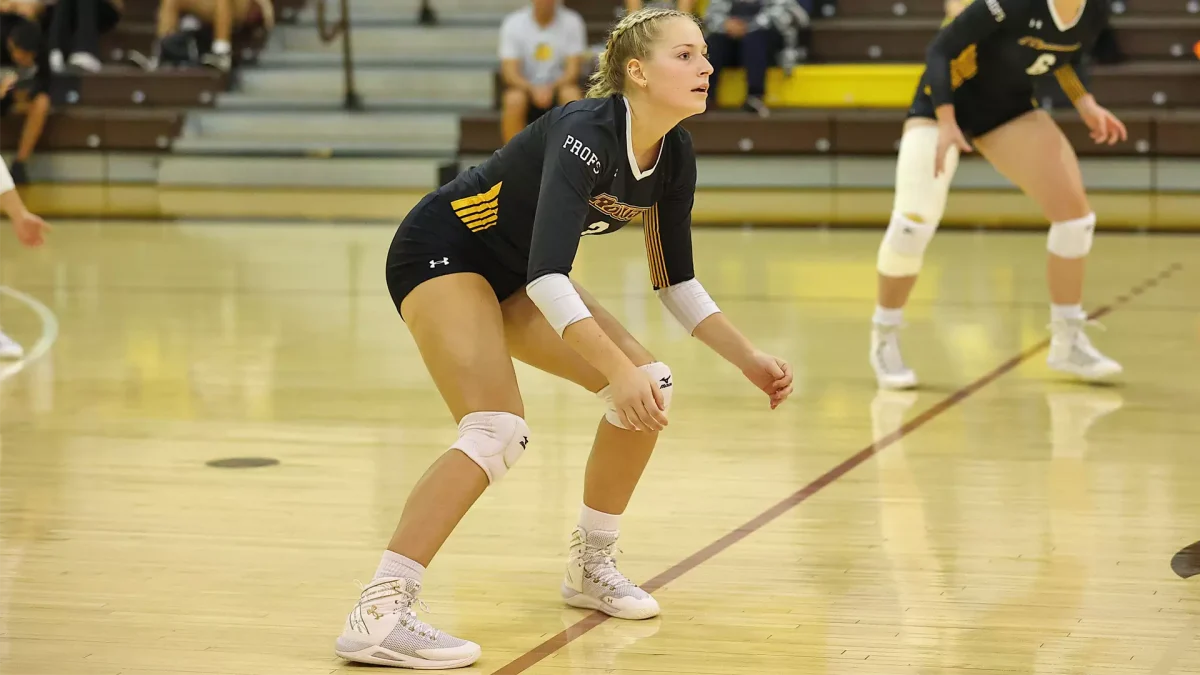
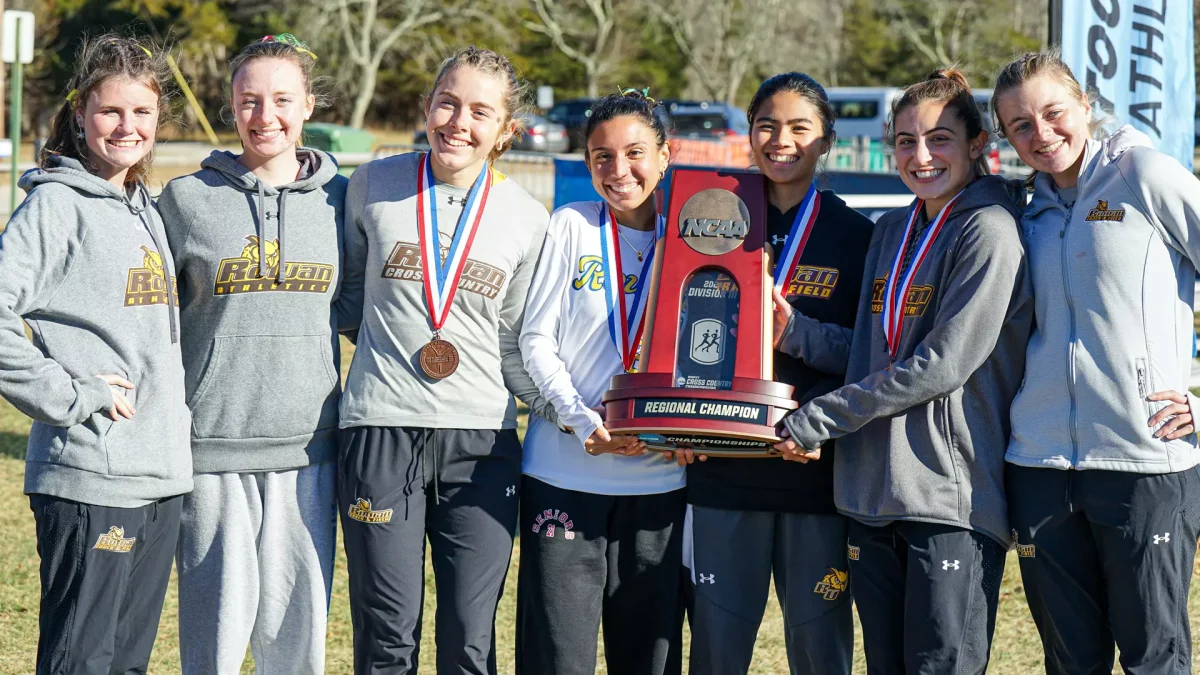


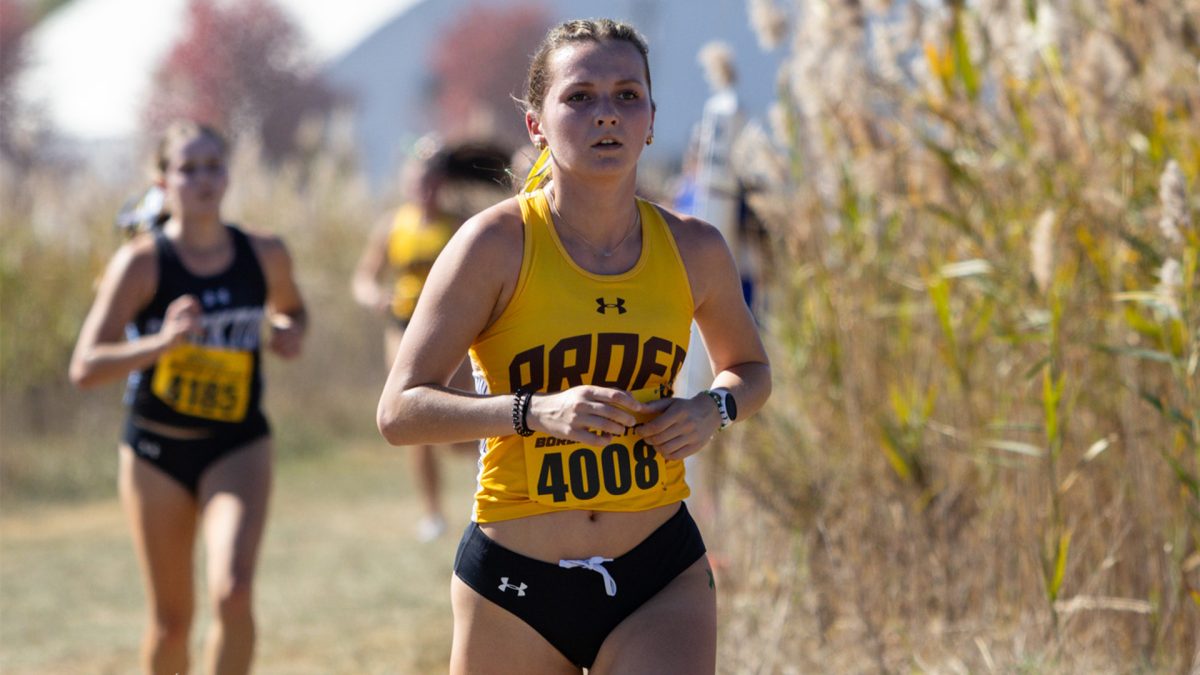

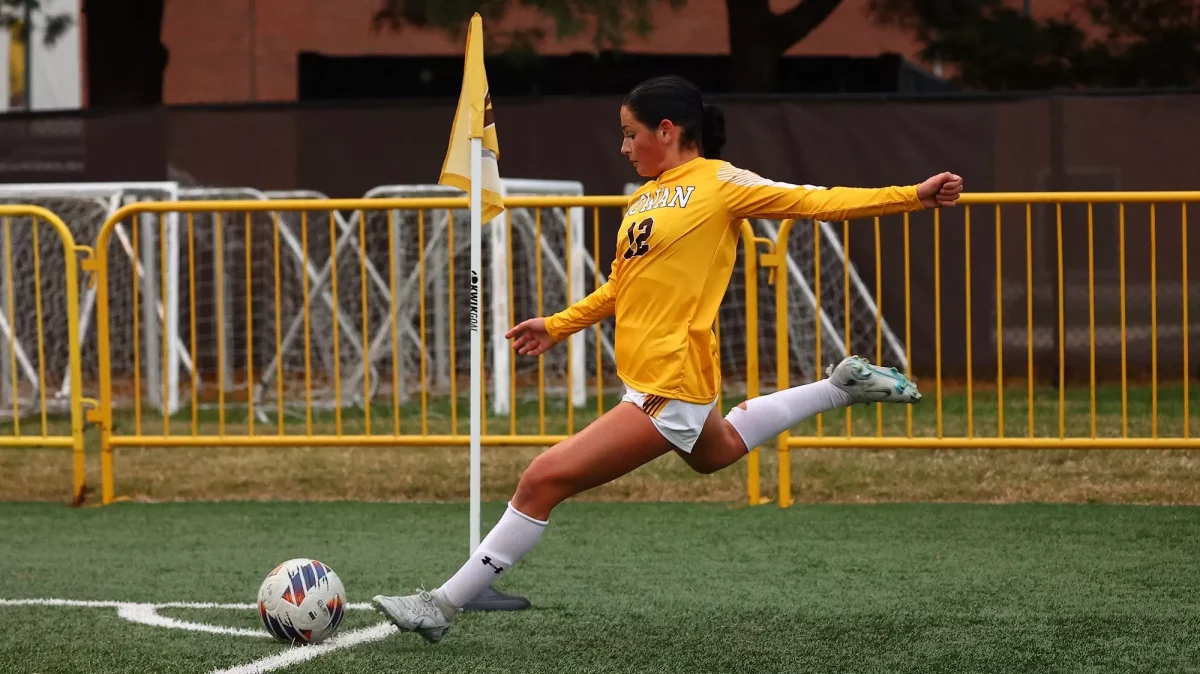
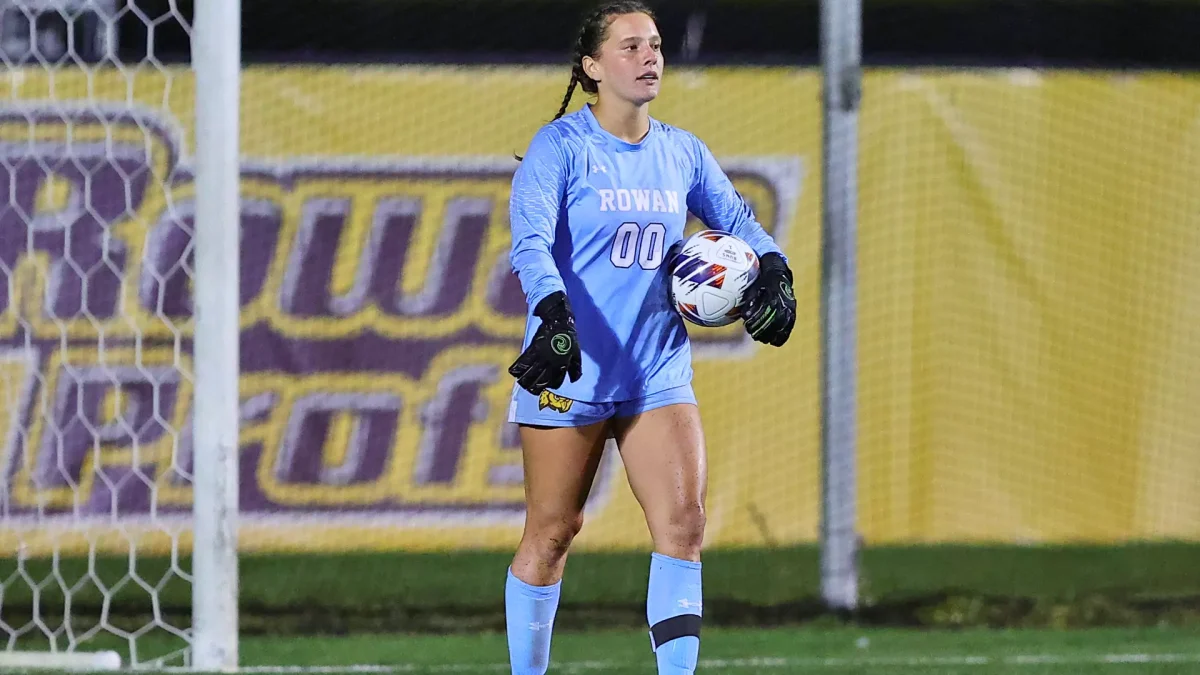

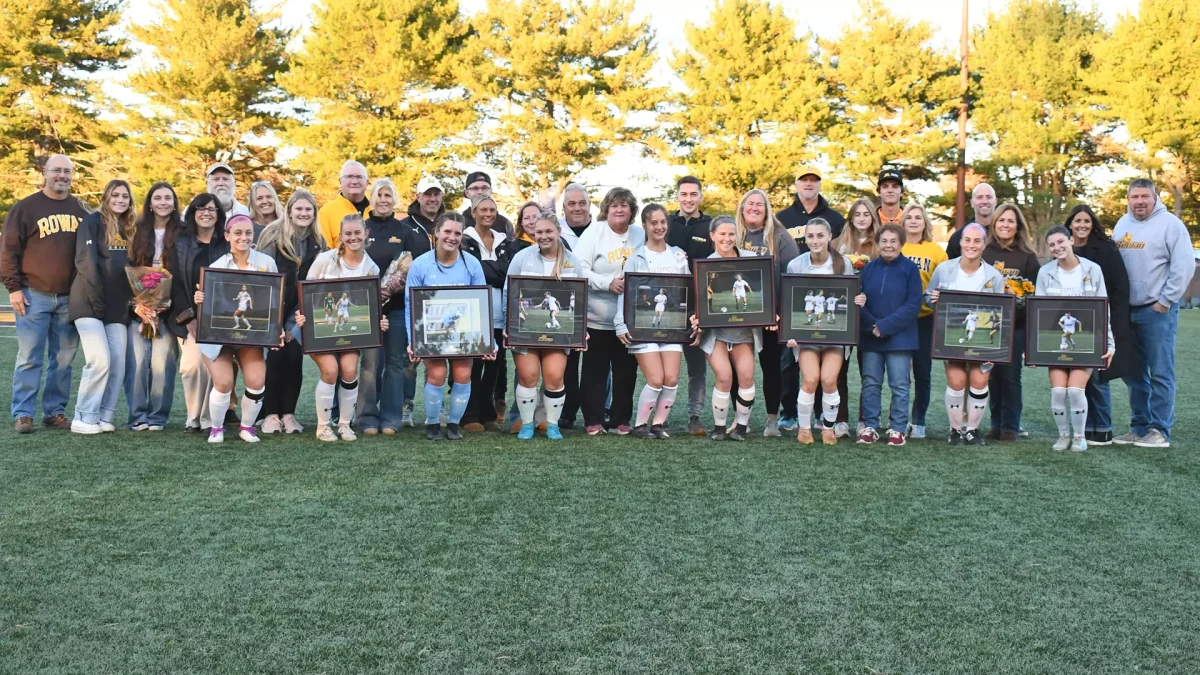

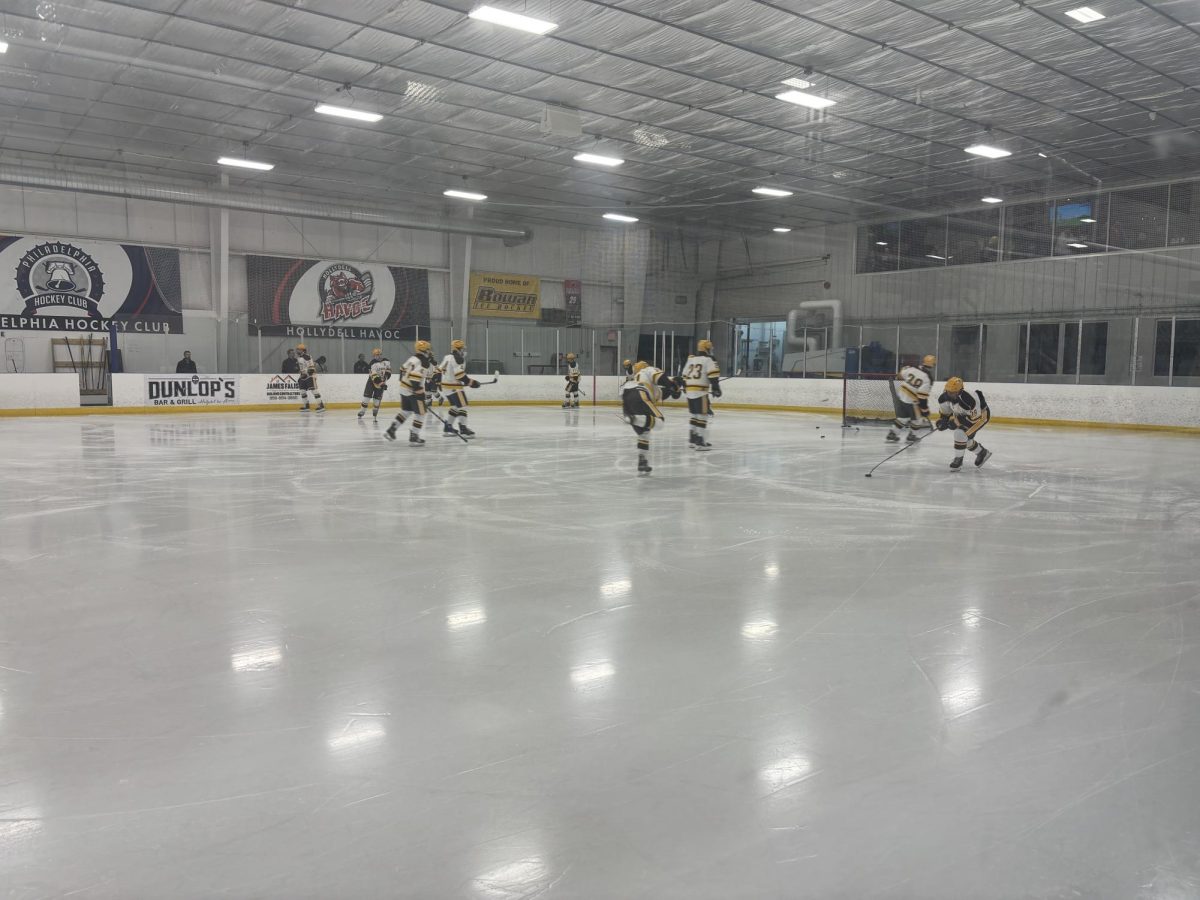
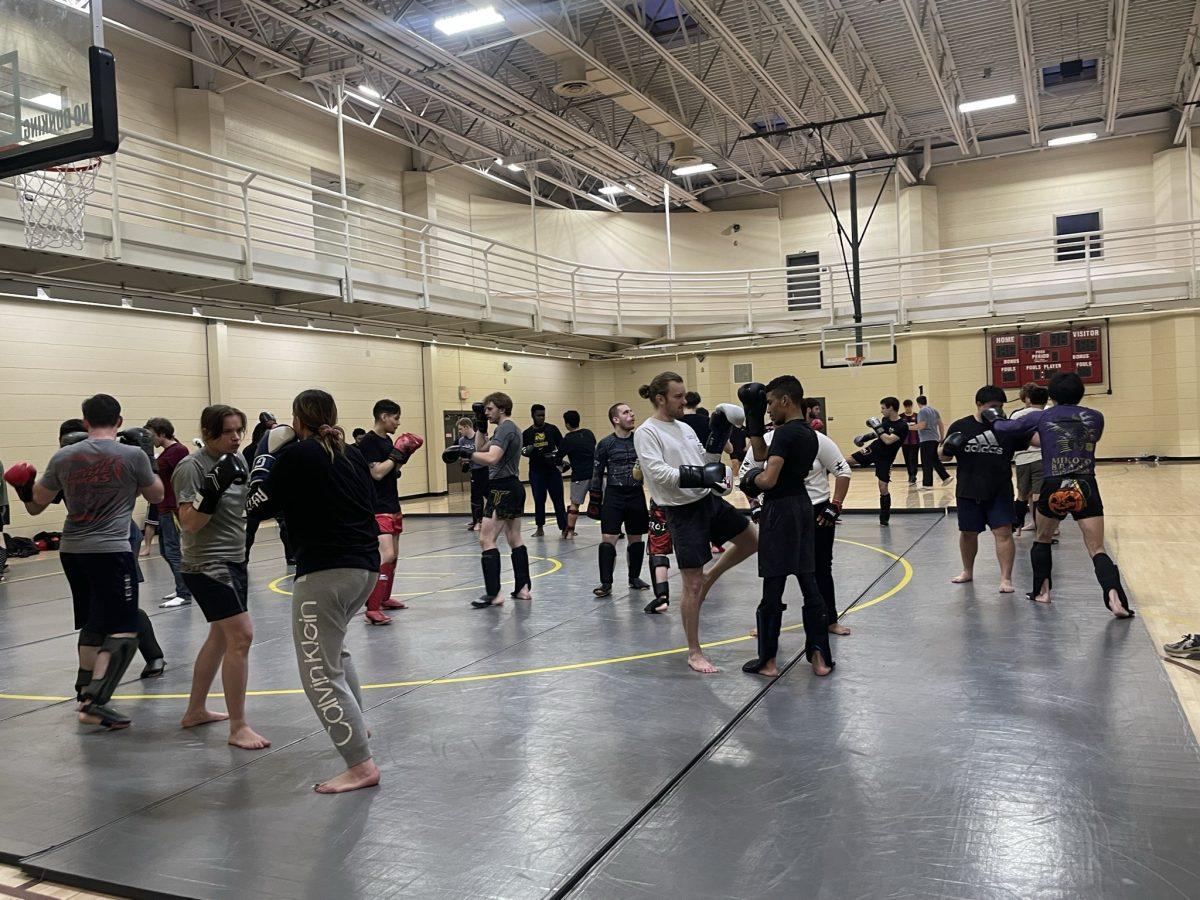
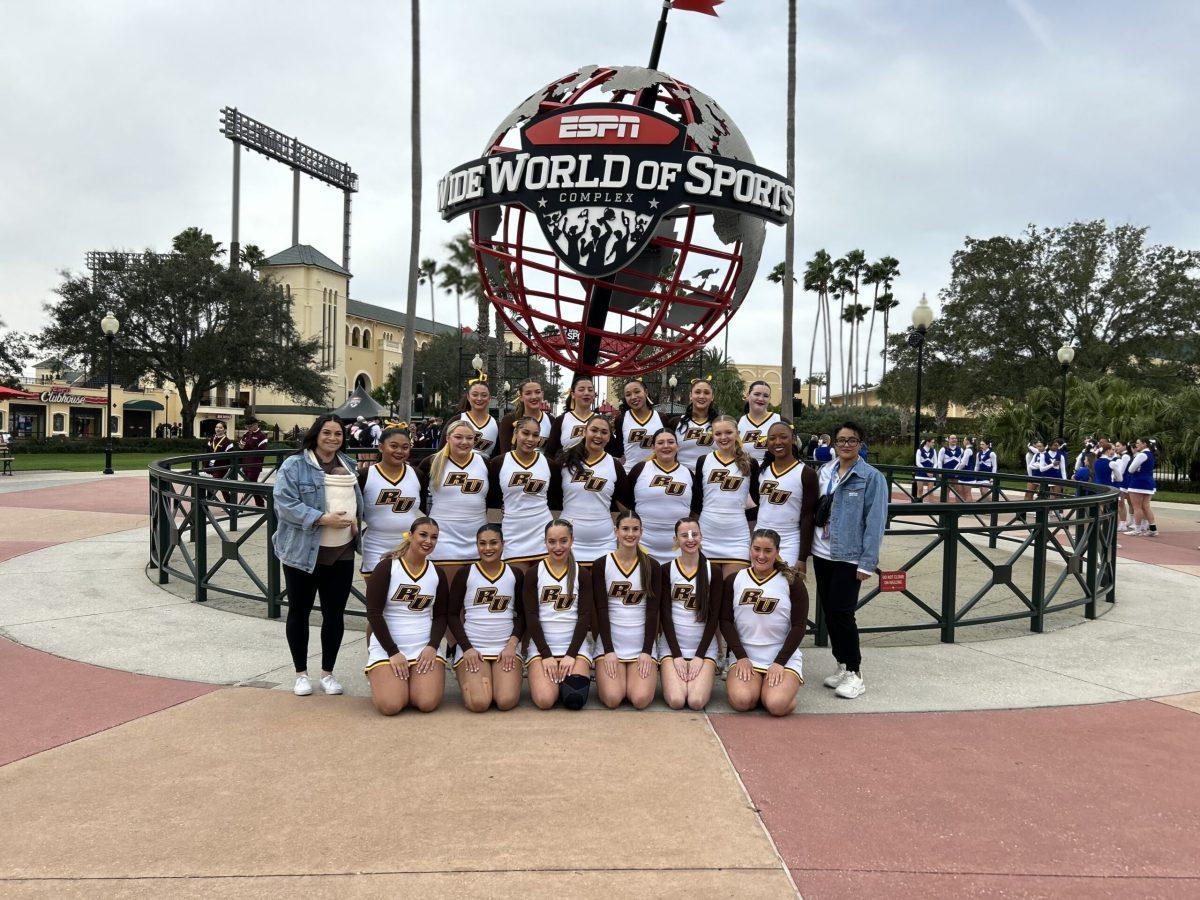
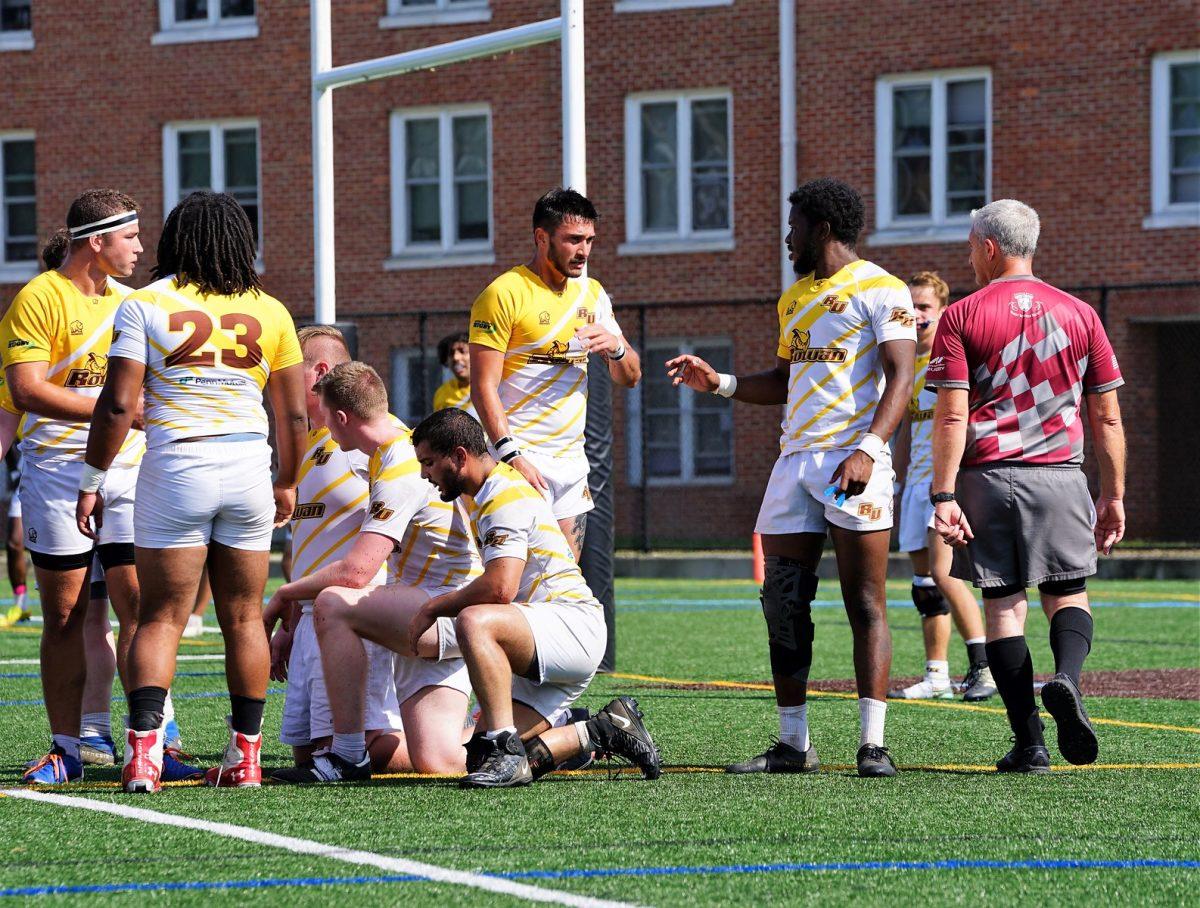
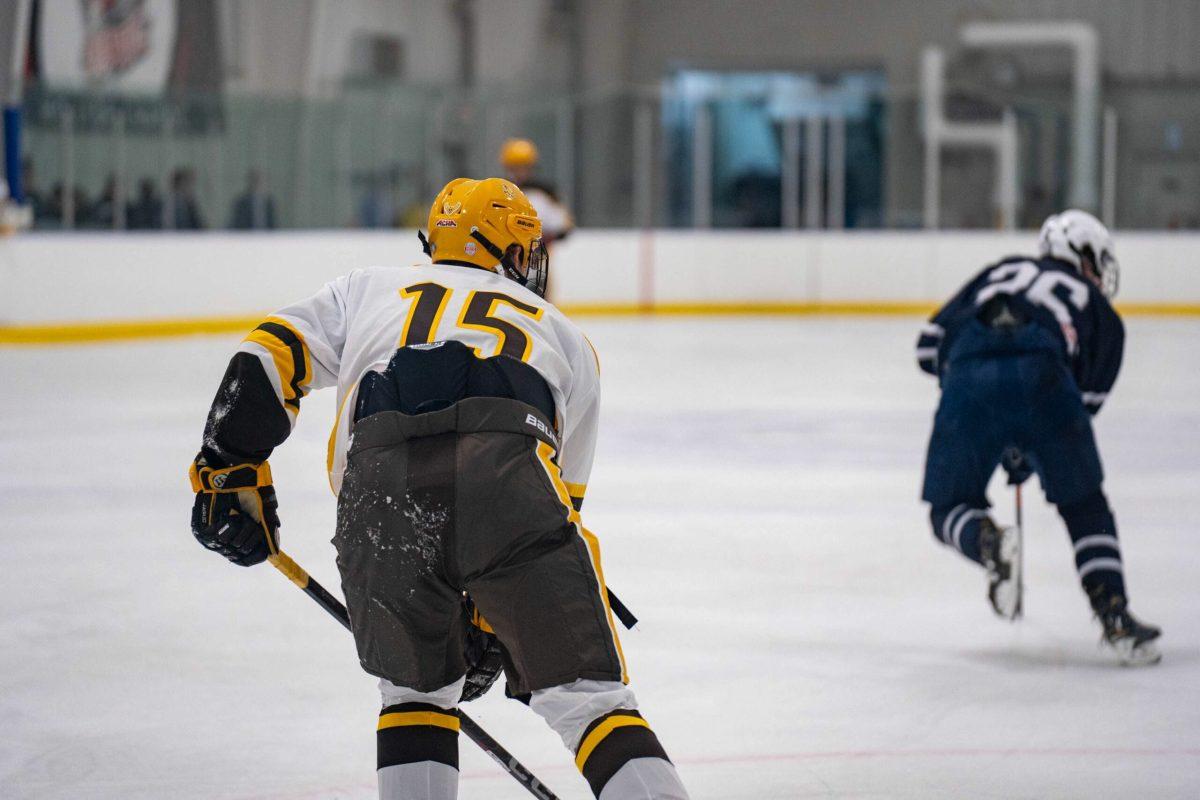





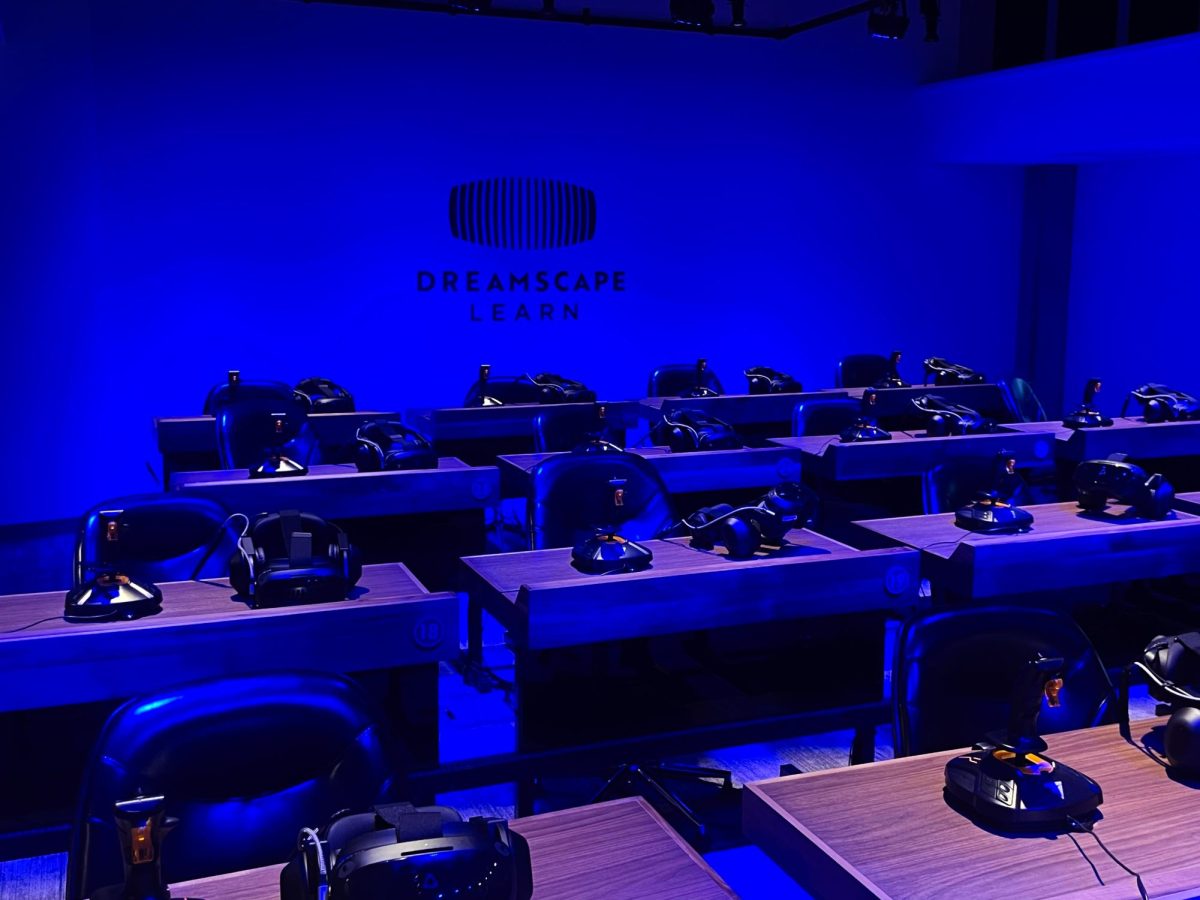
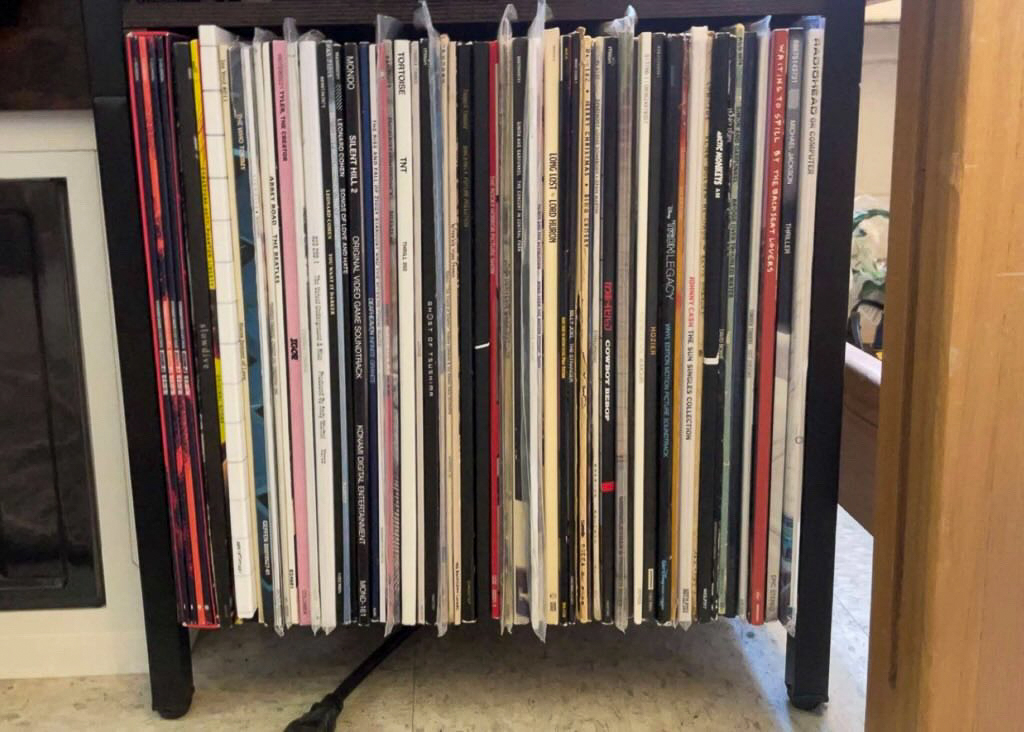

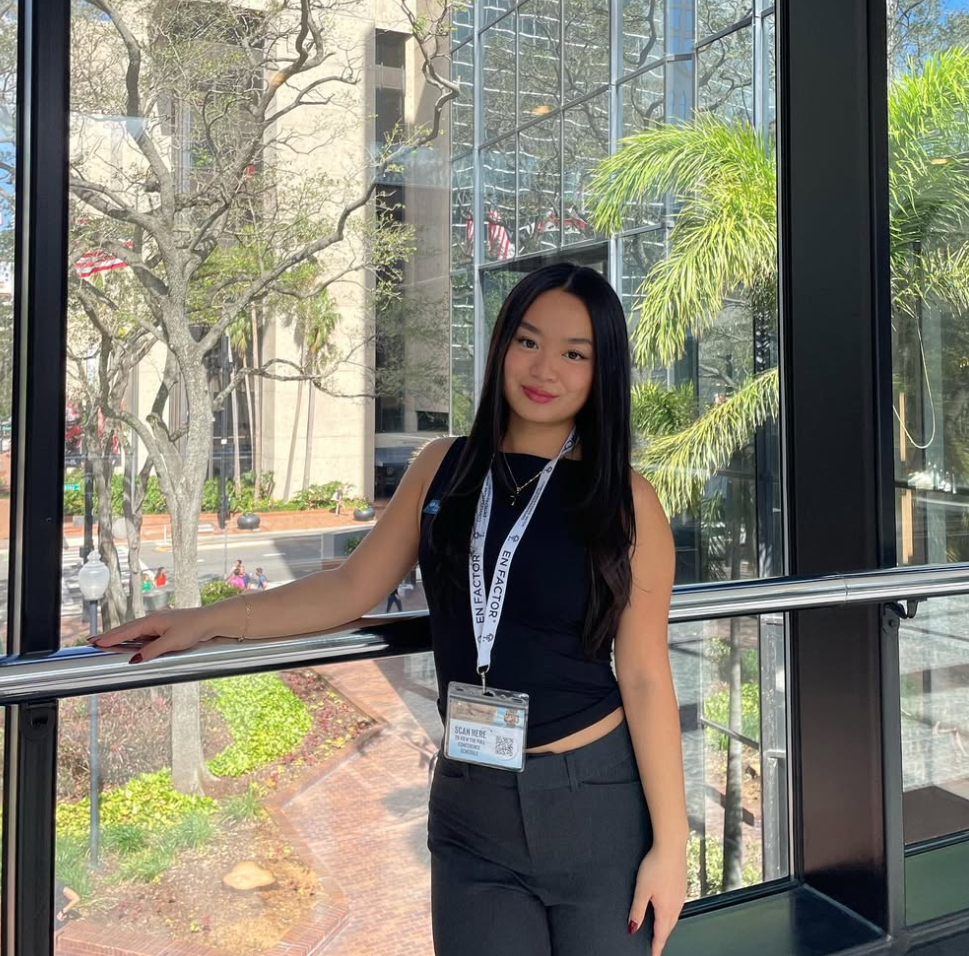
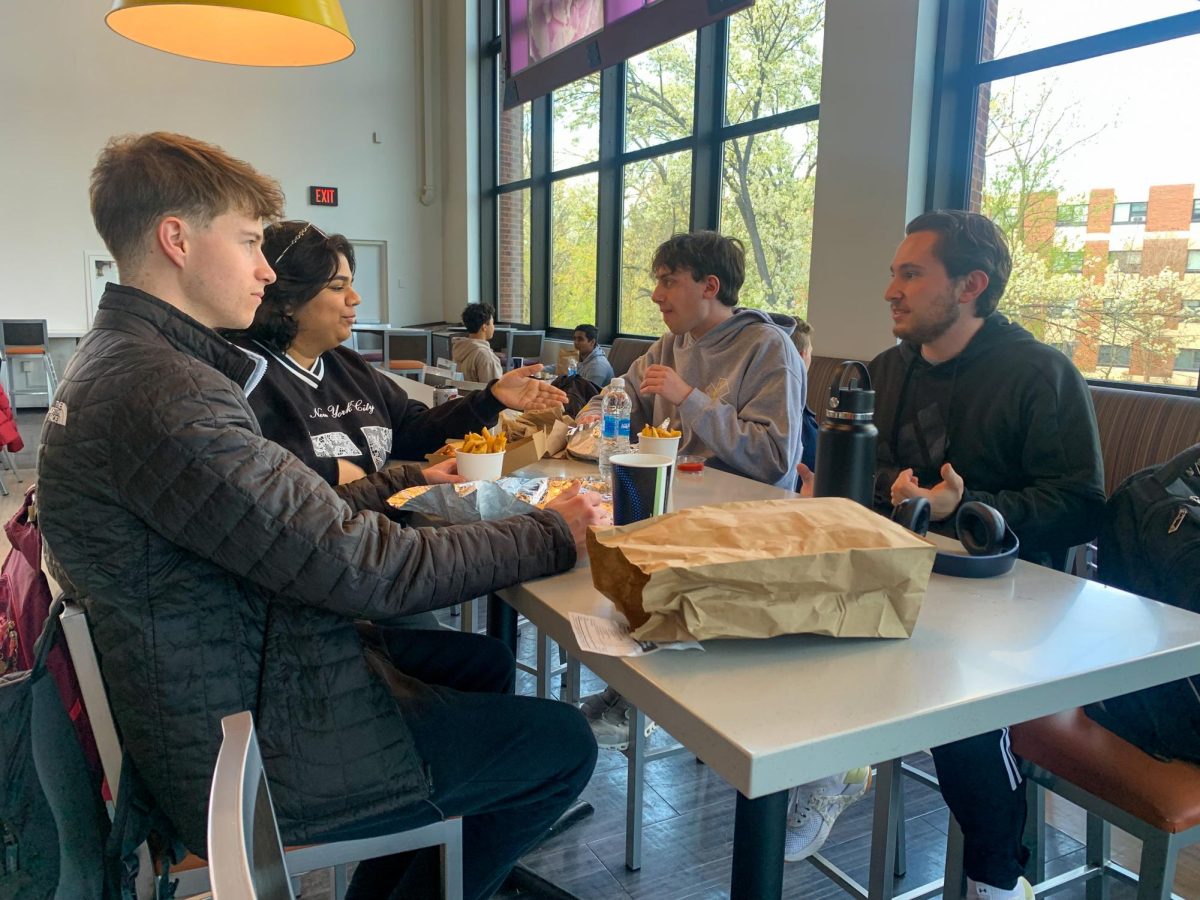
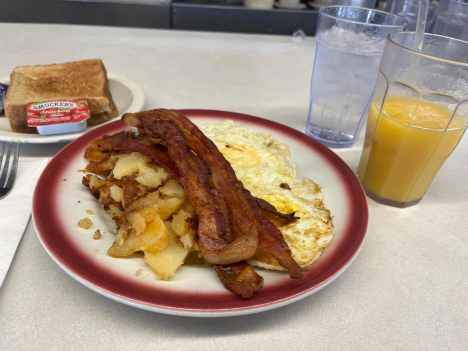
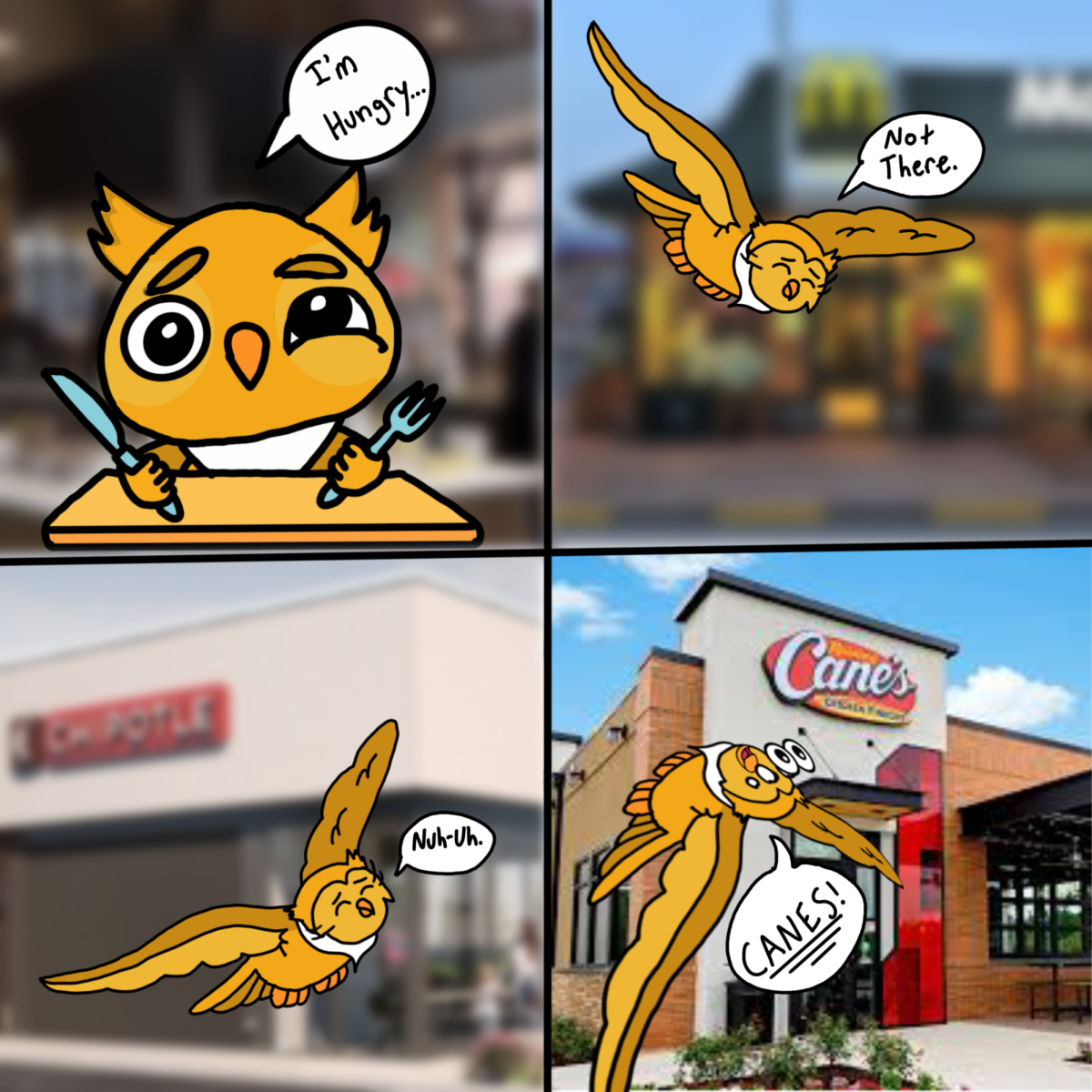
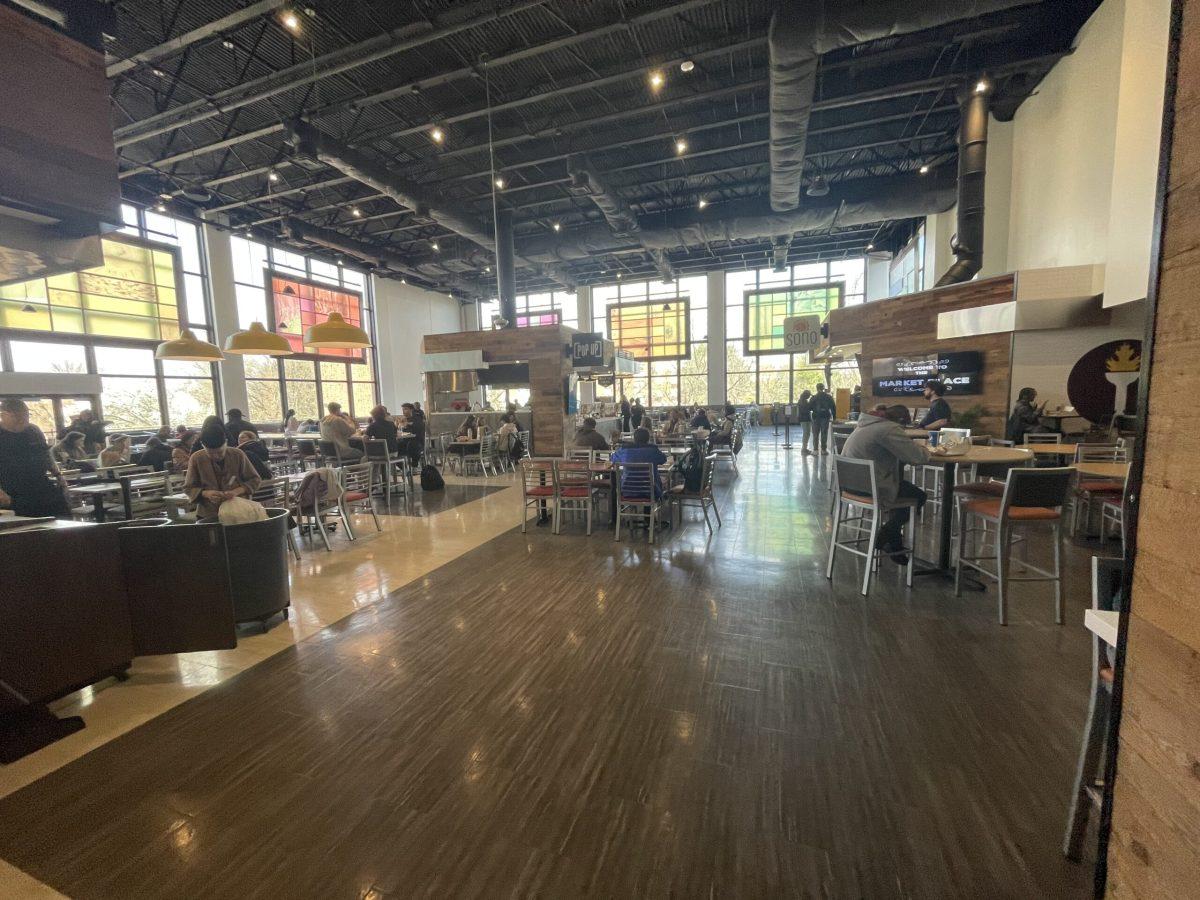
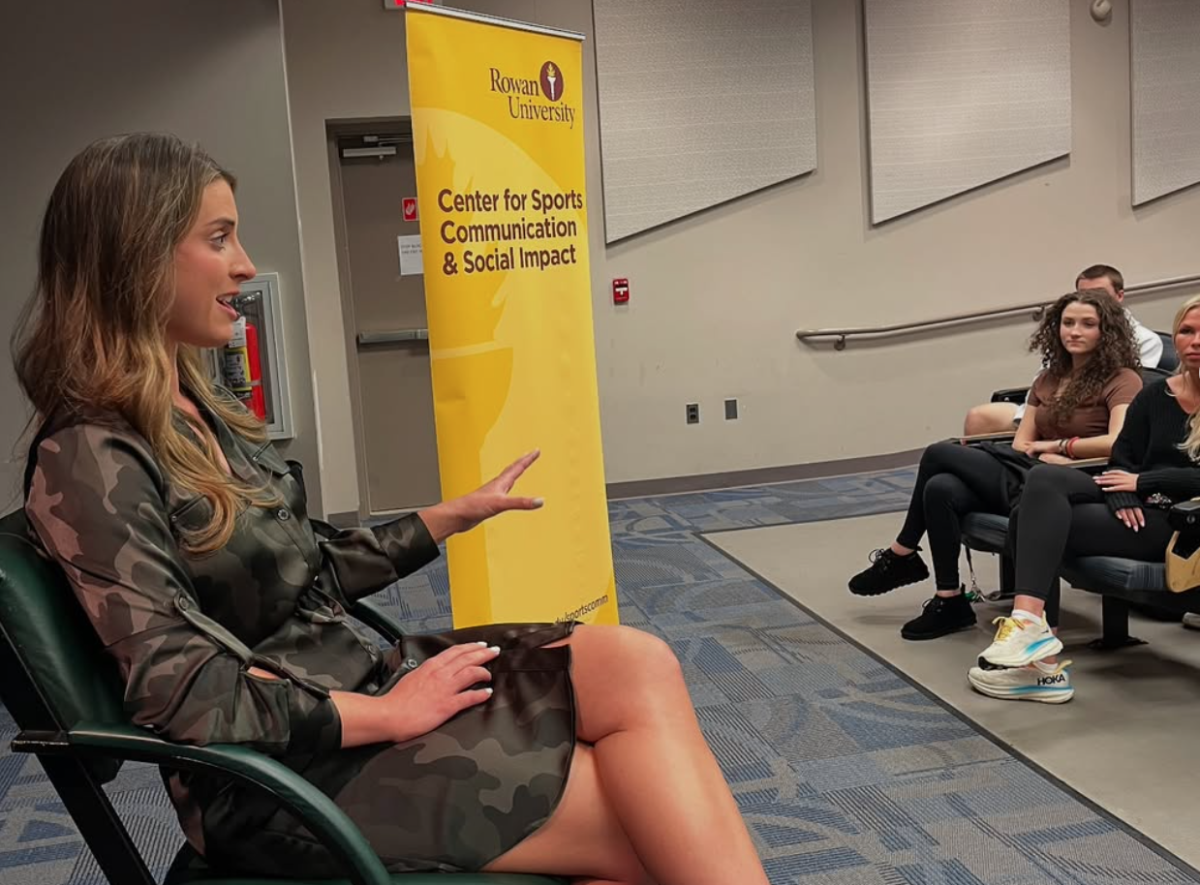
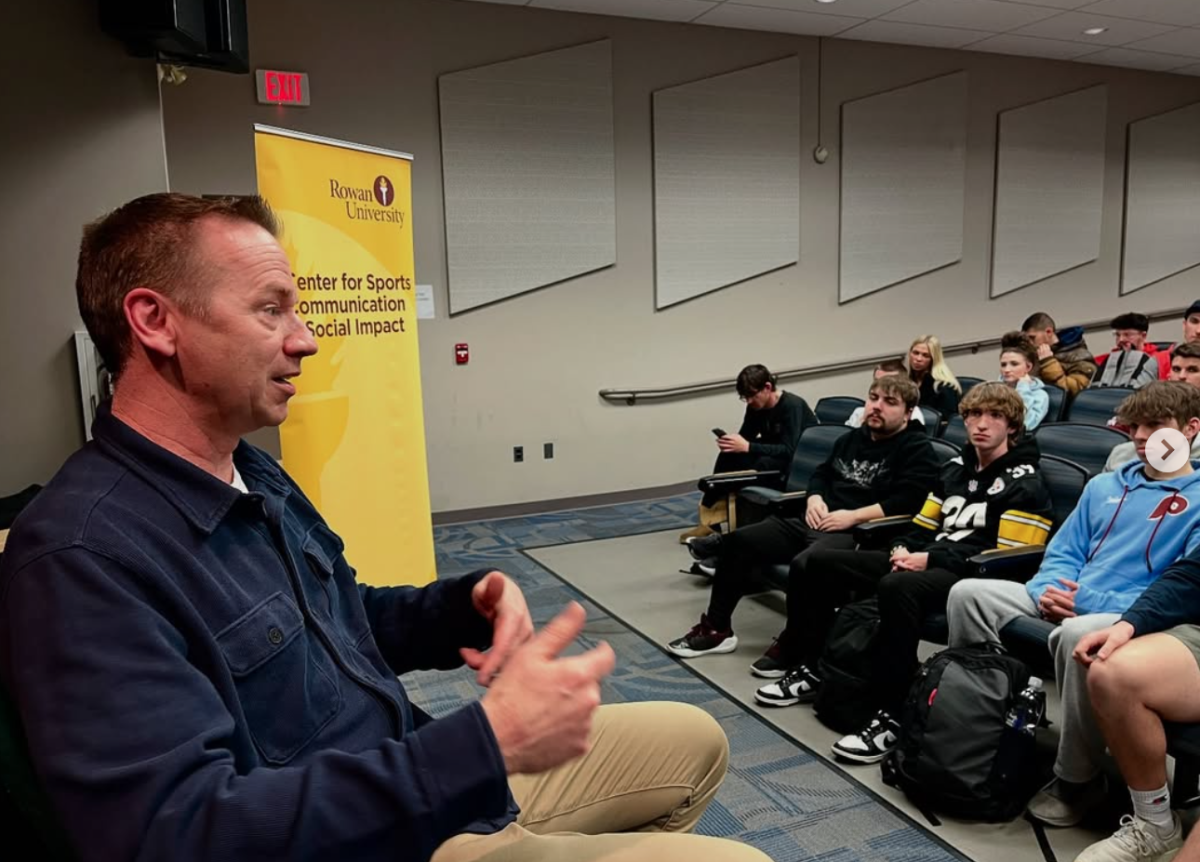
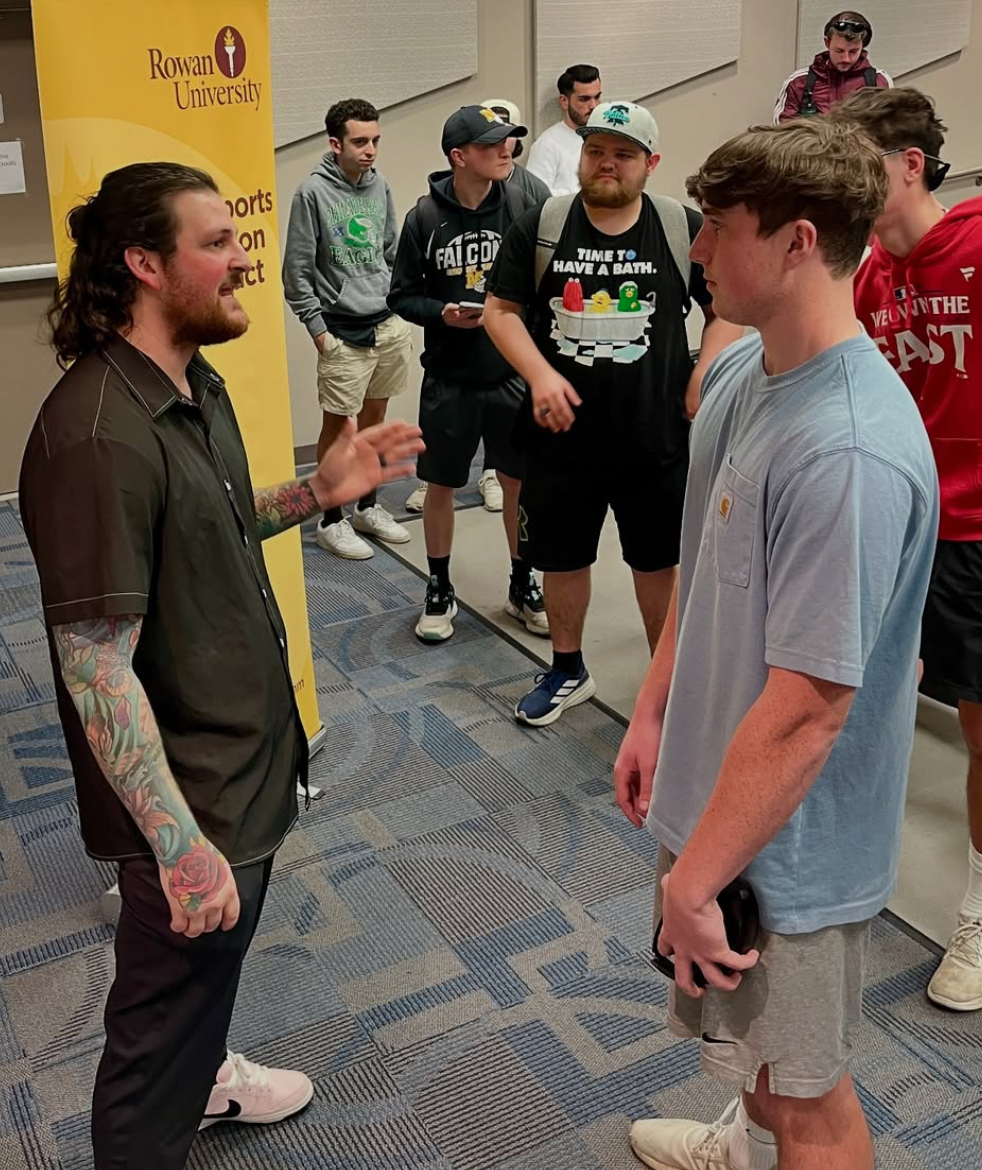
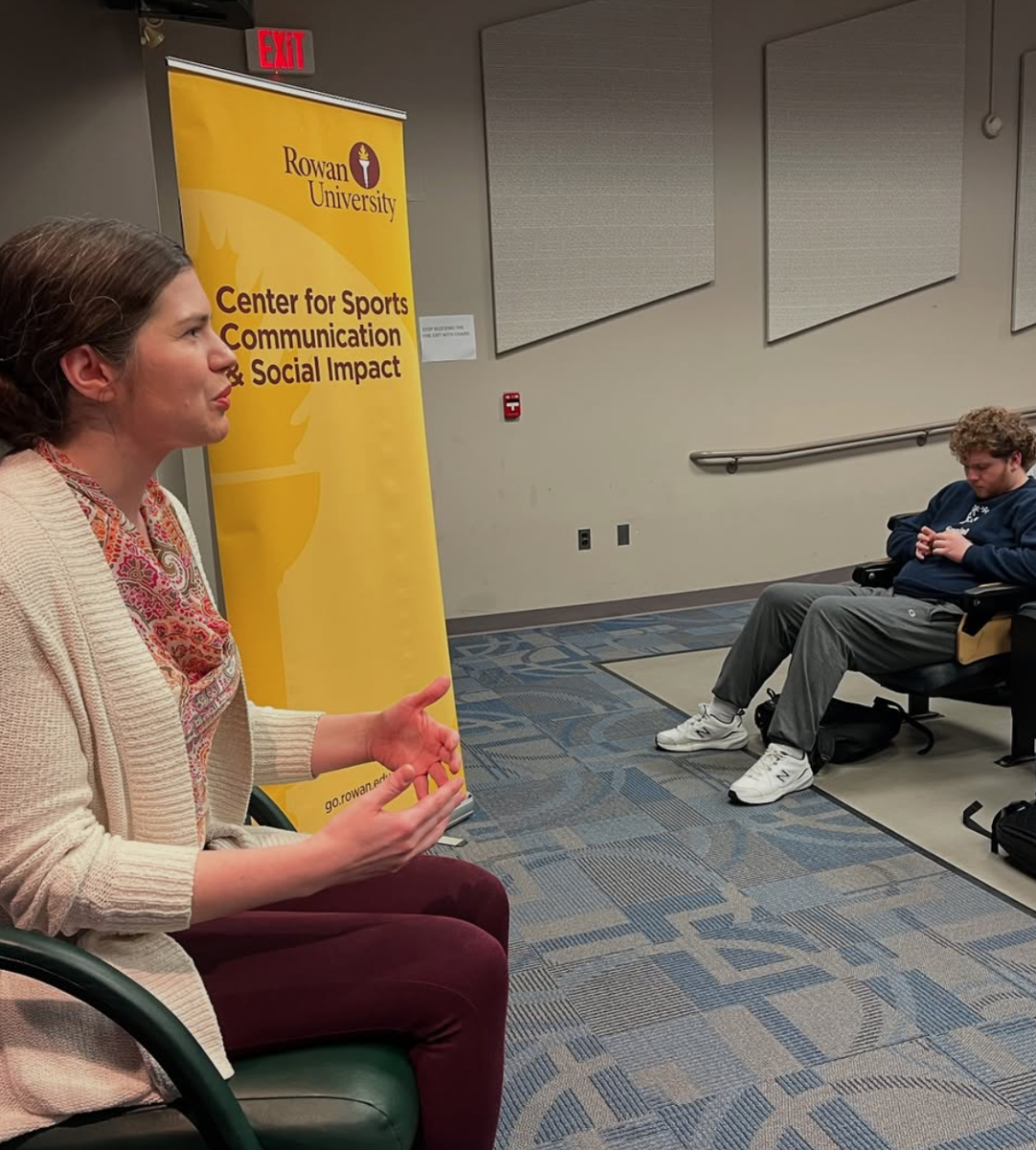
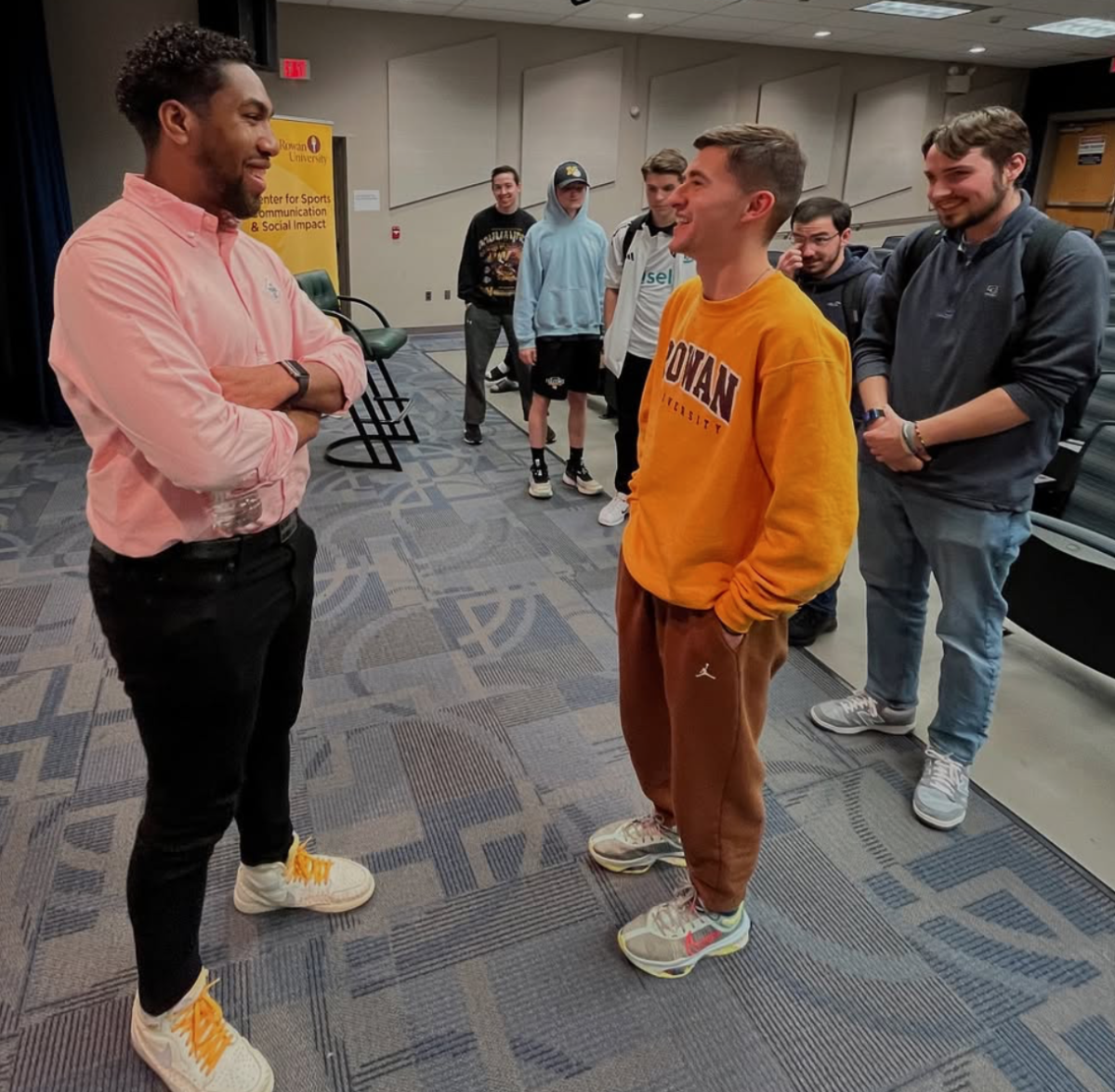
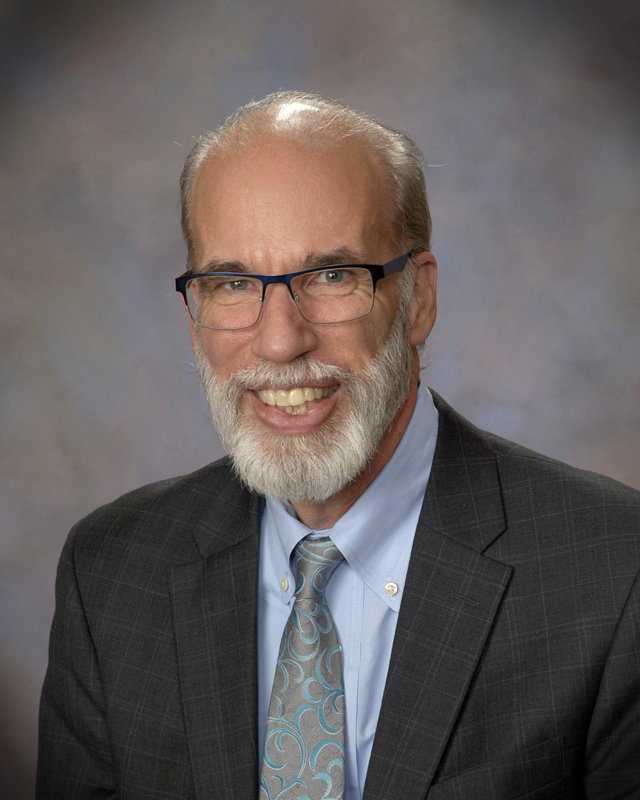
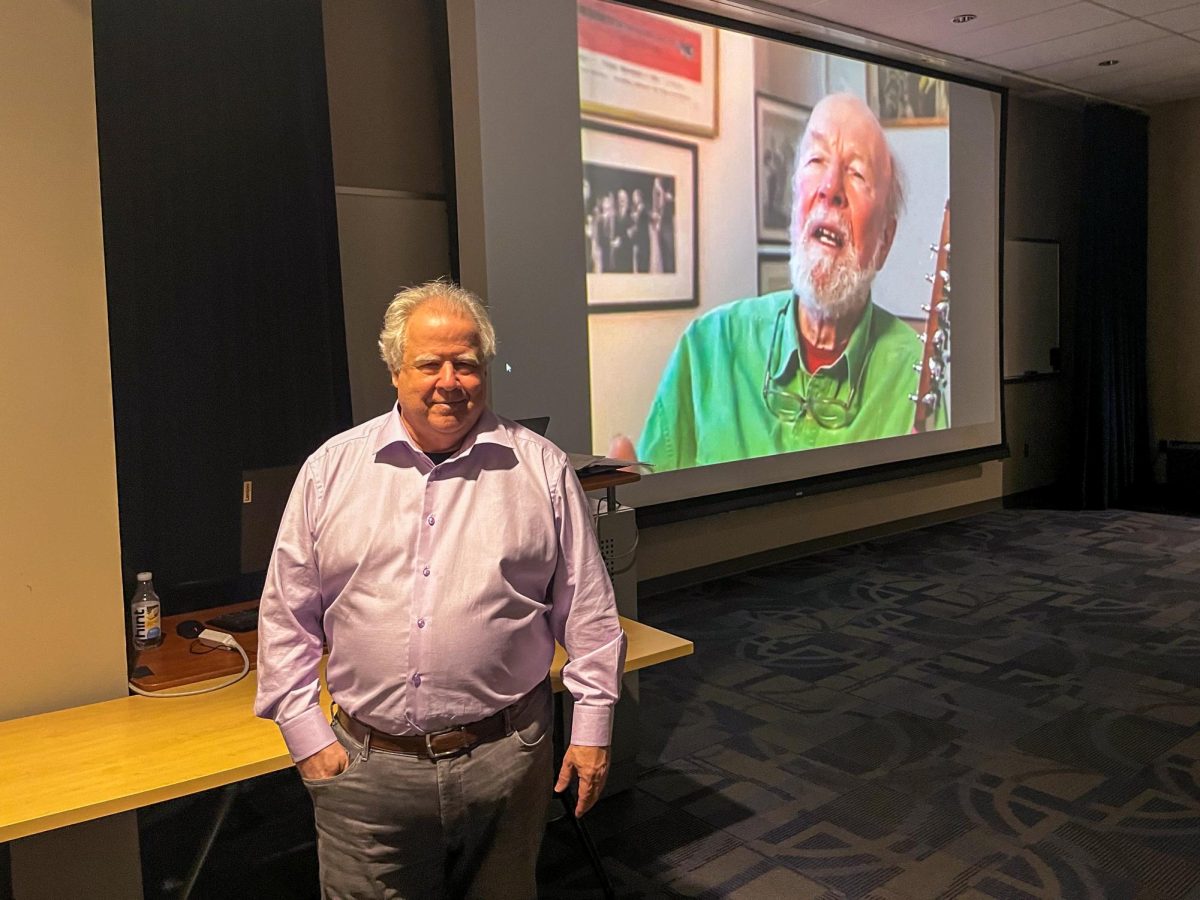



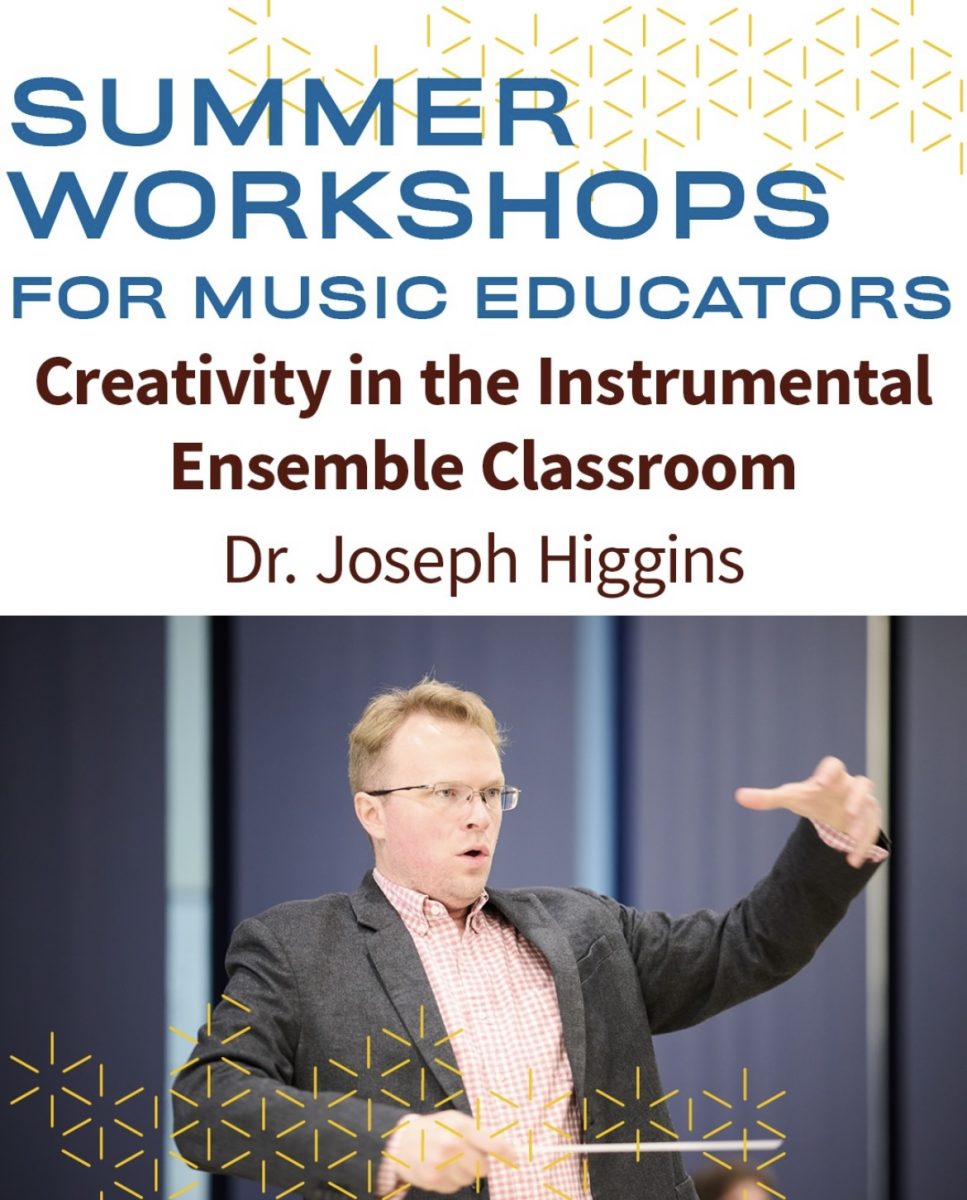
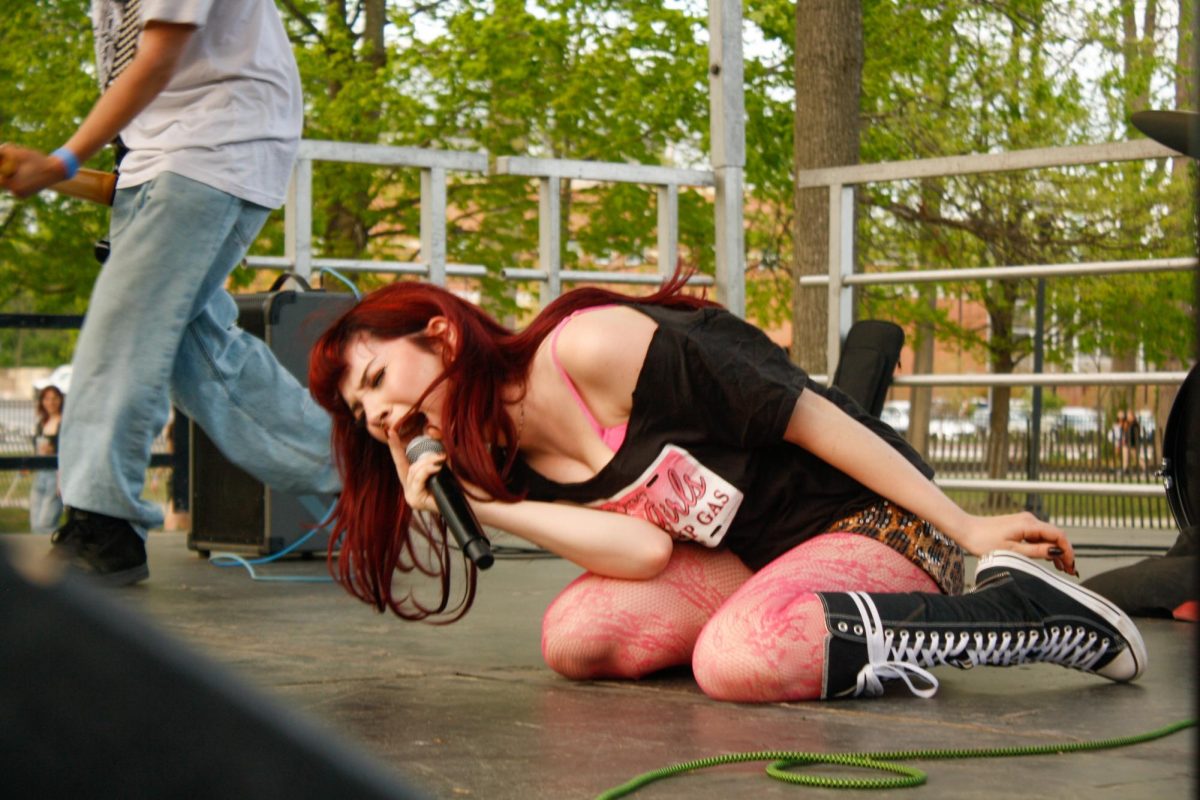
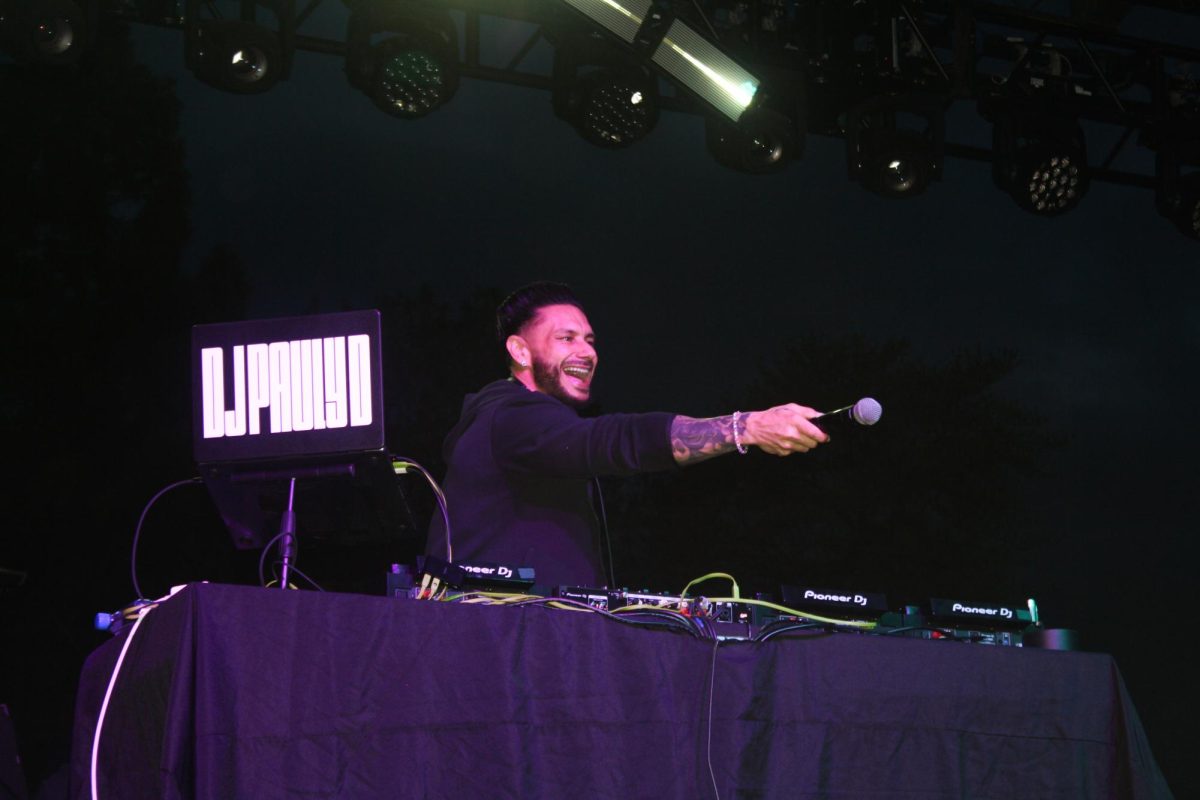
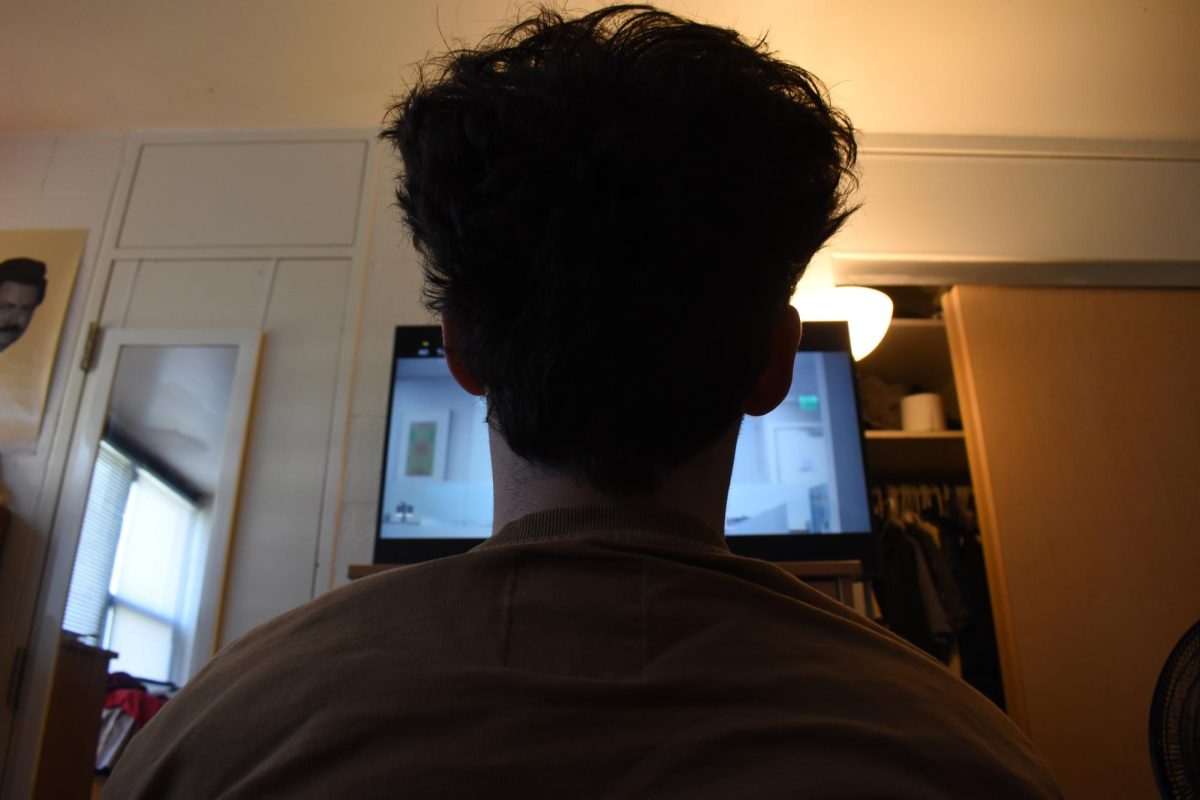

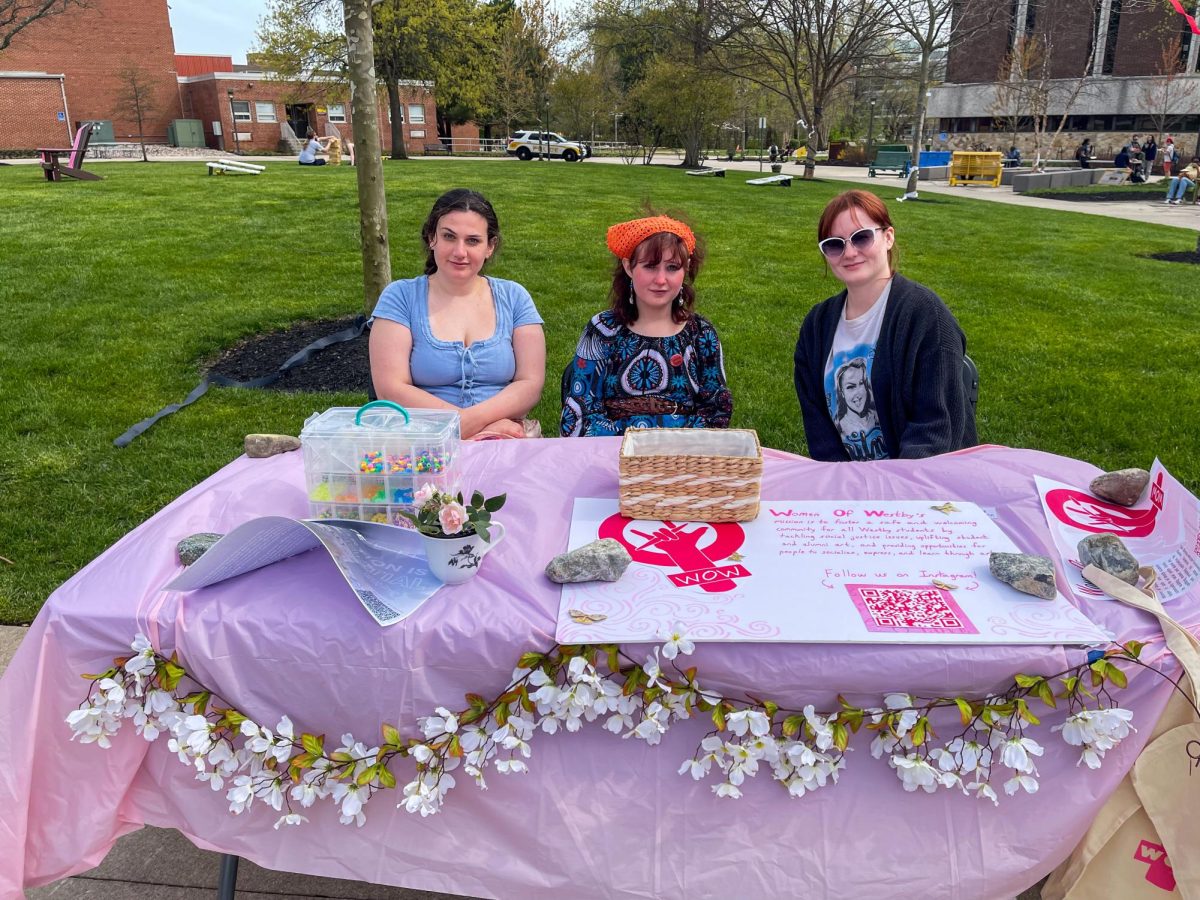
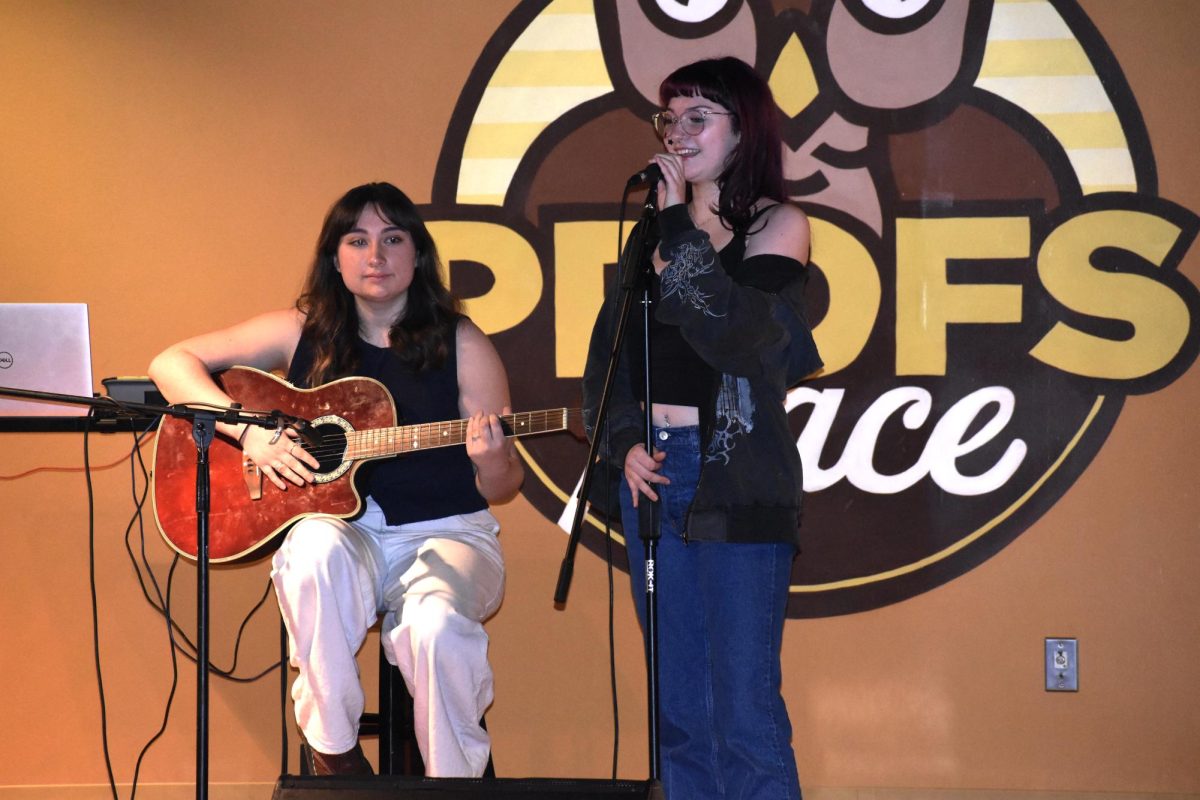
!["Working with [Dr. Lynch] is always a learning experience for me. She is a treasure,” said Thomas. - Staff Writer / Kacie Scibilia](https://thewhitonline.com/wp-content/uploads/2025/04/choir-1-1200x694.jpg)
